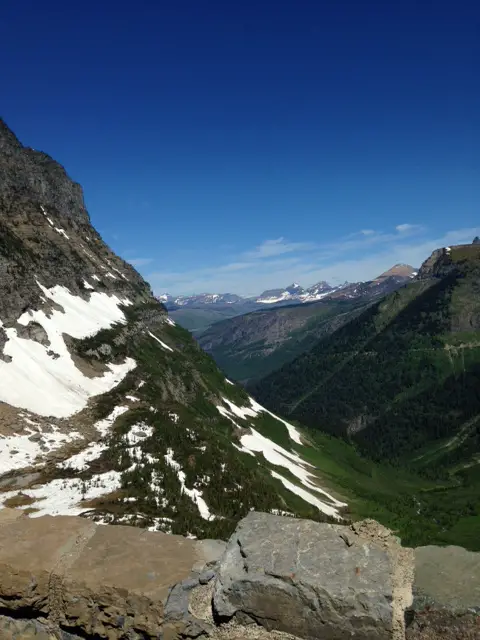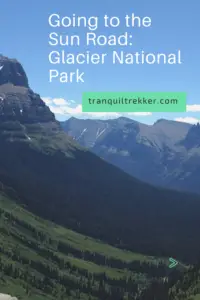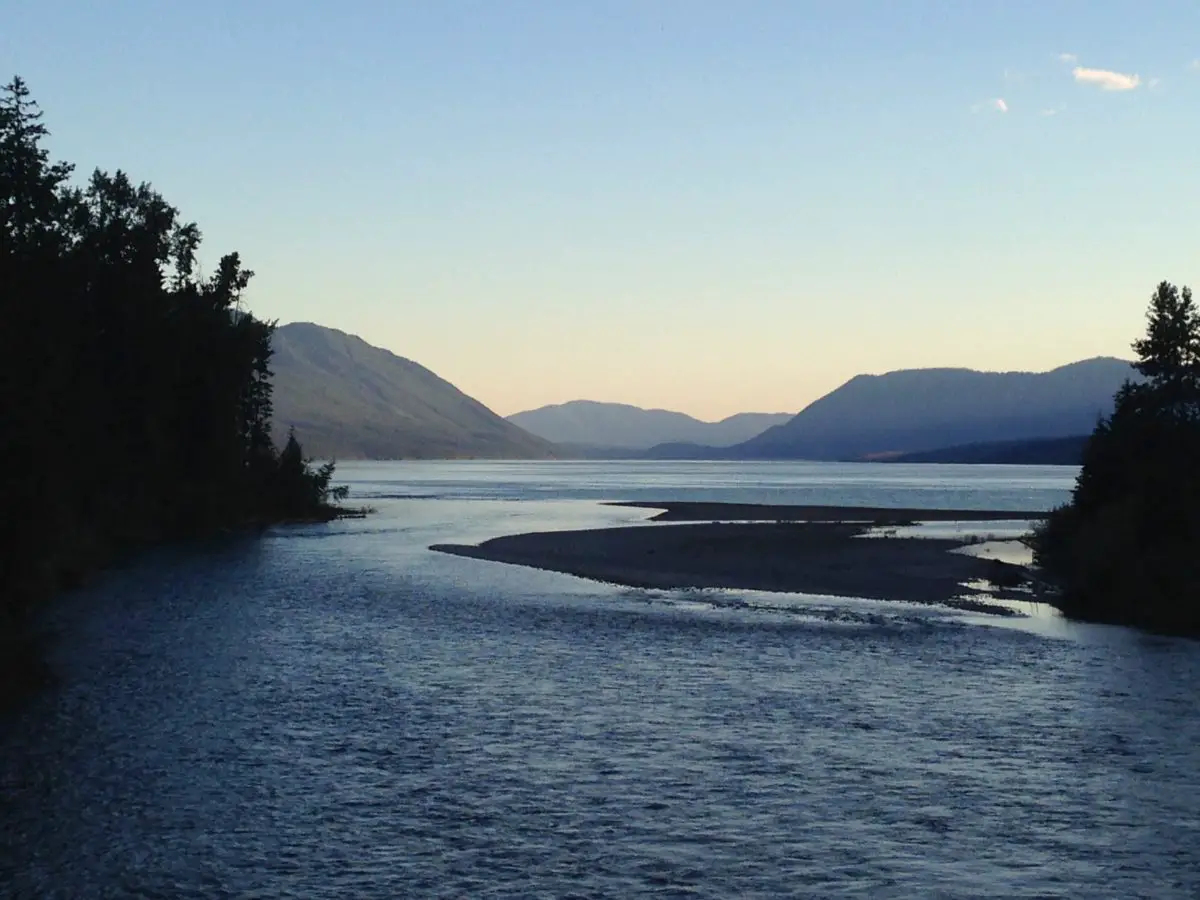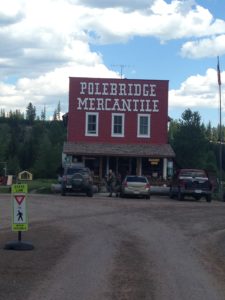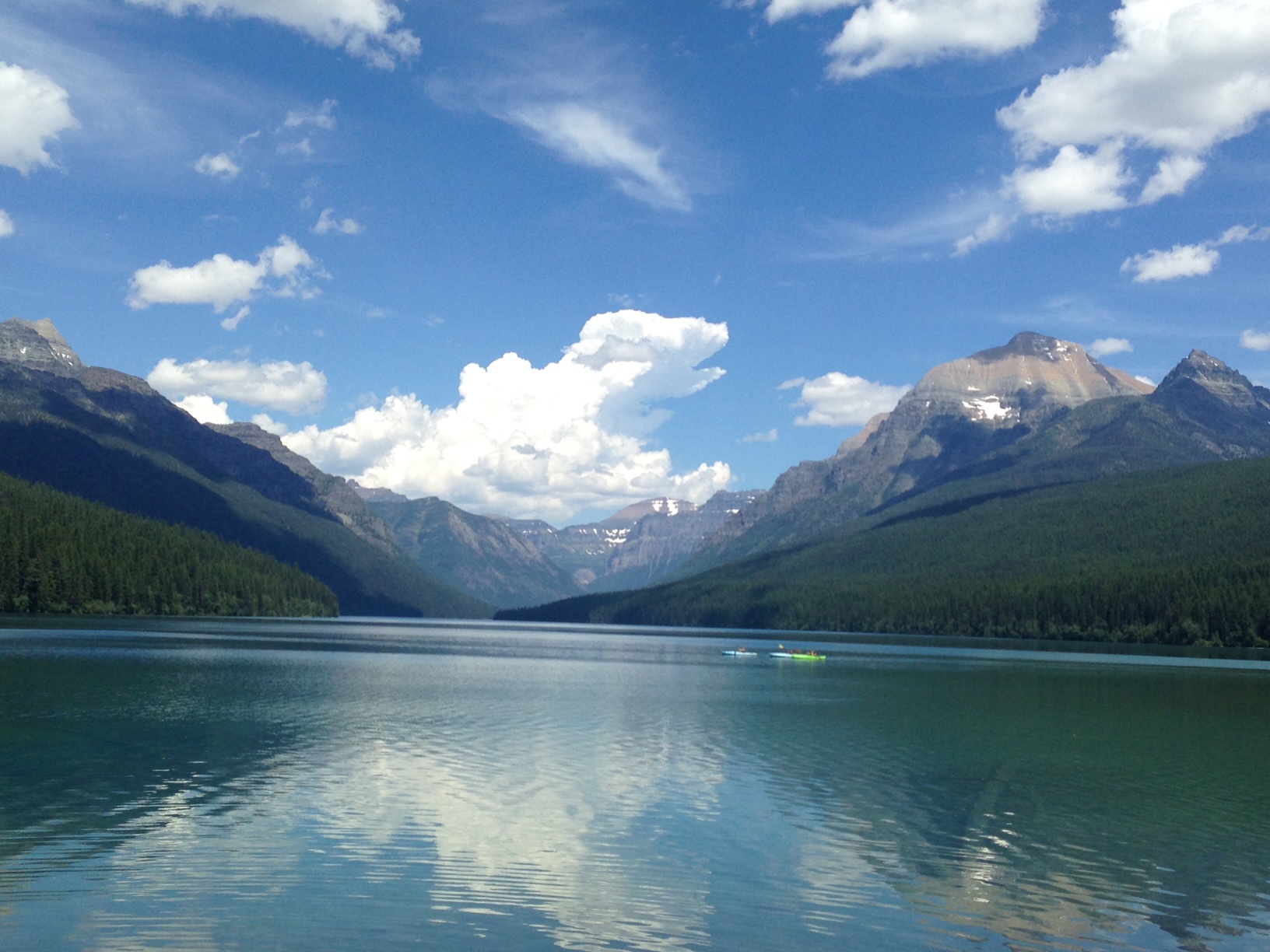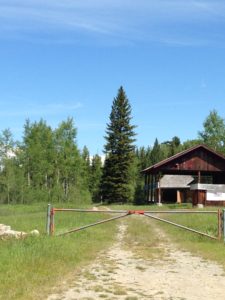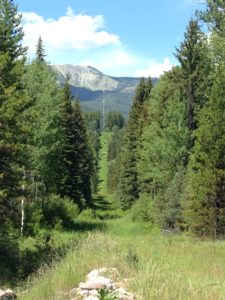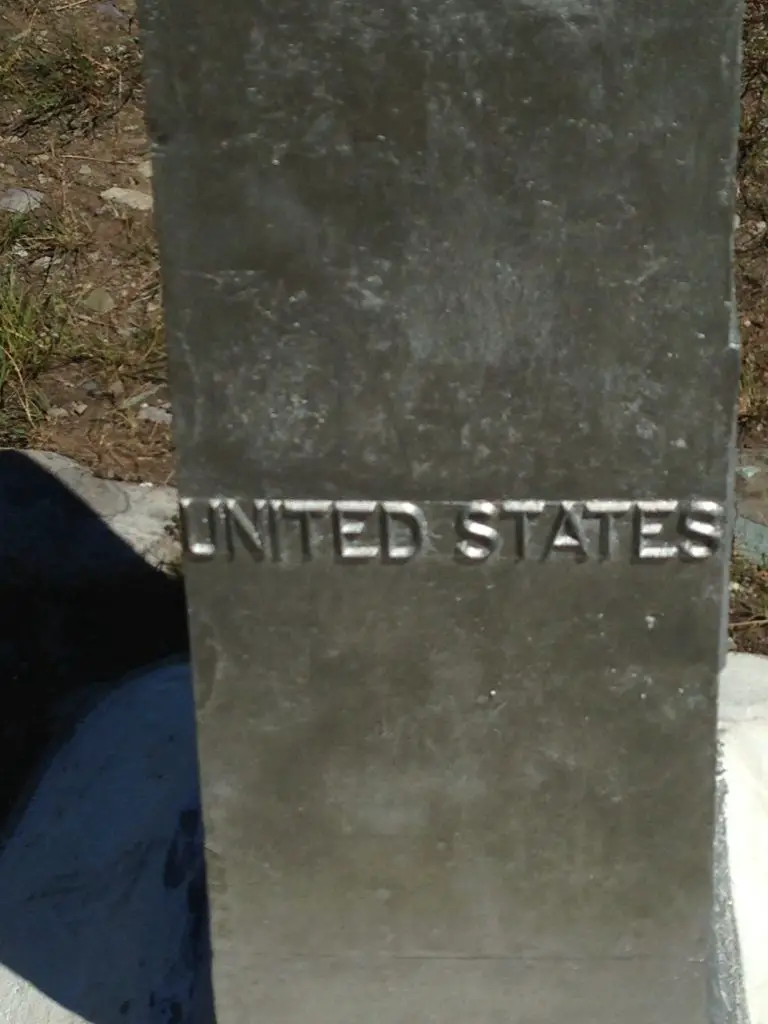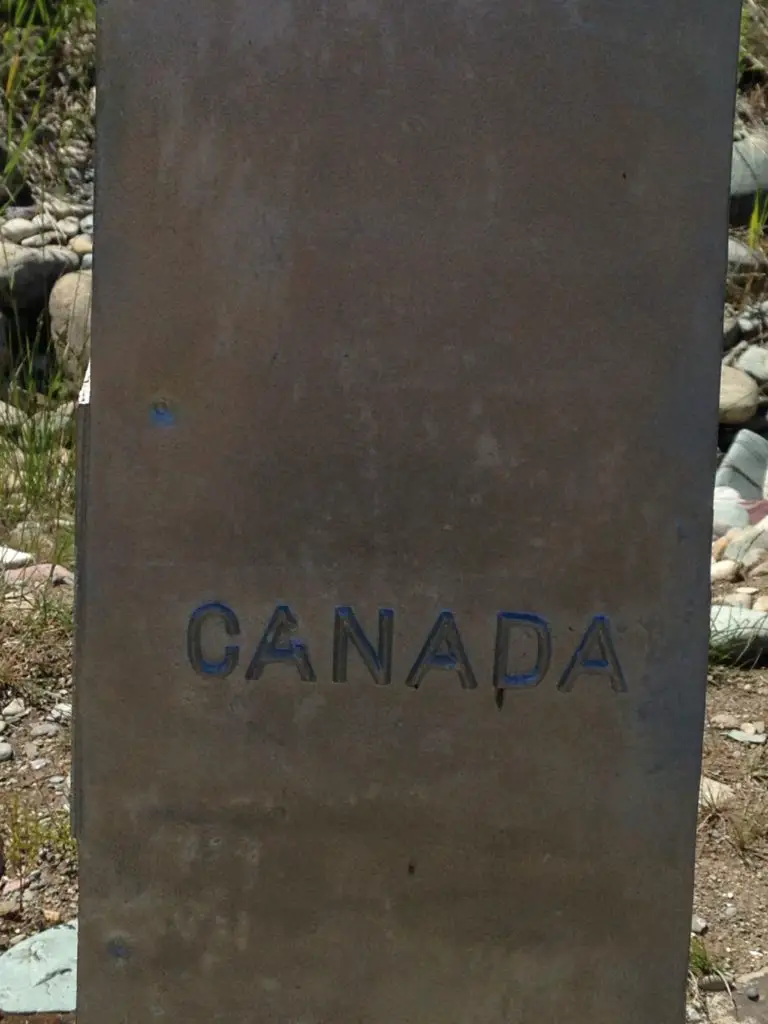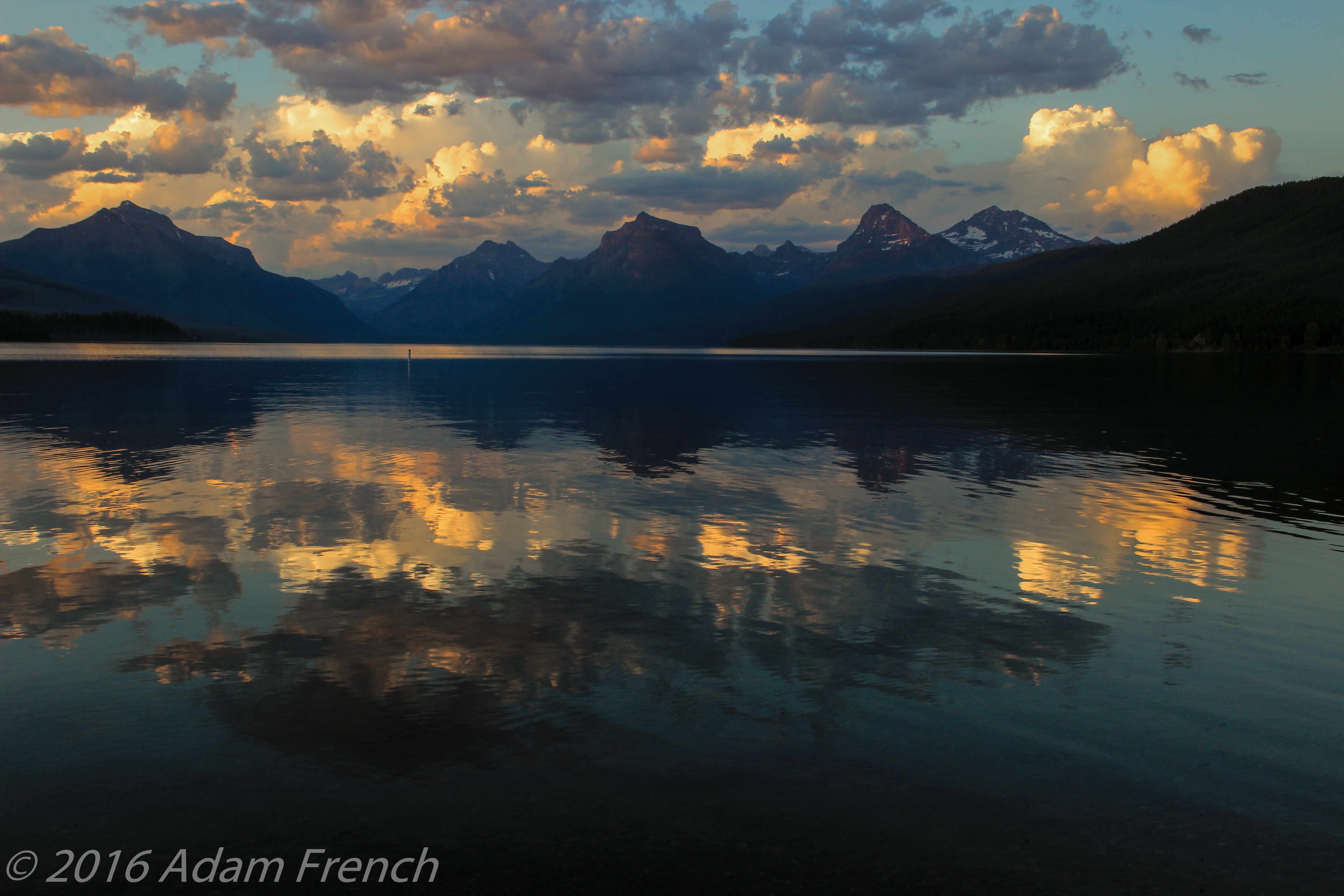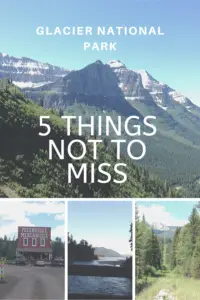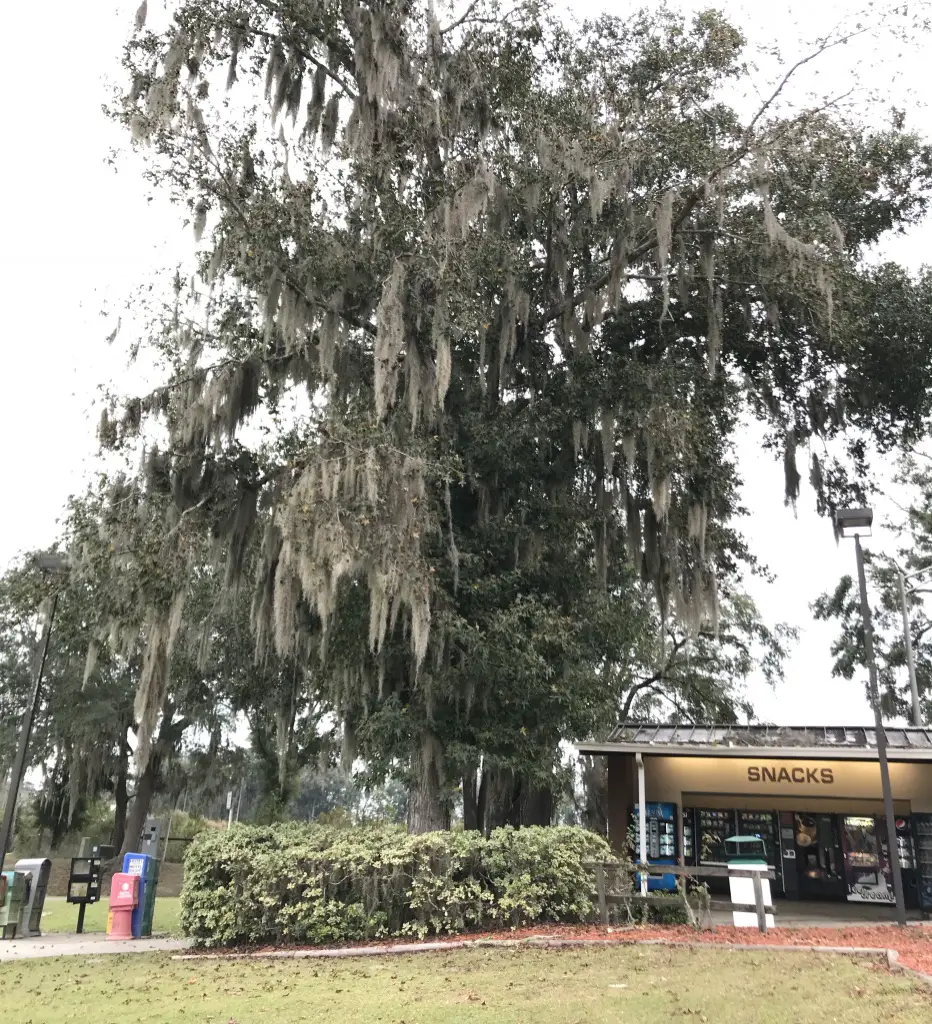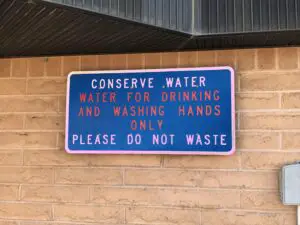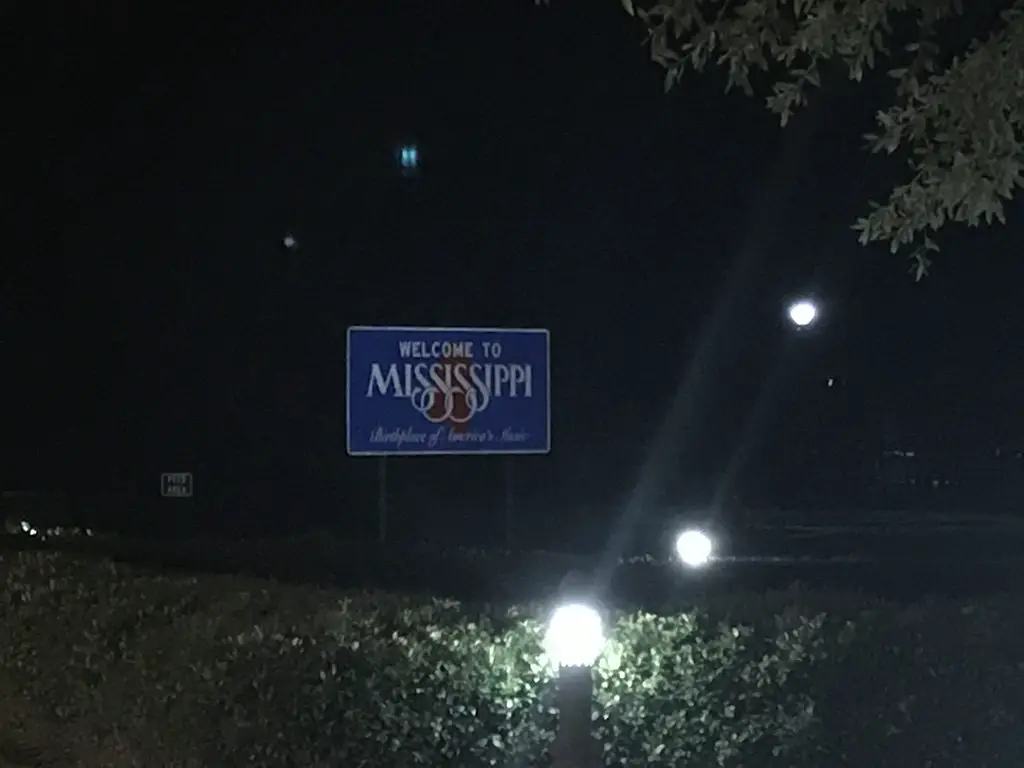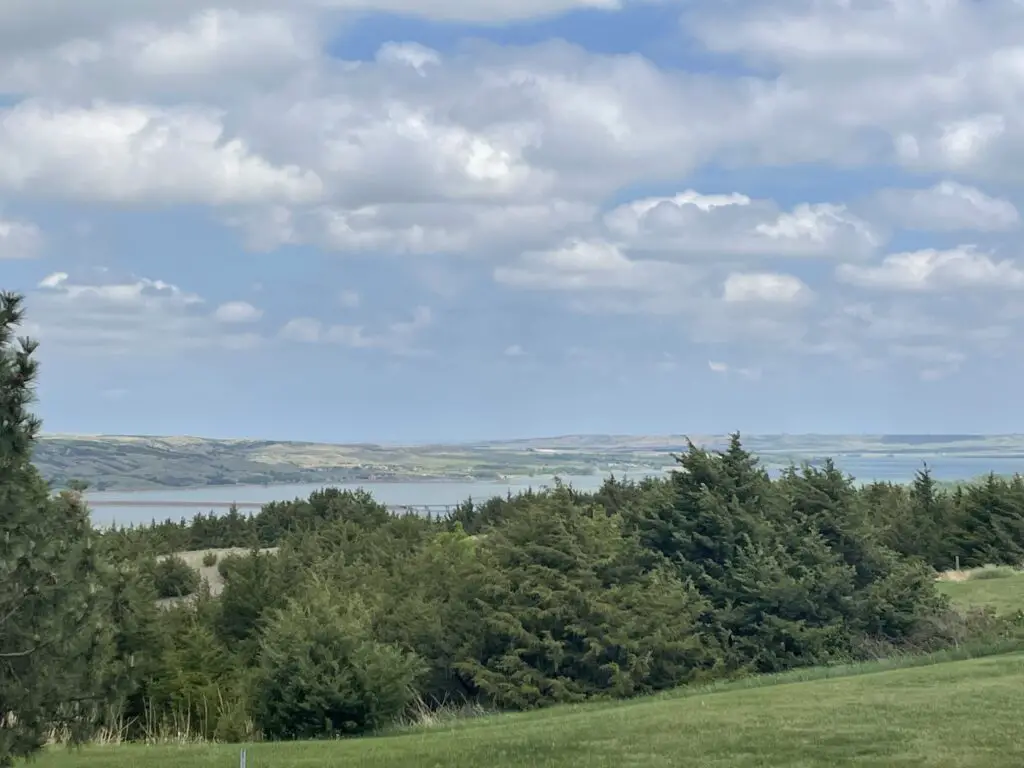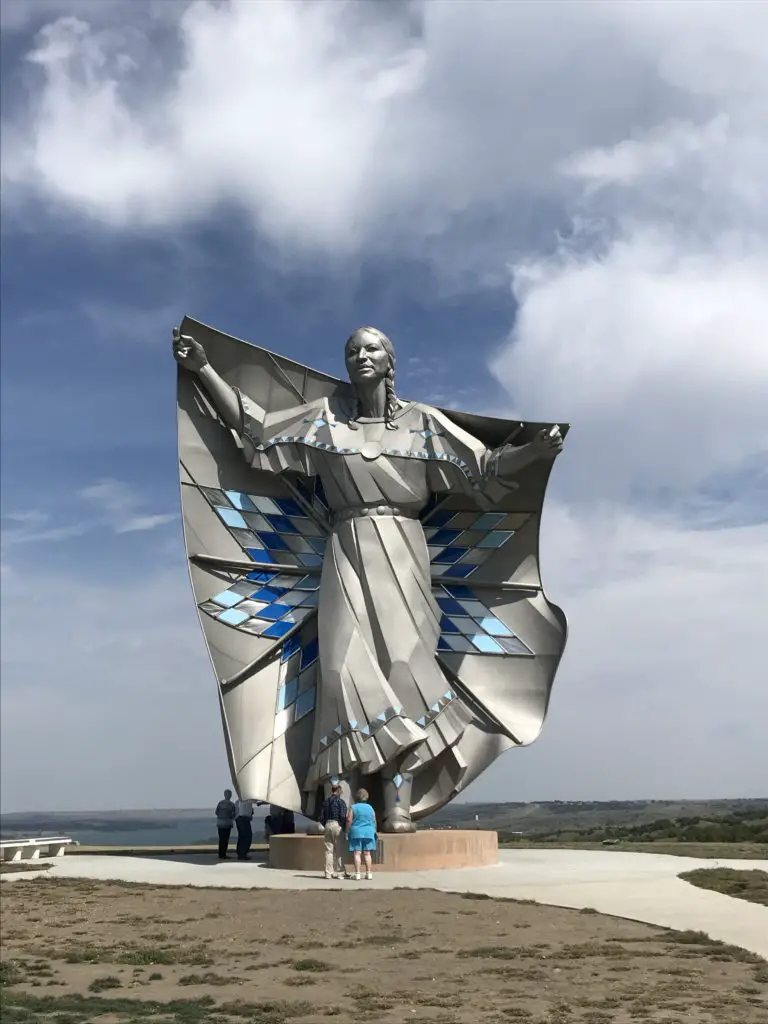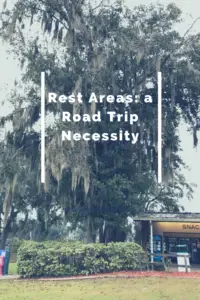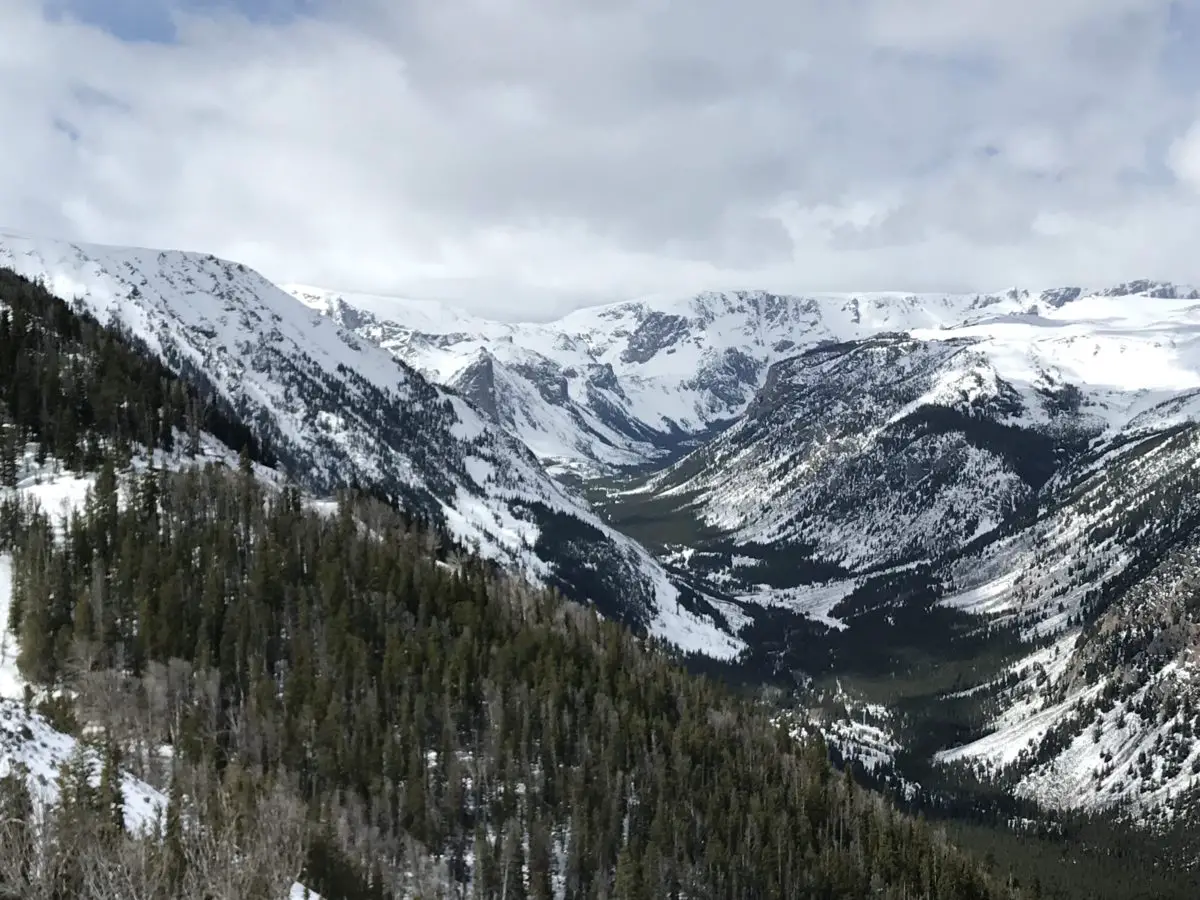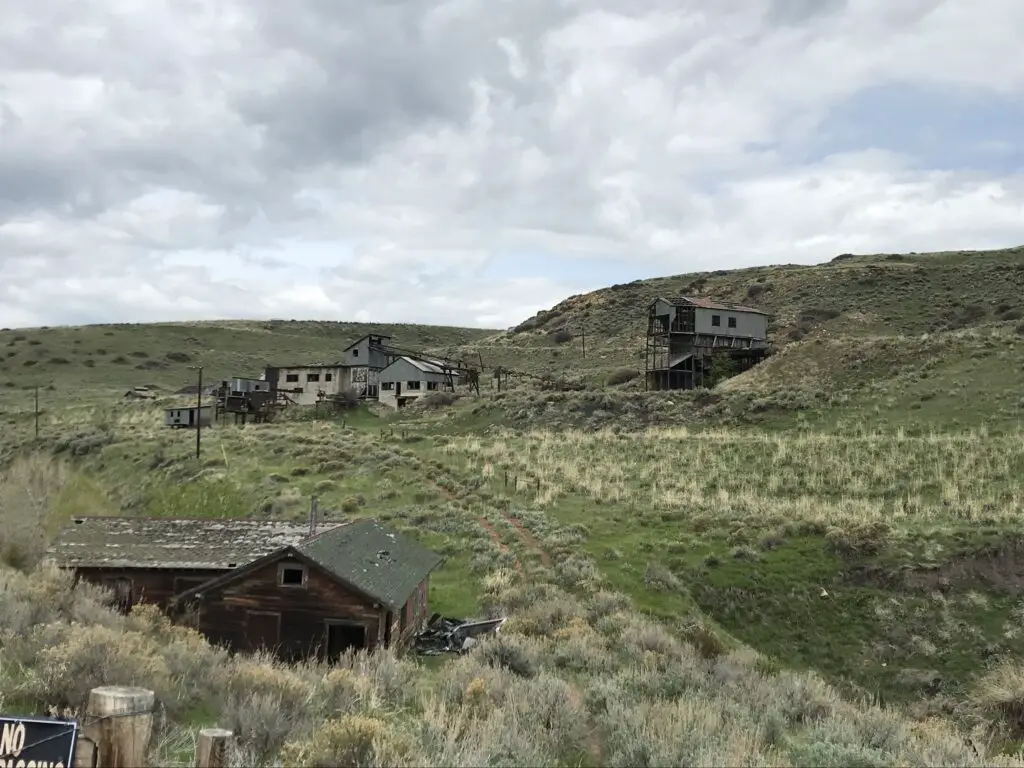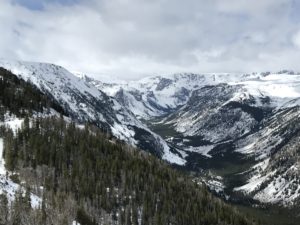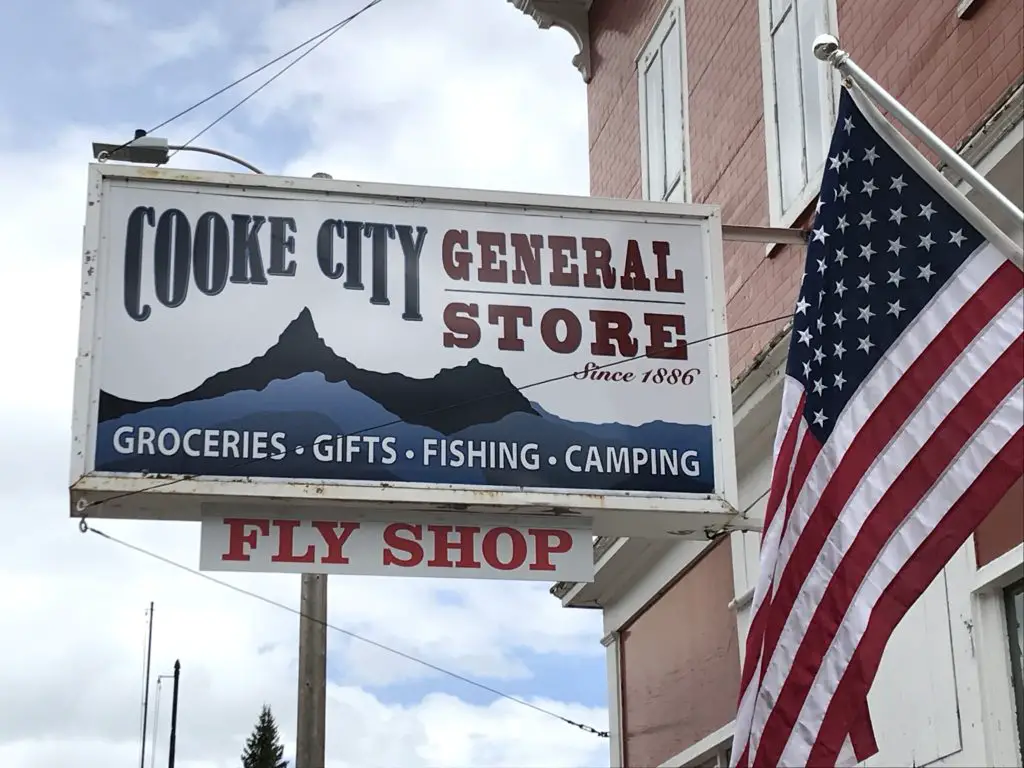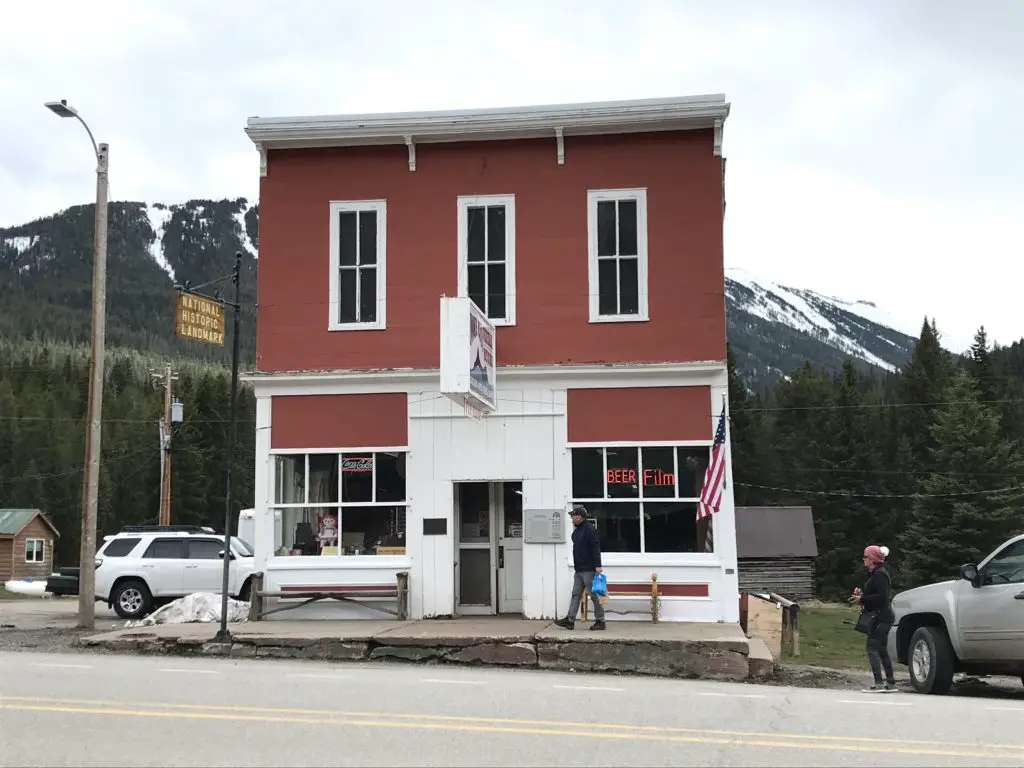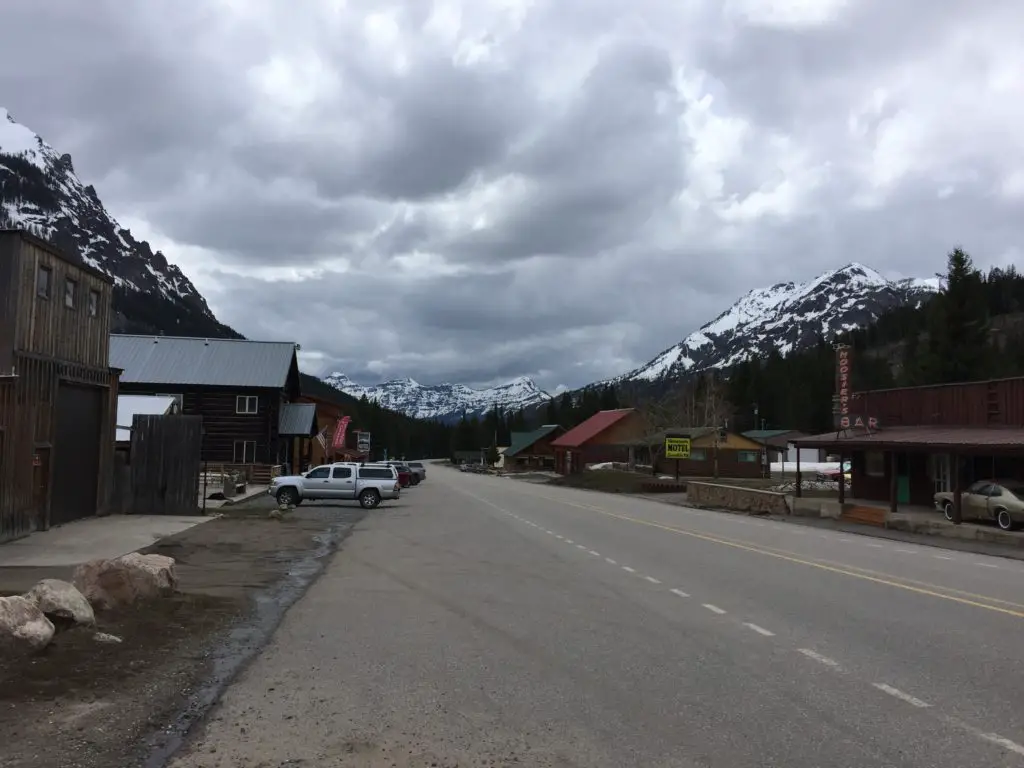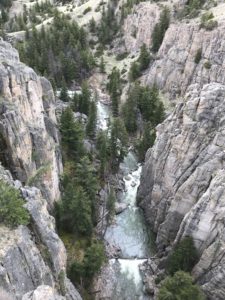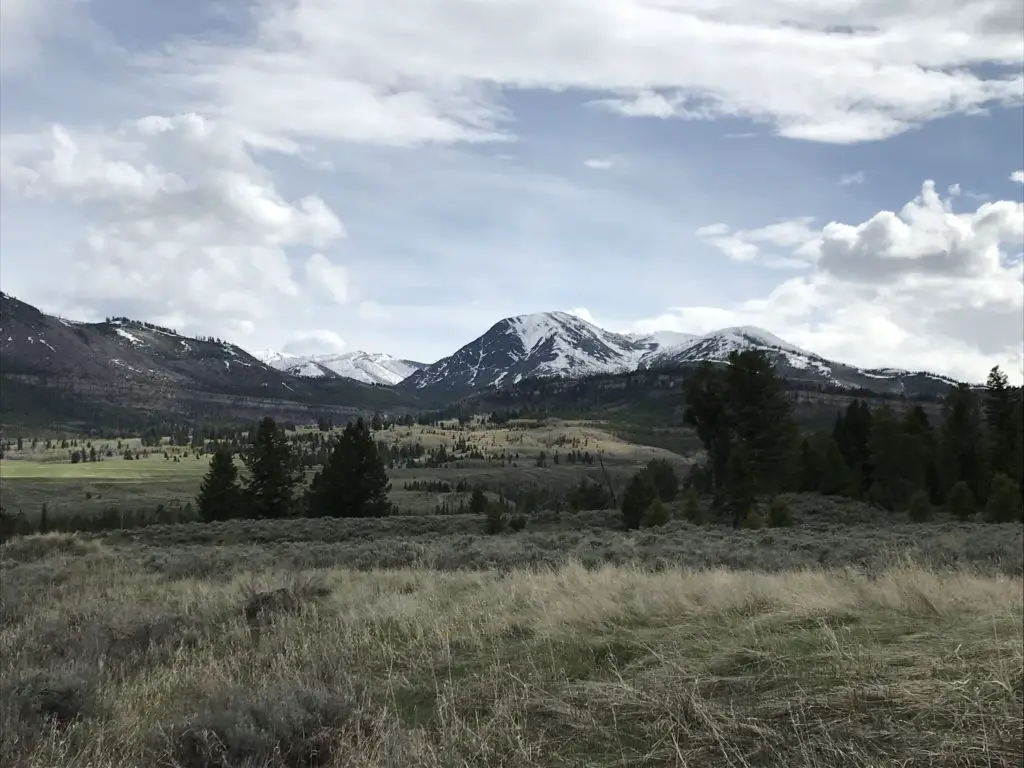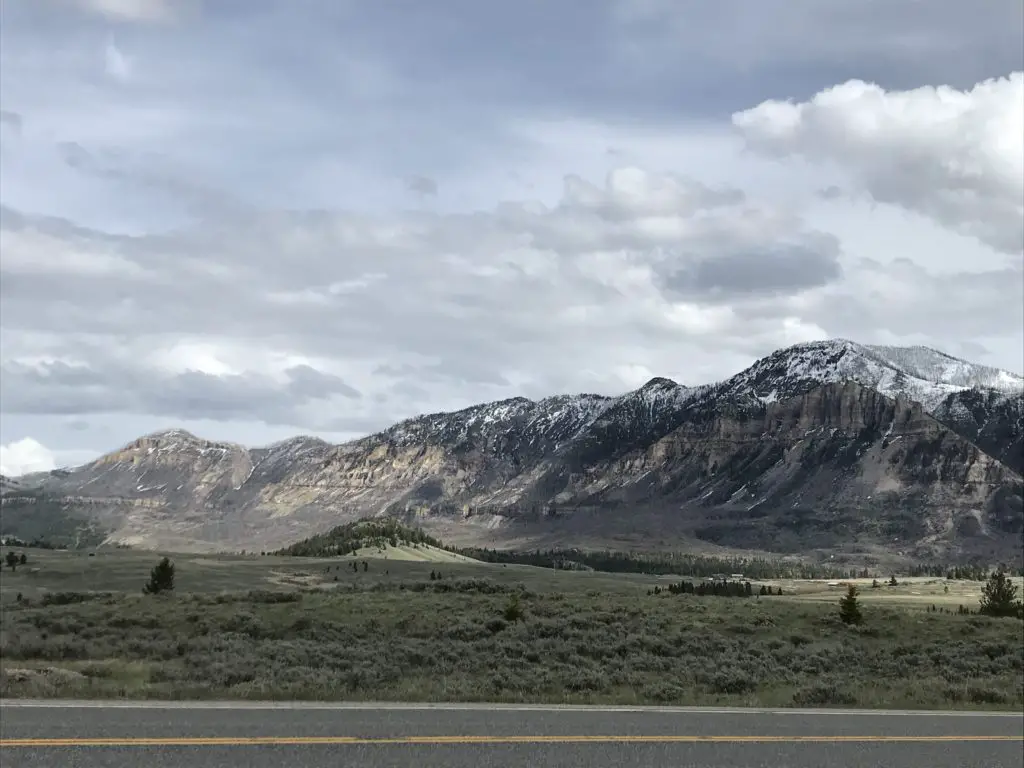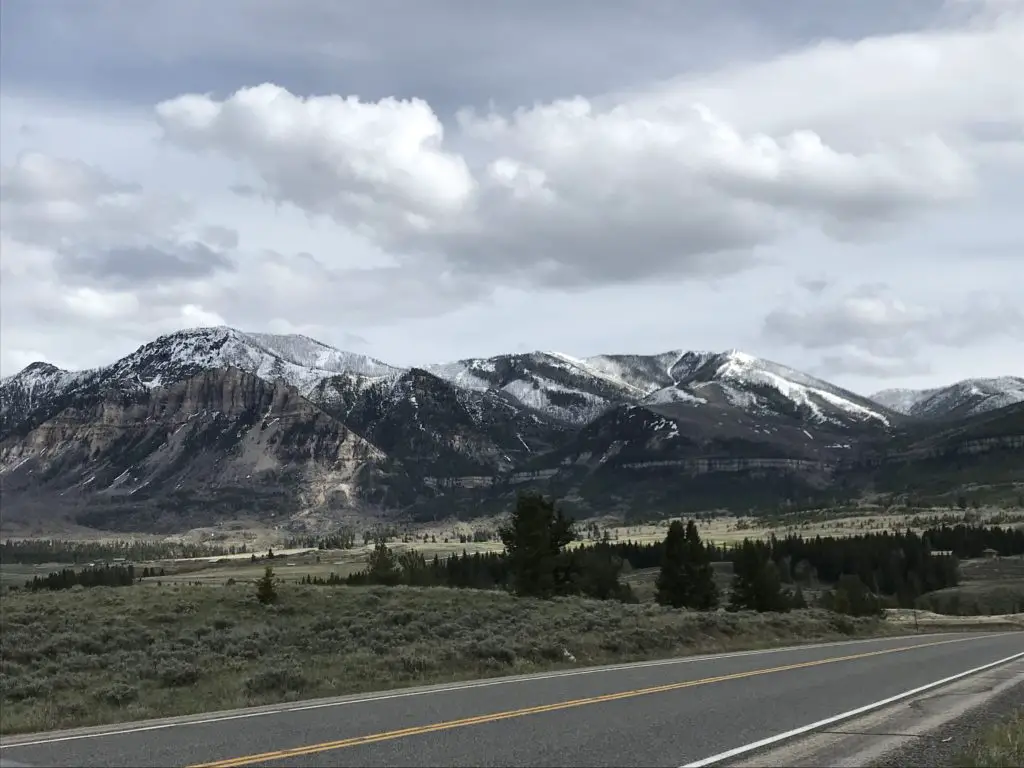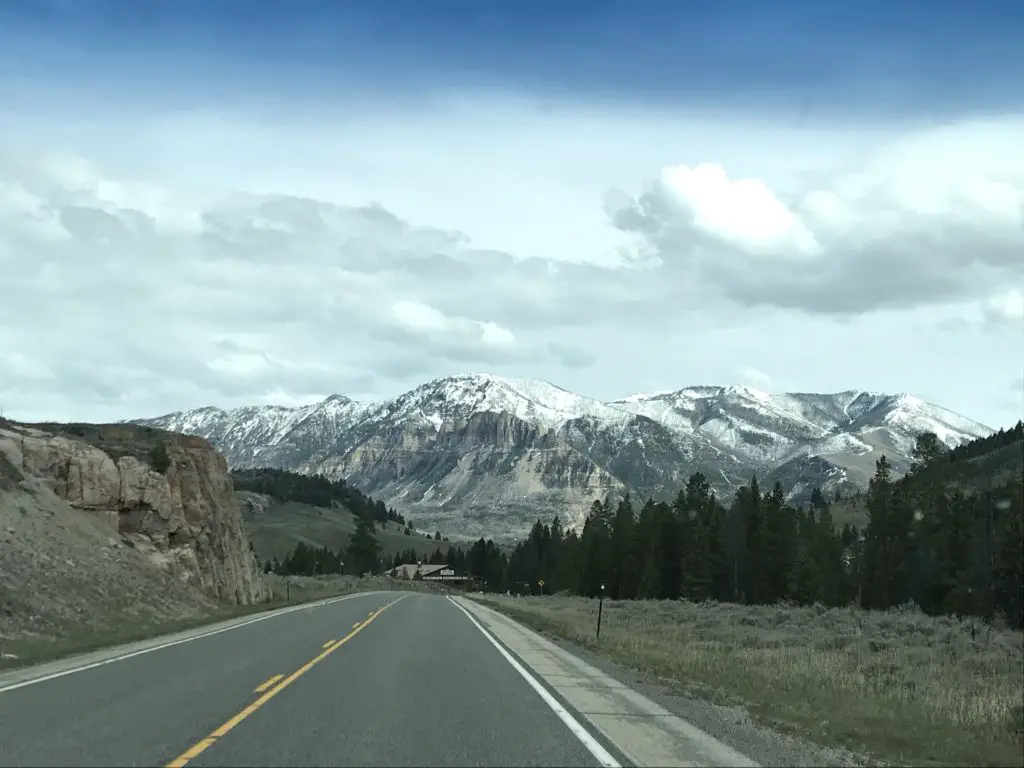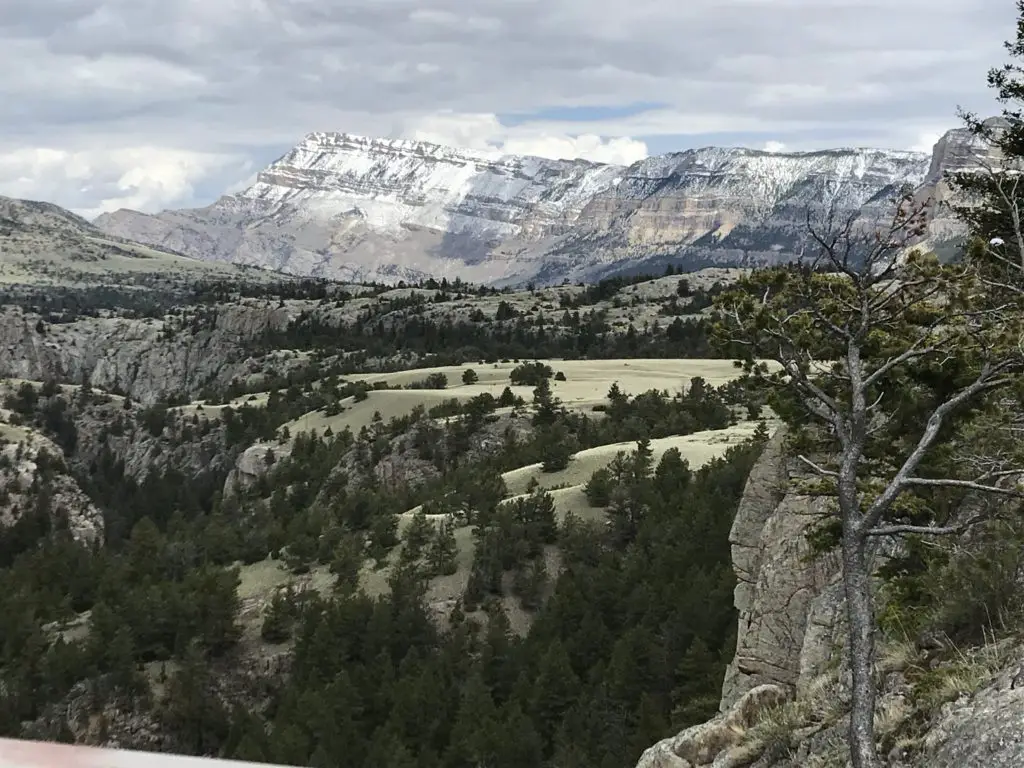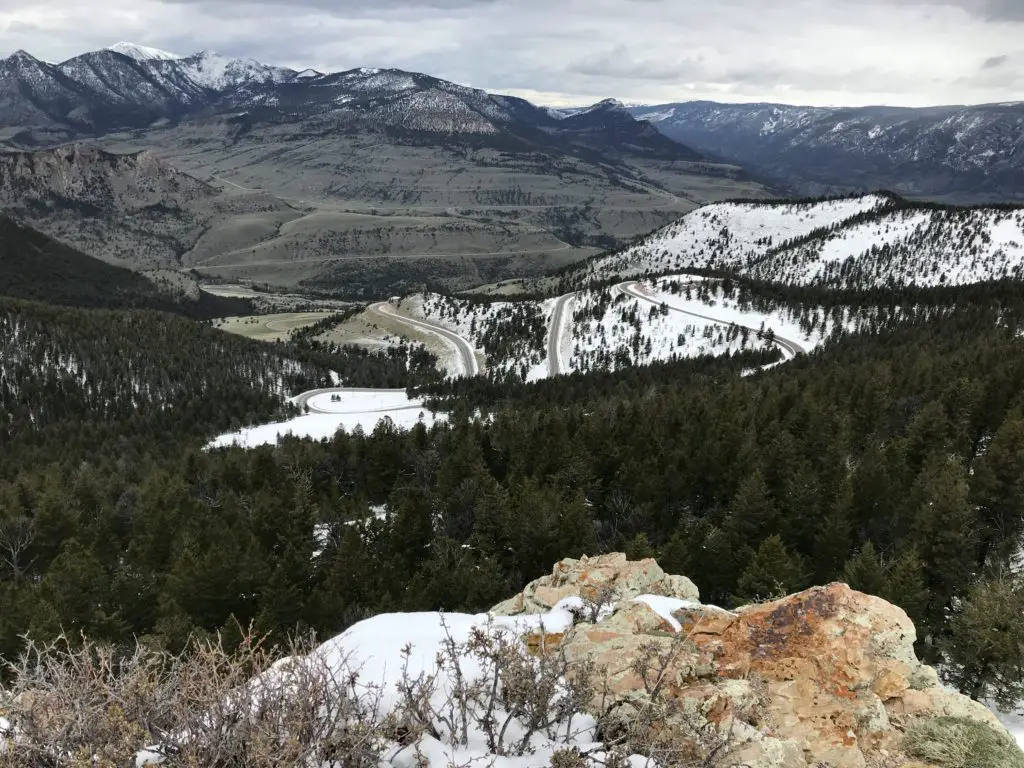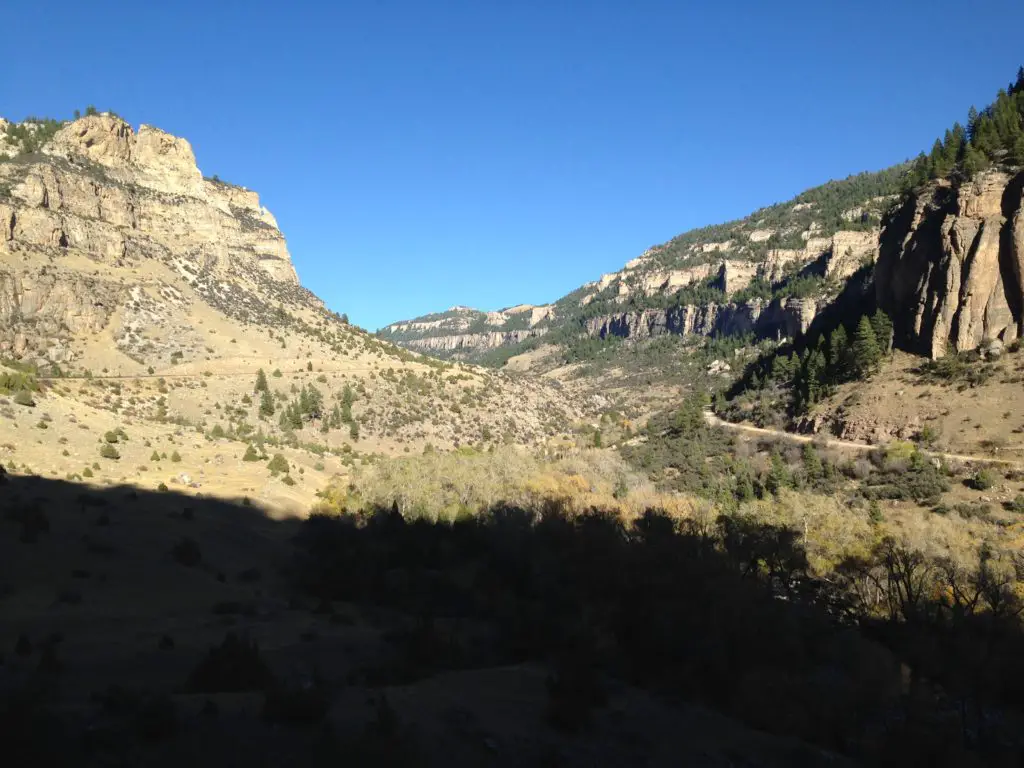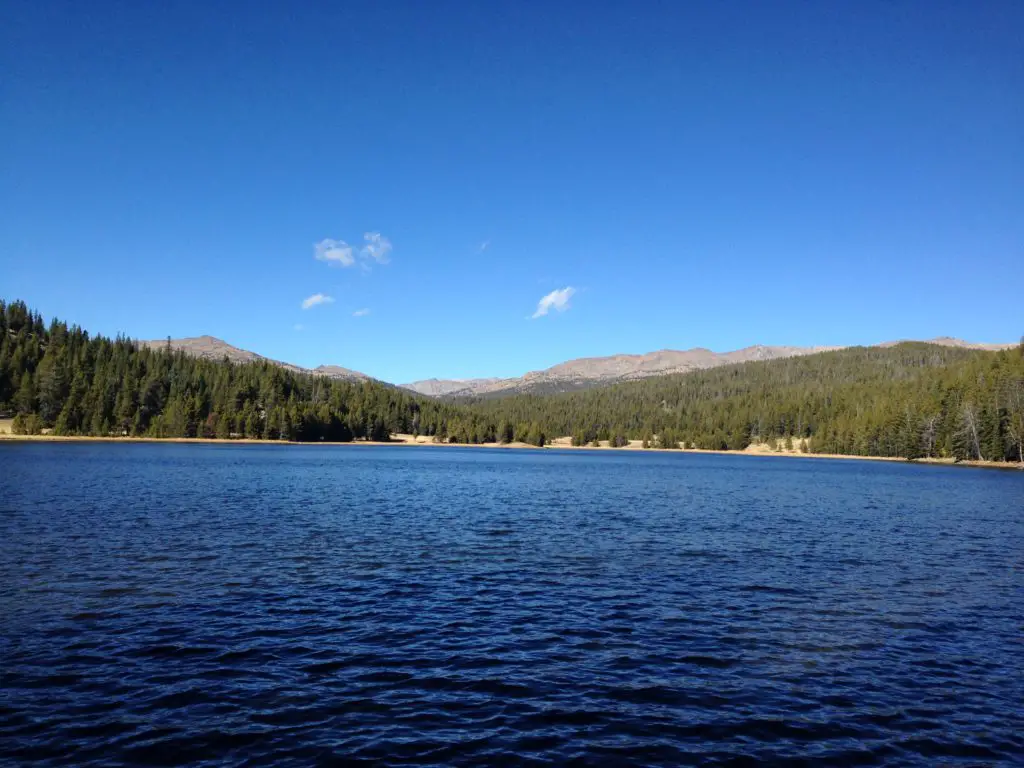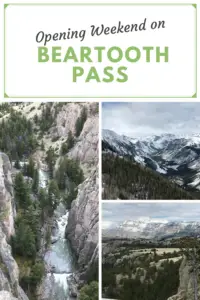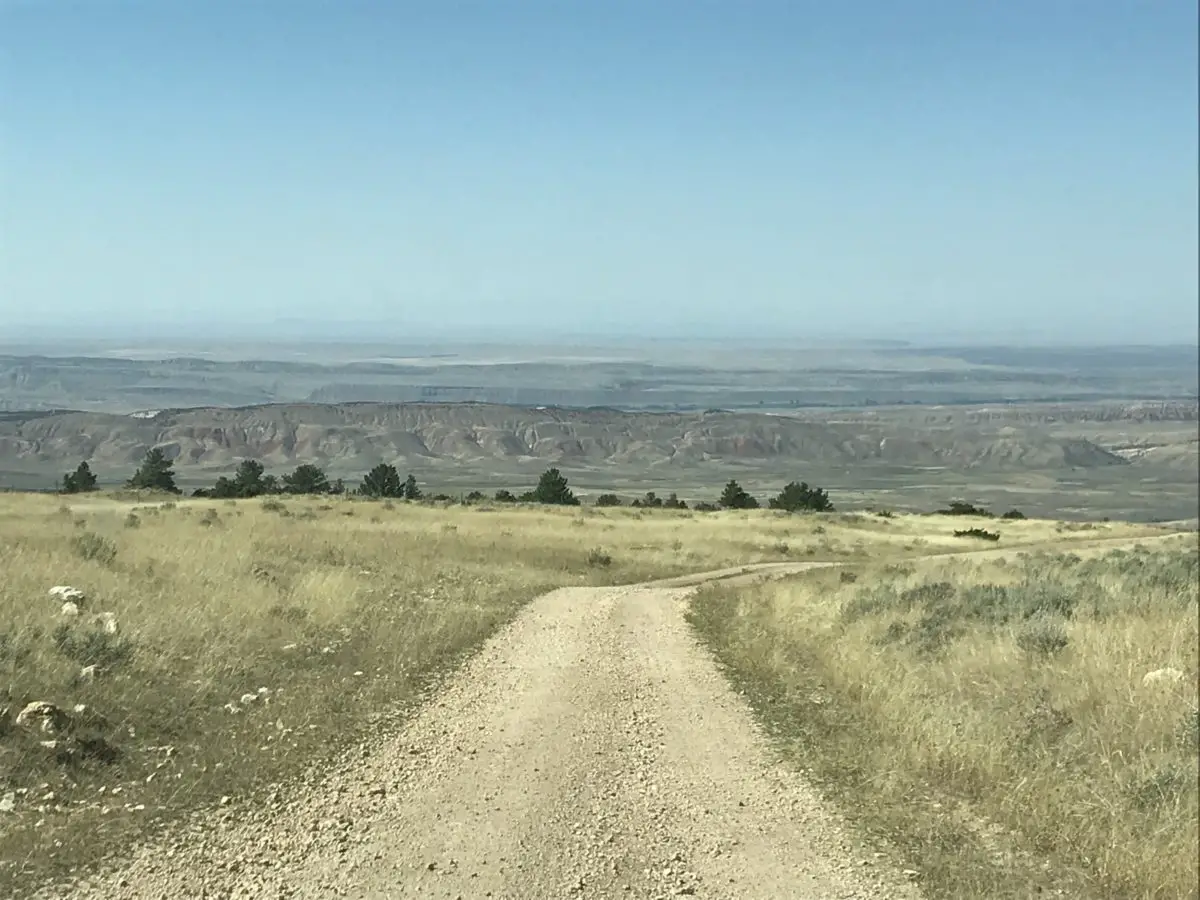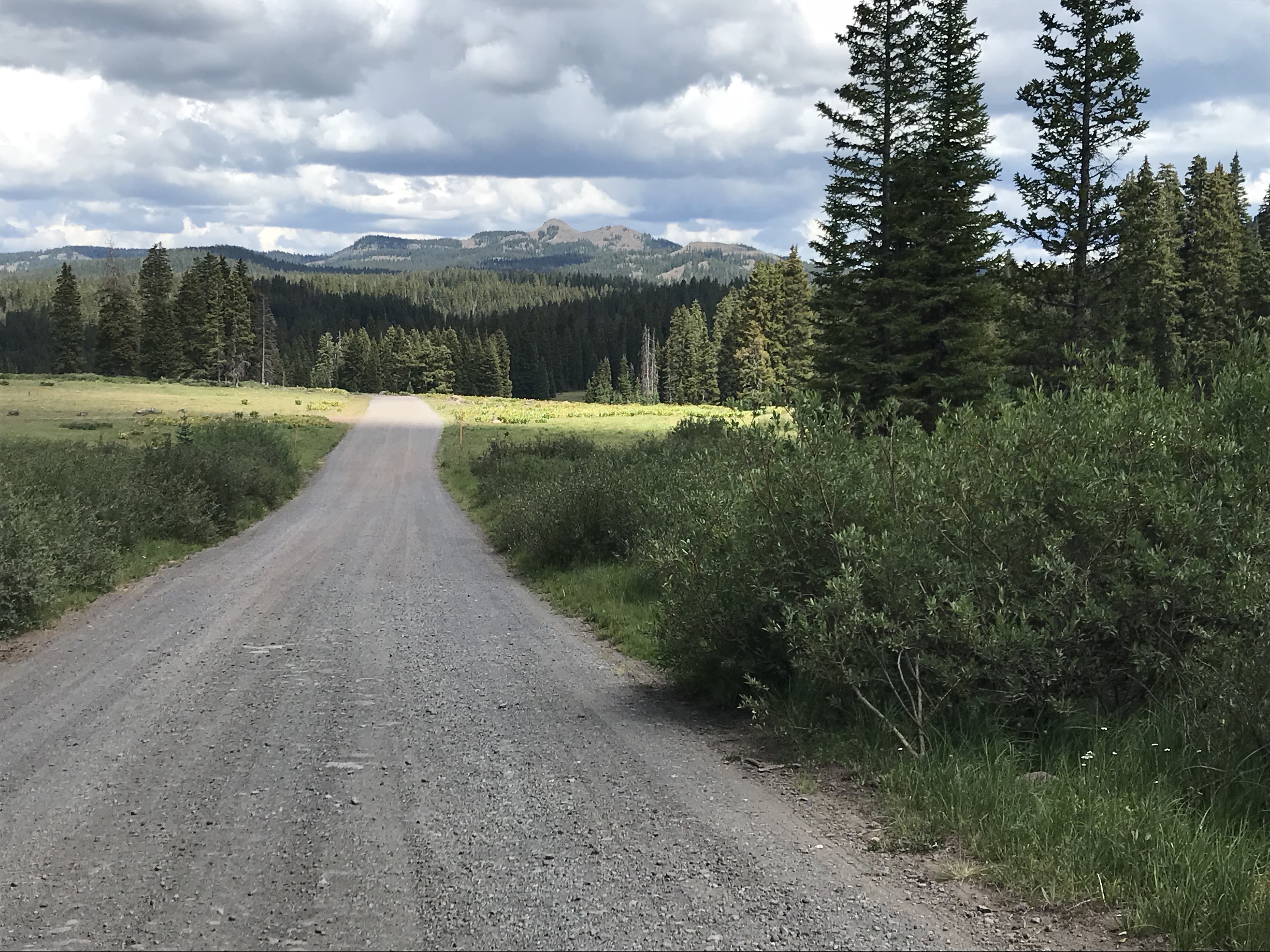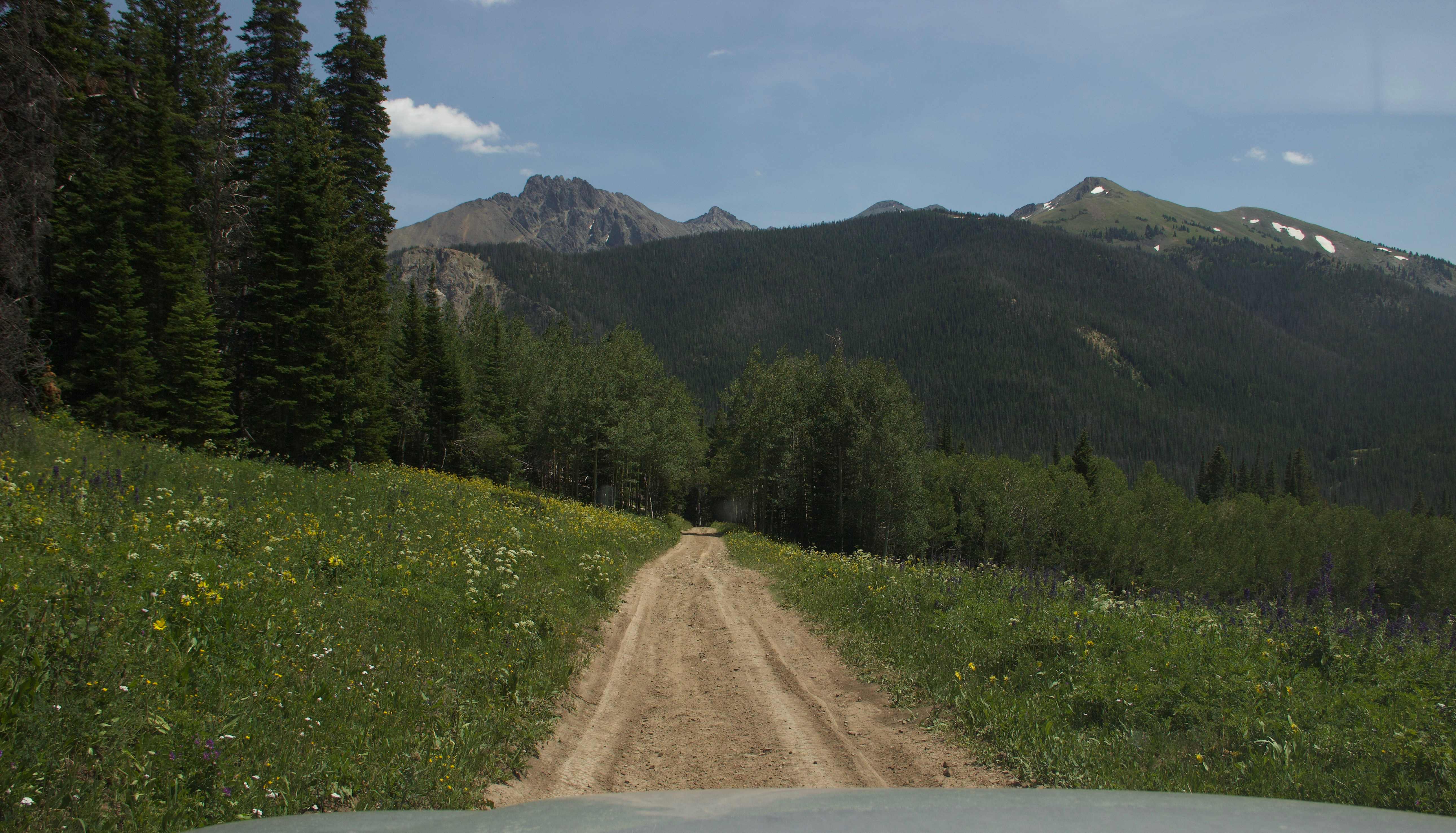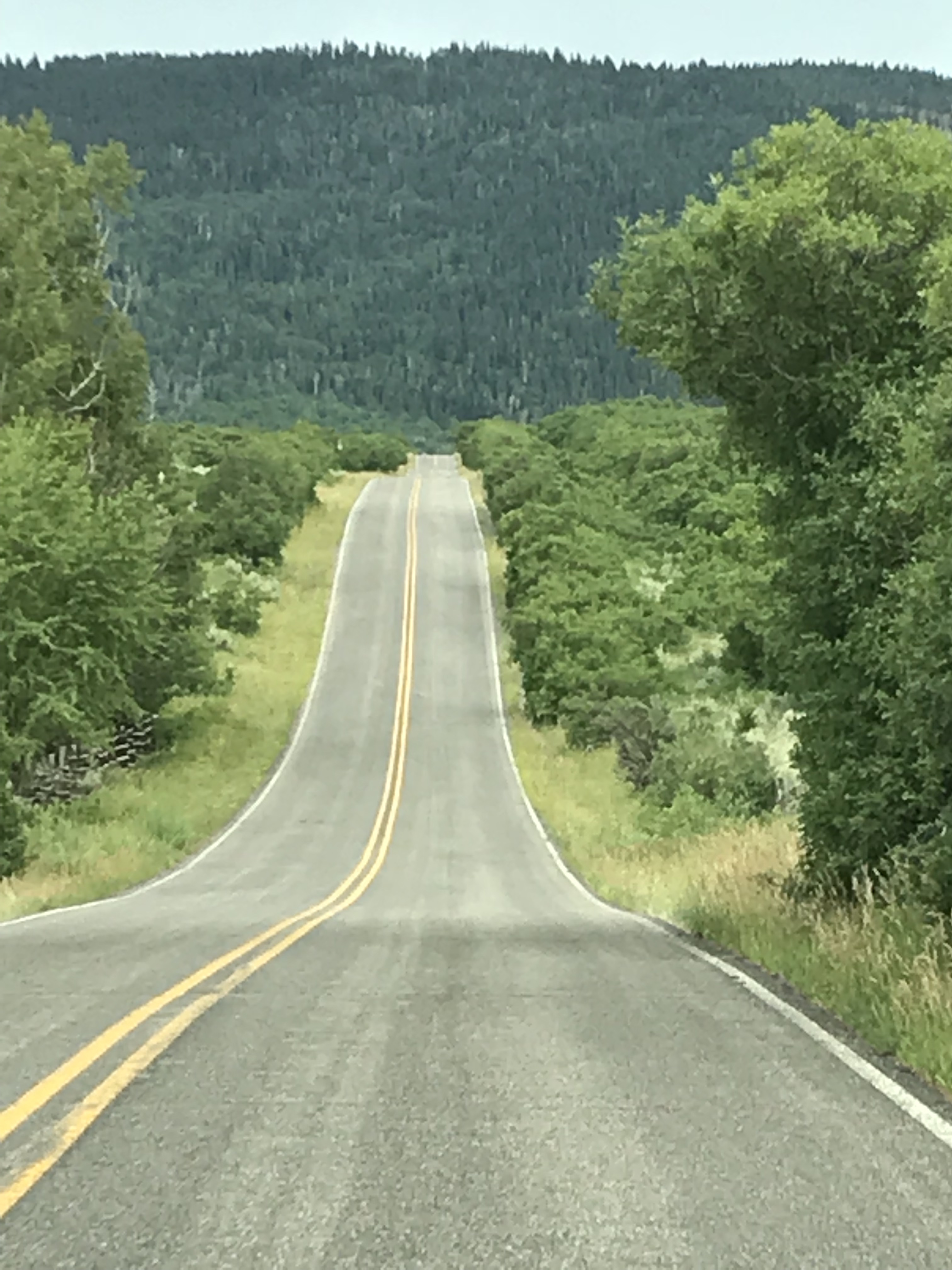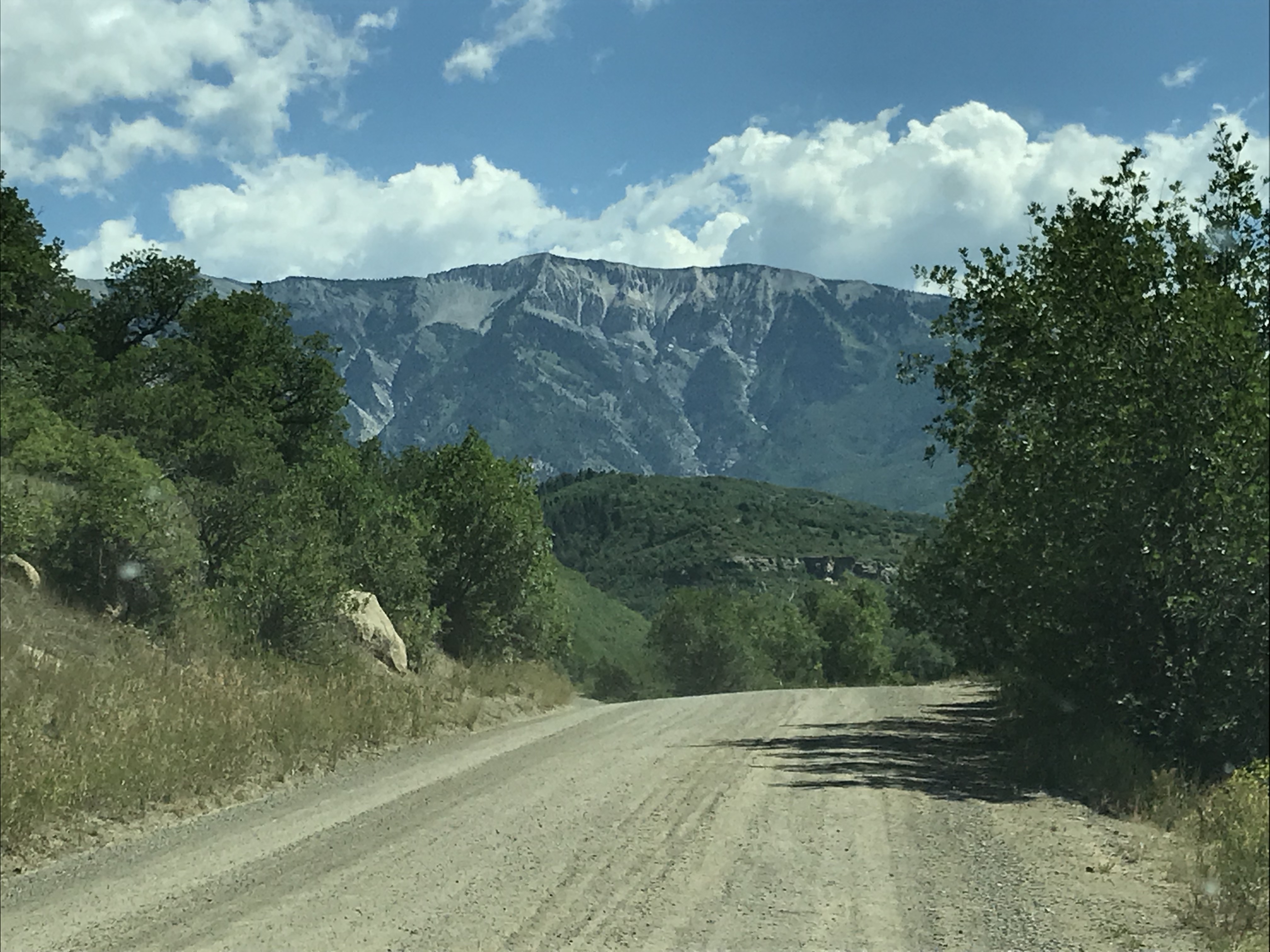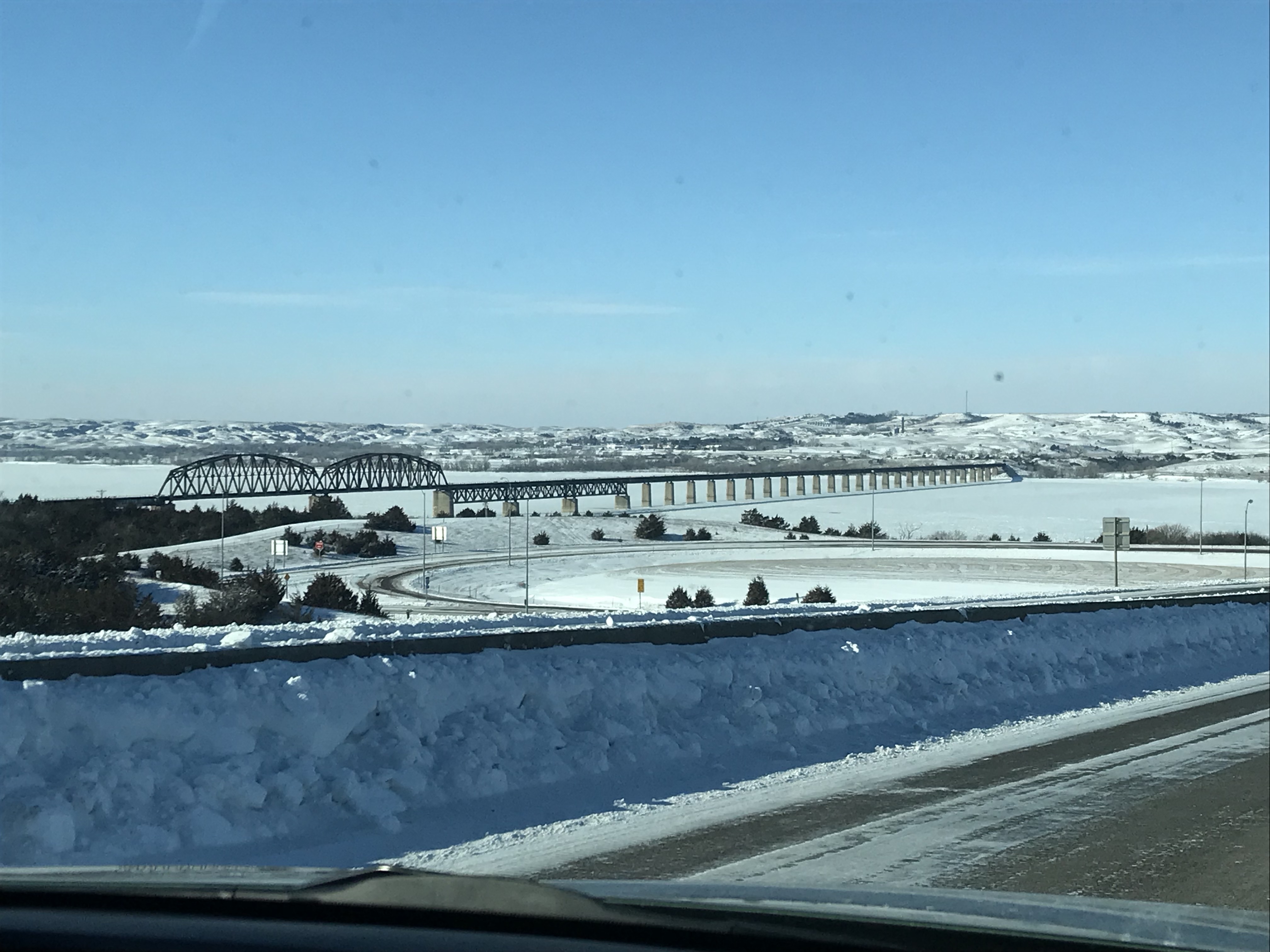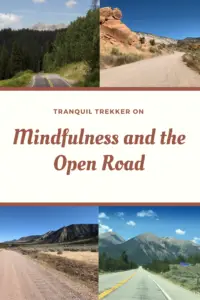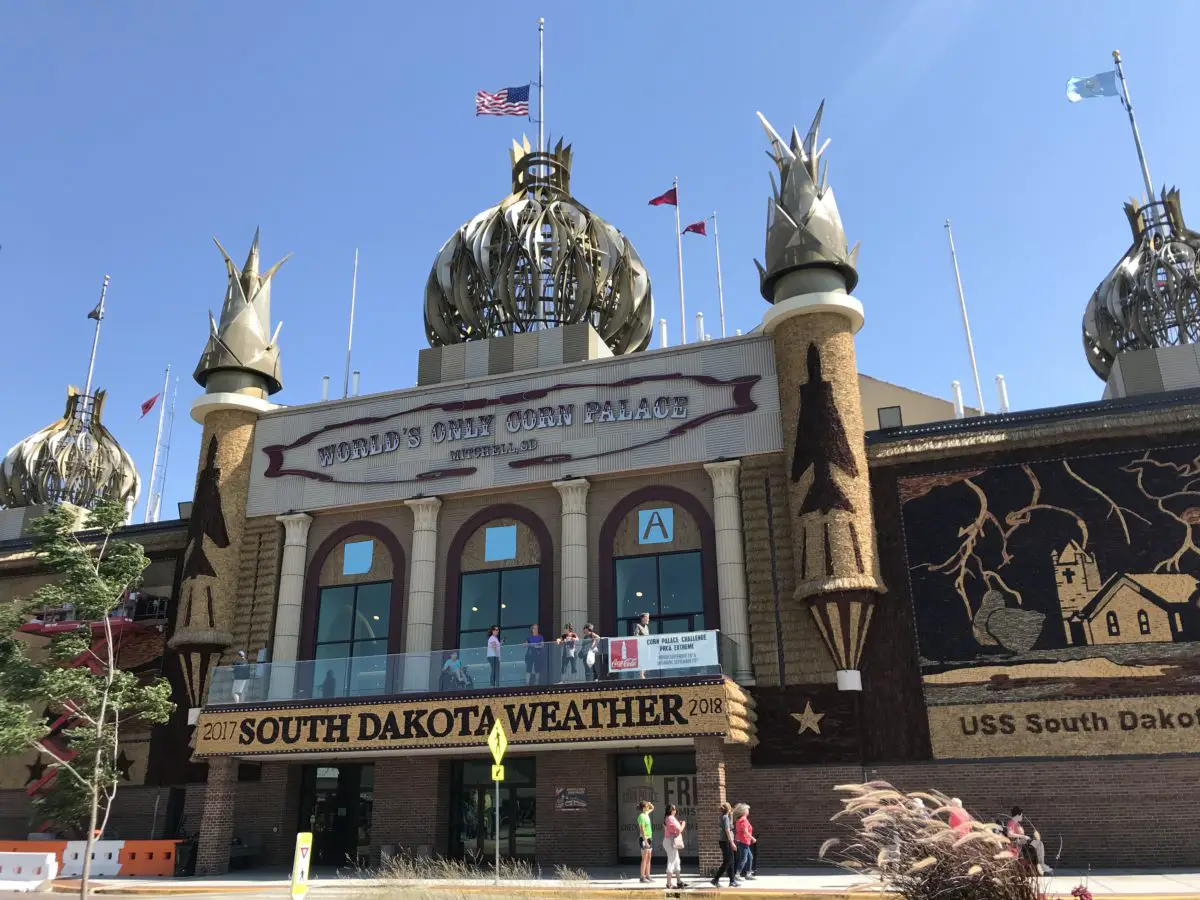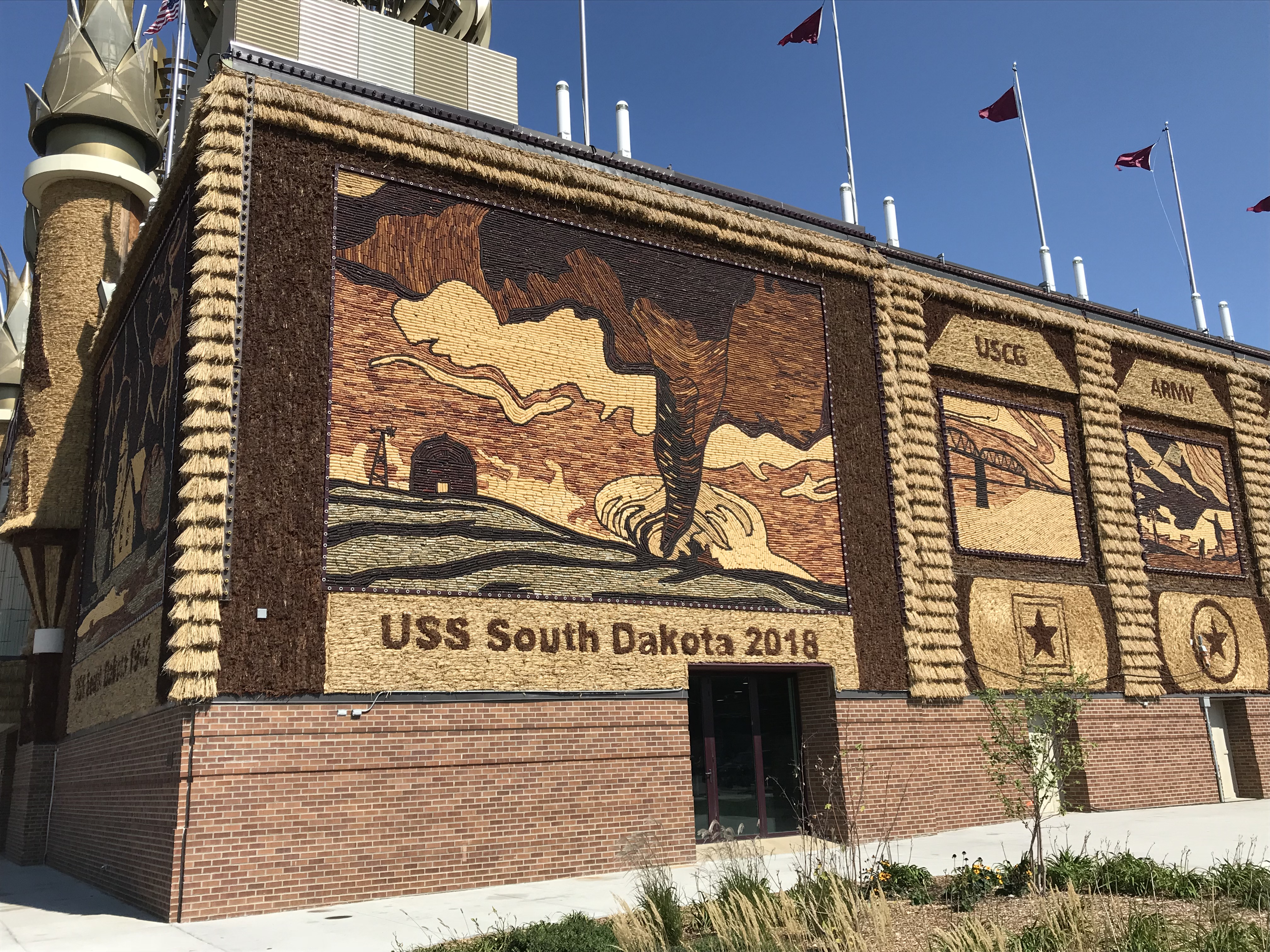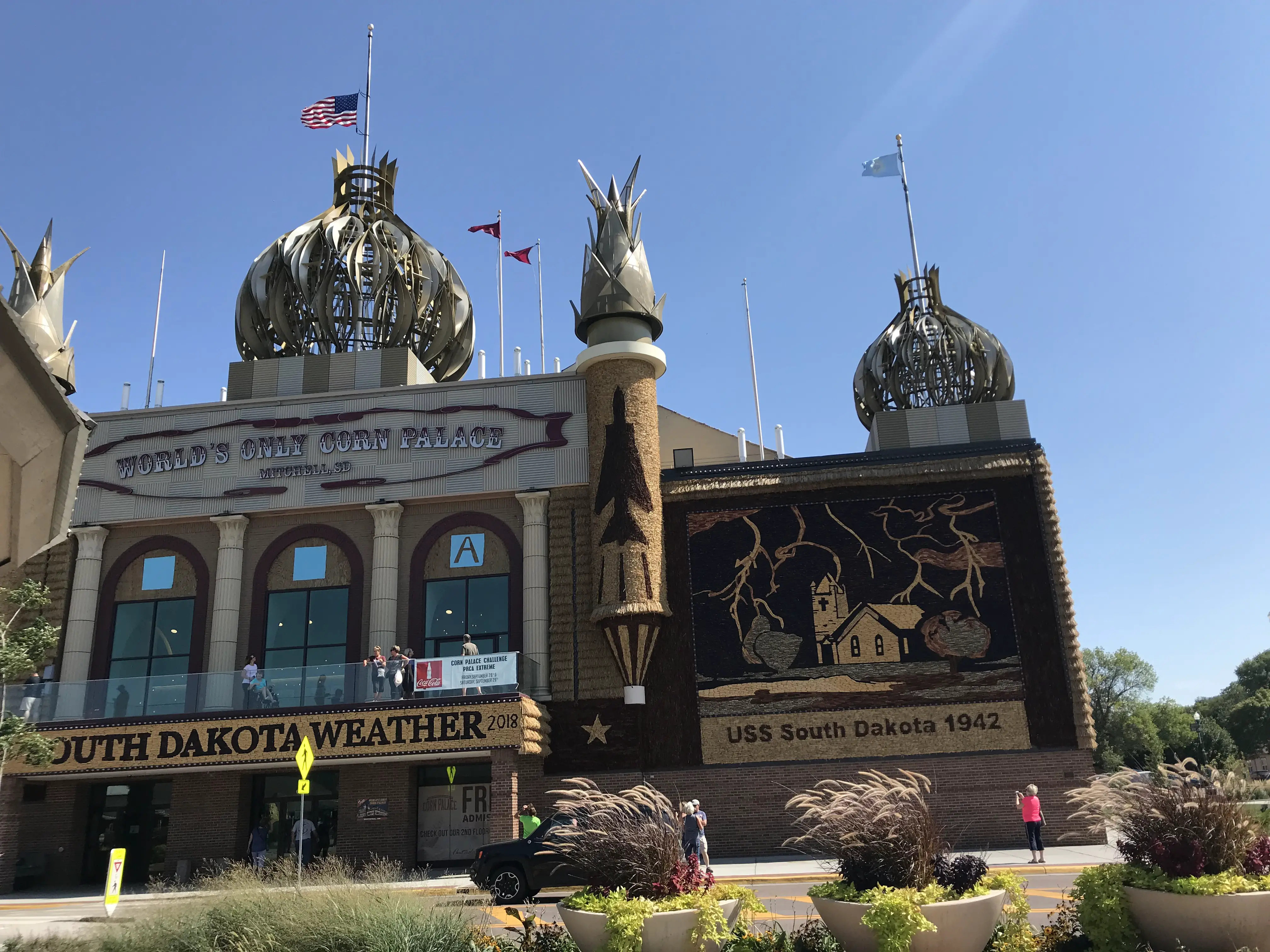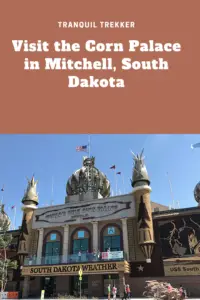**Author’s note: Just a word of warning, as this is a federal, National Monument, no dogs are allowed on any trails (exceptions for Service Animals). They are only permitted in the campgrounds and parking lots.**
To celebrate our 10-year anniversary, the Trekkers headed to Colorado! We started our trip in Boulder, as Mr. Trekker had some work-related meetings for a few days. Thanks to my flexible job I was able to work out on the balcony of our hotel room. 😋
We spent the remainder of our week at the Dinosaur National Monument, that spans the northern border between Utah and Colorado. This is a cool place that we hadn’t heard of until recently (you can learn more about it at the NPS website here.) It is in a very remote area. In fact, we think we may have finally found a place in Colorado where planes don’t constantly fly over!
Boulder, Colorado
Boulder is nice, for being a larger city. It reminds me A LOT of the place we used to live when we were in North Carolina. I don’t like all the bike lanes, especially when driving Mr. Trekker’s truck, these give me serious anxiety!
I felt like it was just an added stimulus I had to keep track of while trying to navigate the busy traffic and figure out where in the world I was going 😛. There were also A LOT of boulevards. While this is certainly aesthetically pleasing, I find it makes getting around town (or just simply turning around, or getting to a business that’s on the other side of the block) difficult.
I will say this, for a larger city and busier place, I have been pleased with how friendly people are here, especially when driving. I rarely ever get honked at and people are usually willing to let you into a lane quite regularly, even when traffic is heavy.
I hadn’t expected to miss seeing the mountains…being in a town that sits RIGHT NEXT TO the Rockies! 😛 Boulder might actually be closer to these peaks than we are to the Black Hills…and I can see those from our house! There were just so many taller buildings and trees that blocked the view. It seemed kind of sad to me, that people live in such a cool place and you don’t get to enjoy its natural beauty every day…
I can definitely understand why people live in Boulder. It’s very pretty and there’s a lot of culture, nice restaurants, etc. It seemed to cater more to those who ride bikes or walk, which is fine, I’m all about a green lifestyle that’s full of outdoor time and exercise.
It doesn’t help that Boulderites–whether on bikes or walking–don’t seem to understand the laws of physics. They barely watch for vehicles! Yes, I understand you may have the right of way in many situations. However, you should still navigate defensively. If someone in a half-ton vehicle hits you, your “Right Of Way” doesn’t offer any protection whatsoever! 🙄
Boulder seems to be in an odd transition phase. Some parts of it are “old school” and charming, with Victorian-style homes (such as the one used in the tv show, Mork and Mindy, seen here!) There is also A LOT of new construction occurring, of very modern, industrial-looking, apartment, condo, and office buildings. While this type of architecture is cool too, I’m not sure about the mix of the two, especially when they’re squished together like sardines. It kind of felt like a smorgasbord of building design, and I’m not sure how I felt about it…🤔
Parking was definitely a problem though. I’m not sure if this may be due to the fact that the area has grown so quickly? Unfortunately, there were multiple times when I couldn’t get to a business or park that I wanted to visit due to there being no parking available nearby.
As I said, if locals mostly walk or ride a bike, maybe this isn’t a big deal. It doesn’t make a visitor feel very welcome though. I find it INCREDIBLY frustrating when I want to go to a place and all I see are “no parking” signs. 😡 Do people just “Uber” everywhere these days? Yeah, I’m a child of the 80s folks, this old dog likes her car and likes to drive herself, thanks! 😉😜
The only real complaint I had about the town (other than the traffic 😇) was when Target charged me 10¢ per plastic bag (and Safeway charged 20¢!) I understand that the overuse of plastic is a problem, but don’t just start charging me for bags without any warning. I don’t even mind using reusable bags that I bring from home, but I wasn’t at home, was I? It just felt, unwelcoming, frankly.
As an example of why, after paying, I realized one of my bags was a little heavy and I would have preferred to double-bag it. So then I was faced with a dilemma…do I “steal” an extra bag? Do I go through the hassle of trying to pay an additional 20¢ for ONE MORE BAG? Or do I just risk there being a hole in my single-layer bag and dumping my glass bottles all over the parking lot? *sigh*
I had an interesting encounter with a Tesla…we were in a tight parking lot and I was getting back in our truck. I was being VERY careful to not bump the fancy, shiny car next to me, when all of a sudden, the computer screen on its dash “woke up” and started scrolling something about “security” (there was no one in the car, mind you).
I’m assuming the machine was “sensing” my presence? It was a little creepy! I felt like I was dealing with Kitt from Knight Rider! 😜 (Yes, that was a 1980s TV reference, I just dated myself again didn’t I? 😋) I may not be cut out for this “brave new world” ya’ll! 😋
Things to do in Boulder, including the Mork and Mindy House!
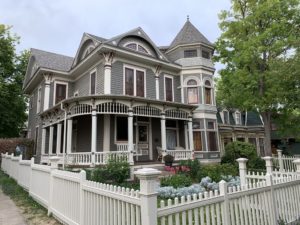
For those who don’t know, Mork and Mindy was a comedy show starring Robin Willaims as an alien that was on in the late 70s (Note: BEFORE my time folks! 😝)
The show was based in Boulder and the house Mork lived in is still standing. It is located at 1619 Pine St. (I’m telling you this because the info is LITERALLY available on Google. 😇)
And, because we apparently can’t ever go to Colorado for our anniversary without it snowing, this is the–admittedly beautiful–sight we woke up to one morning… 😋 (it was 80 the day before mind you! 😮)…
Dinosaur National Monument
On our route west, toward the monument from Boulder, we drove on I-70 through Glenwood Canyon. That route through the Colorado Rockies has to be one of the prettiest sections of interstate I’ve ever been on. Click here for a video of our trip through the canyon…
As long as you aren’t intending to go on a rafting trip on the river, fall is known as one of the BEST times to visit this park. For one thing, it’s in the desert-scrubland that comprises northeast Utah/northwest Colorado, so it gets HOT in the summer (and you all know how much I “love” the heat 😜). Also, it’s far less busy this time of year and the tree colors are lovely. We, actually, intentionally held off visiting here, until we could go in the Fall.
We spent our first day on the west (or Utah) side of the monument. Here you will find the larger–and in my opinion better–Visitor’s Center. Also, if you’re there for dinosaur bones (and why else would you be visiting?! 😉) this is the side to start on!
The Quarry Exhibit Hall at Dinosaur National Monument
This place was COOL! Just an FYI, there’s only a few established places where you can actually see dino bones at Dinosaur National Monument. The town that holds the name “Dinosaur” is on the Colorado side of the park…but there aren’t many bones actually viewable there. 😋 You have to go to the main entrance, which is found in Jensen, Utah (just a little east of Dinosaur, on US 40). If you’re there when its busy, there’s a free shuttle that takes you to the quarry from the Visitor’s Center. If you’re there on slower days (which we were) you can drive yourself.
We stayed at a lovely Air B&B in Vernal, Utah, which is about a 30-minute drive west of Dinosaur, Colorado. This is the largest town in the local area and we were glad we chose it. It offers easy access to any of the attractions in or around the monument, and also provides the most options for food and lodging. If you’re wanting to camp, there are several campgrounds within the monument itself, and there is said to be a nice RV park in Dinosaur (though I don’t have any personal experience with that).
The Quarry is AMAZING! It’s an enclosed building that was constructed over the site of a former paleontological dig, that contains massive amounts of dinosaur bones. They were discovered in the early 1900’s. After much excavation it was finally decided to preserve the remaining bones as-is, and allow people to view them in their natural state. It’s thought that this was a place where large, flash floods occurred, helping to explain why so many bones ended up in such close proximity to each other. I could have stayed there all day!
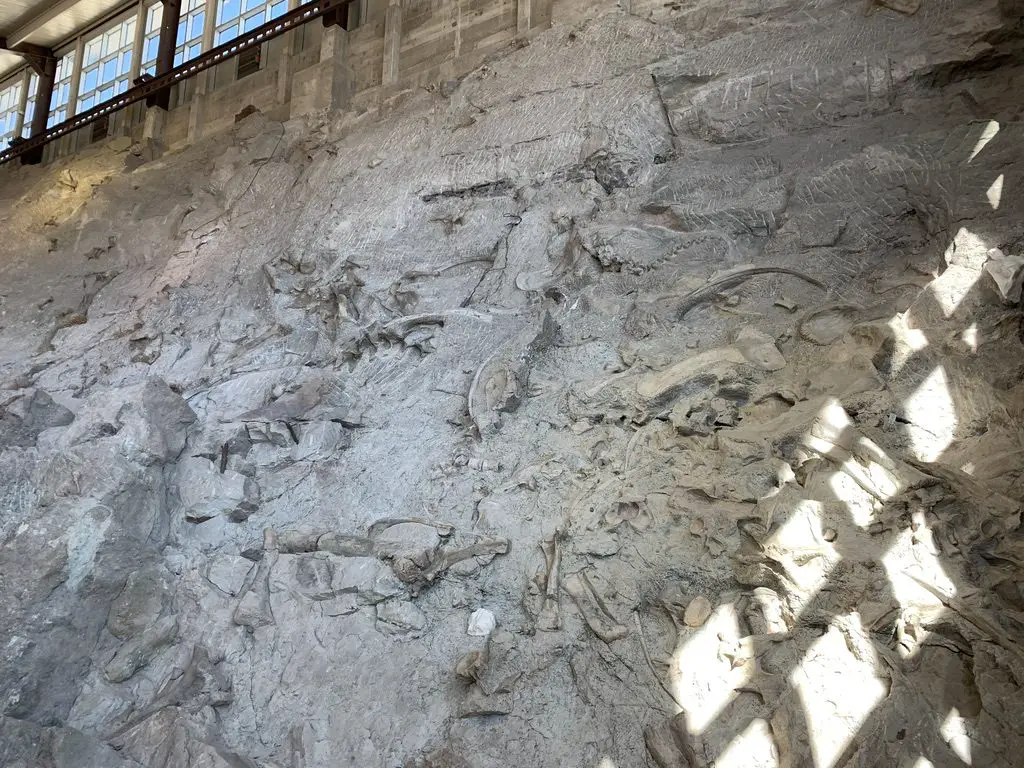
From here, you can also hike the Fossil Discovery Trail which shows some fossils that are still embedded in the rocks …
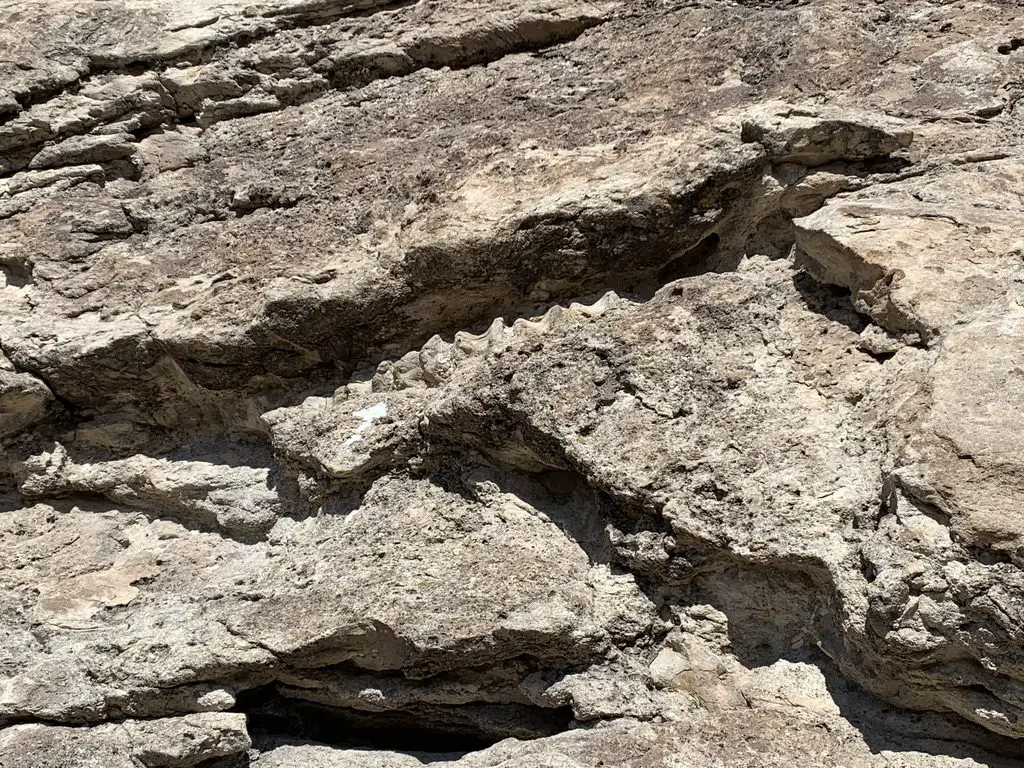
After leaving the Visitor’s Center, we took Cub Creek Road through the park. This is one of the only paved roads throughout the monument, and even it turns to dirt the final few miles. (This section is well-graded, though, and passable with any passenger vehicle under good conditions.) It offers several opportunities to view petroglyphs and pictographs (these are the drawings and etchings that were left on the rock by the ancient people who first tamed this wild land). I had seen pictures of these creations before, but had never viewed them in person. Some were absolutely AMAZING!
Aren’t these incredible?!
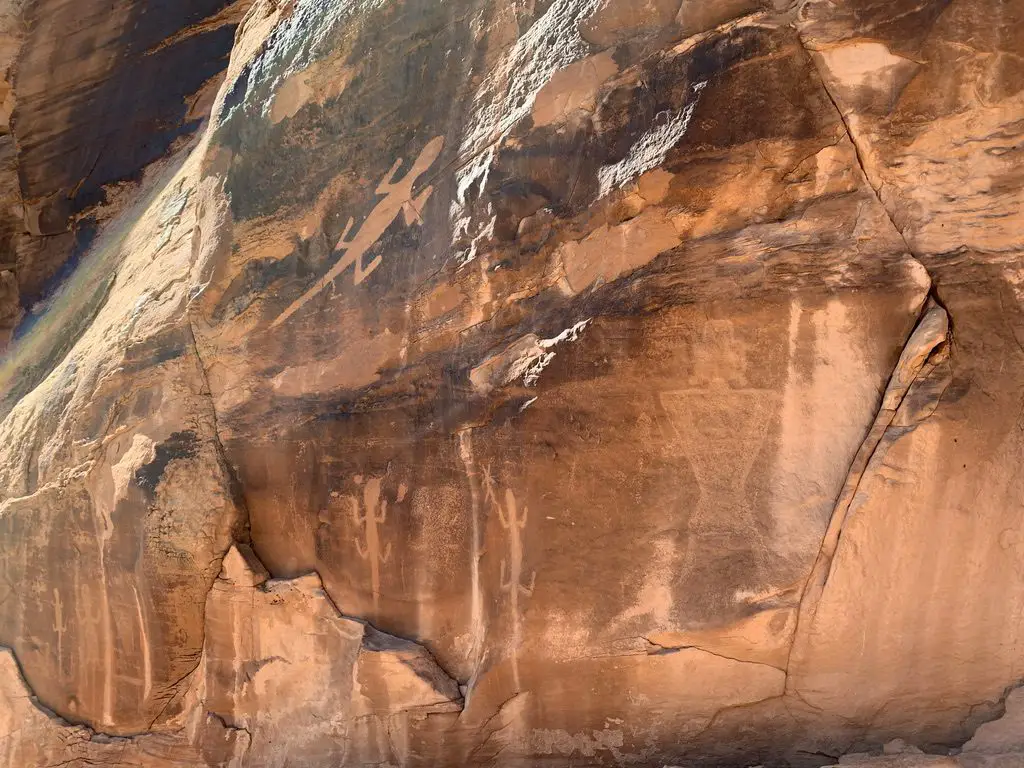
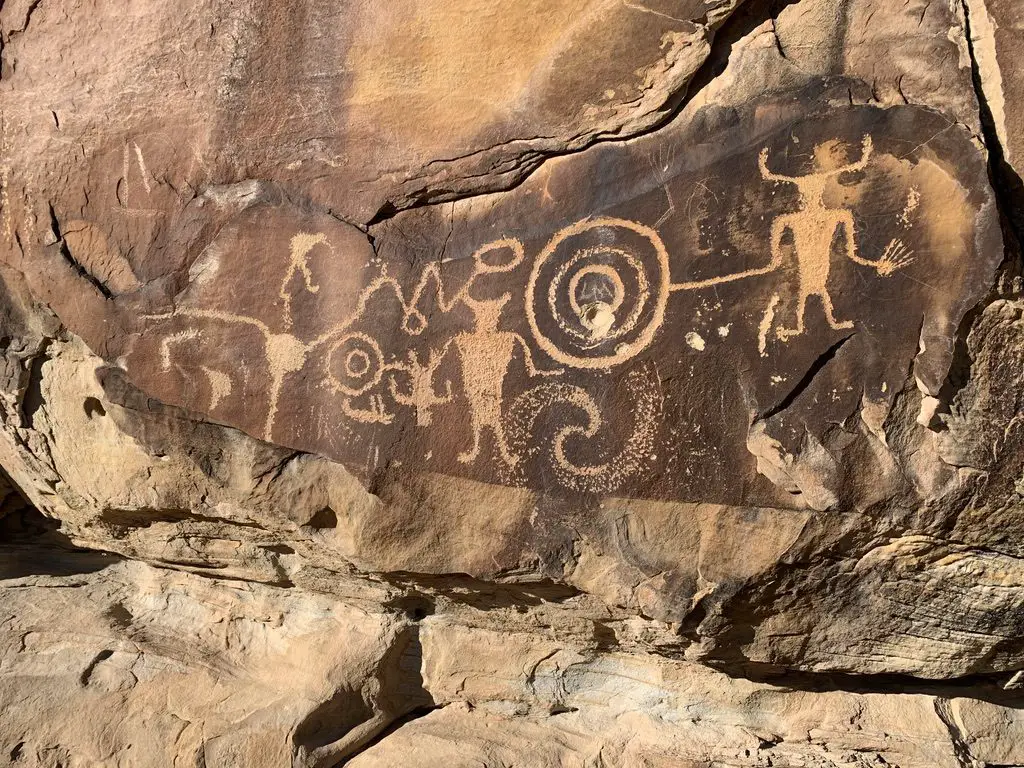
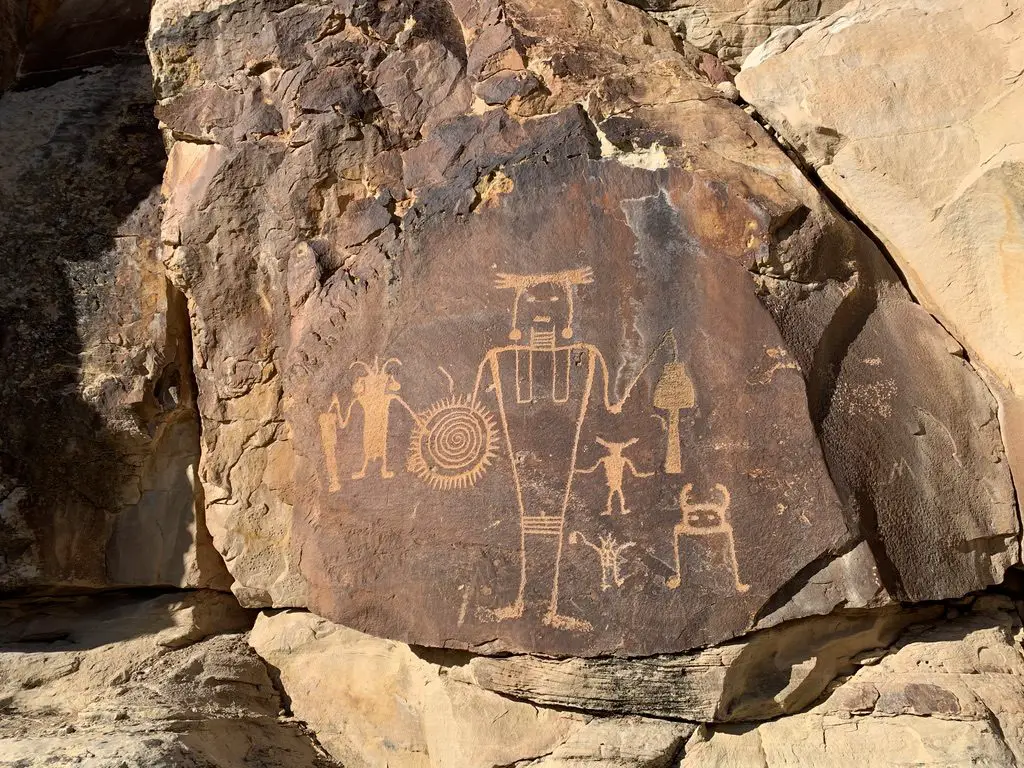
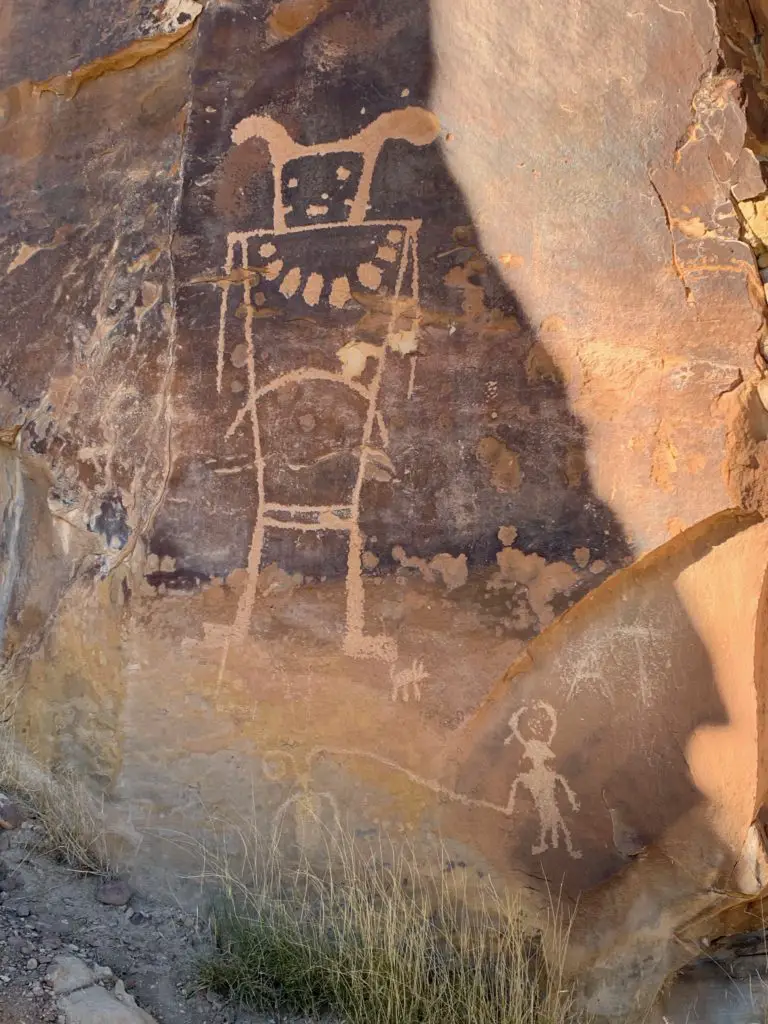
I’m sure they all had perfectly logical explanations (some of them can be found here) but some looked pretty “unique”…(I’m not saying it’s aliens but…😲😉👽🖖)
This road eventually takes you to Josie’s Cabin, where up until the 1960’s, a woman lived, by herself, until she was well into her 80’s. This was without electricity or running water, mind you! We saw a lot of lovely tree colors in this area. There were several easy hikes that ventured into box canyons that are known for being good for fall colors (they run right along rivers and streams and the cottonwoods that grow there are very pretty).
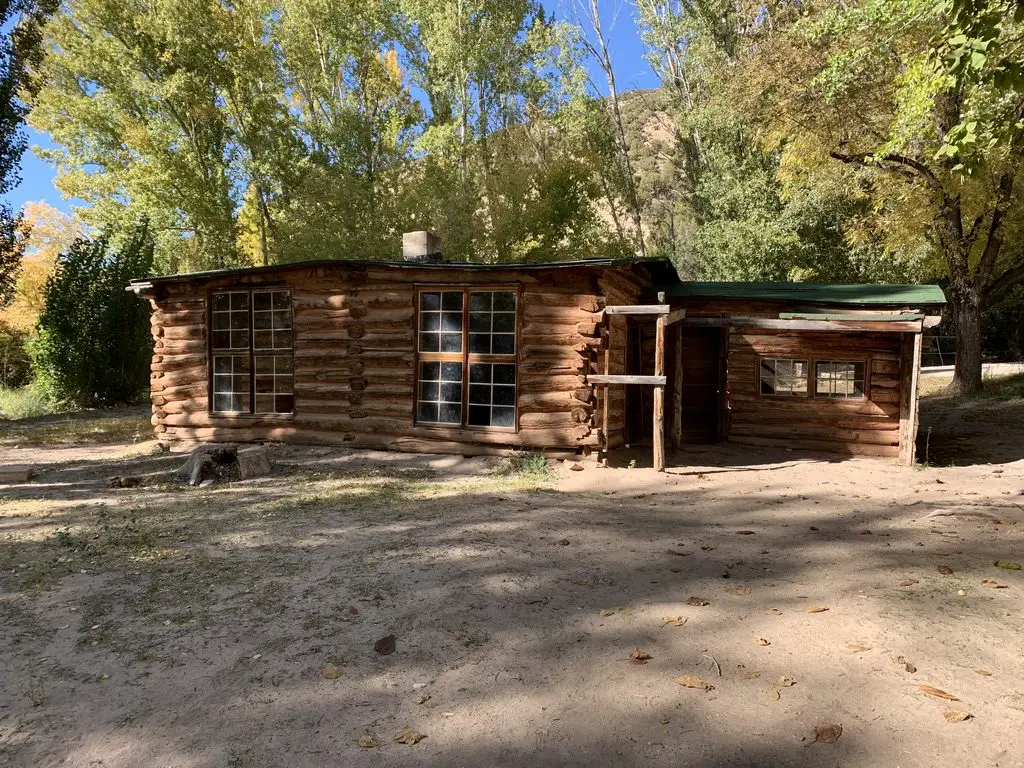
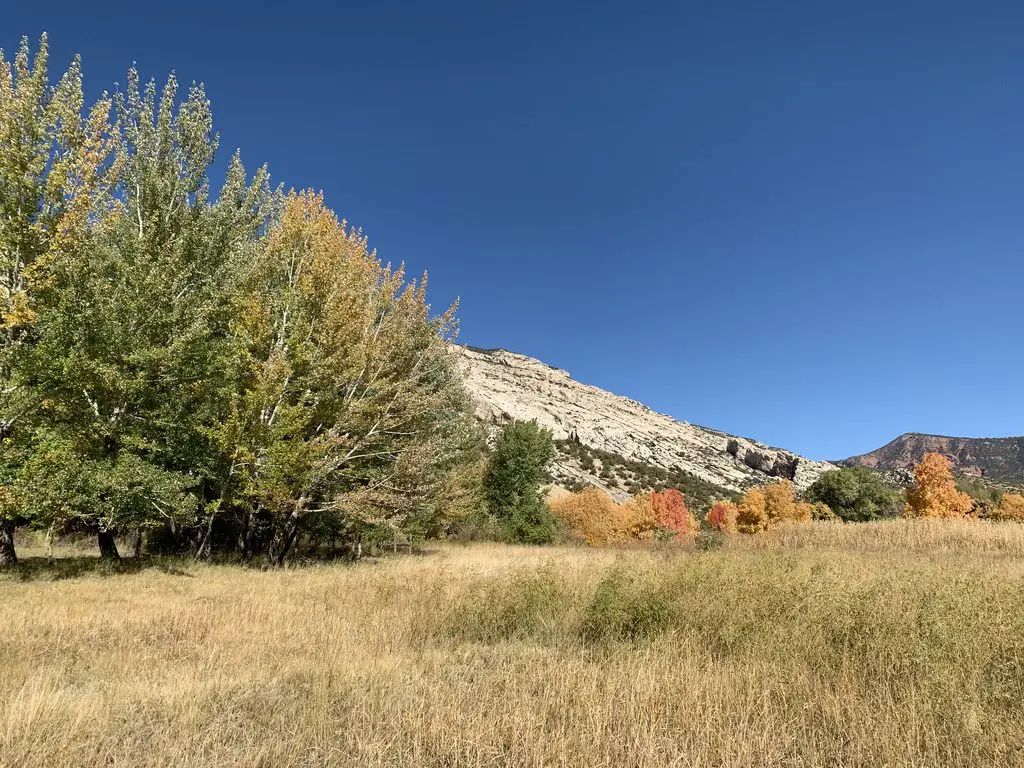
Island Park Road
This was another beautiful drive that is located on the Utah side of the park. I thought this area had the BEST petroglyphs that we saw throughout the entire monument.
Island Park Road was dirt, and, according to the park office, is said to be “impassable” when wet. (It is suggested to only take high-clearance vehicles on this route, but, when we were there, any vehicle could have handled the drive).
We got lucky, as conditions were absolutely perfect throughout the duration of our trip, with clear skies. So we were visiting under the most opportune conditions. There were several areas we drove through that appeared to be dry creek beds, and looked like they could flood easily during wet conditions. This is also an area that only has one way in or out, so if you drive in under dry conditions, and then a summer thunderstorm pops up…you could find yourself trapped!
Below are a couple of pictures of the Green River as seen from this road…
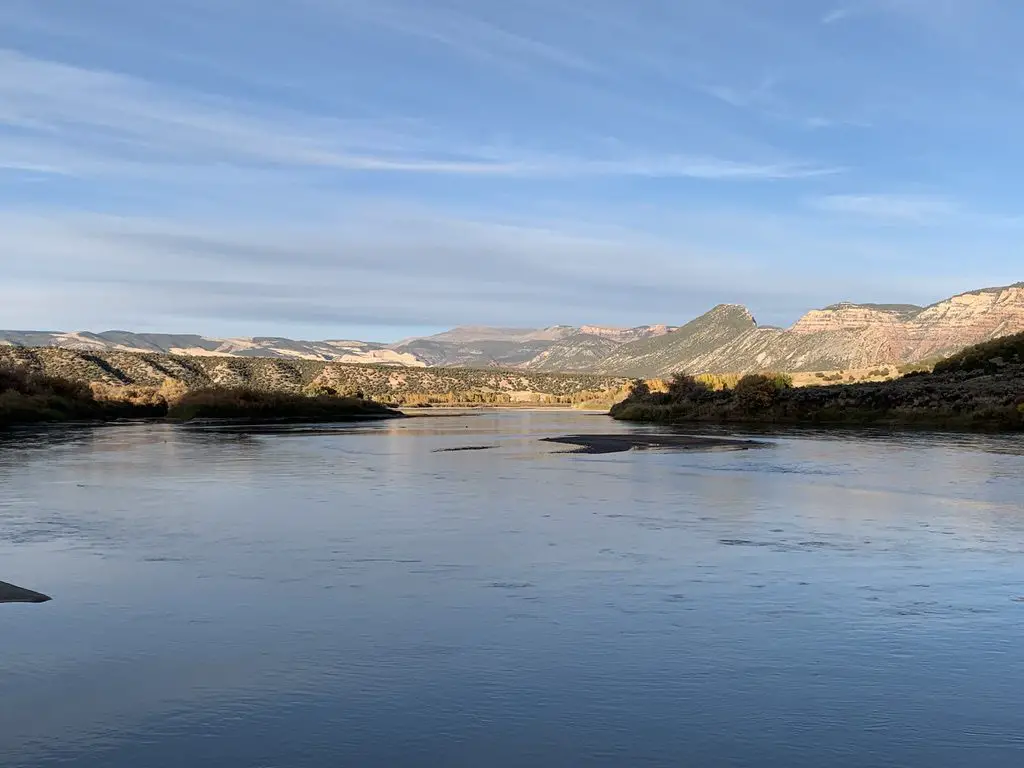
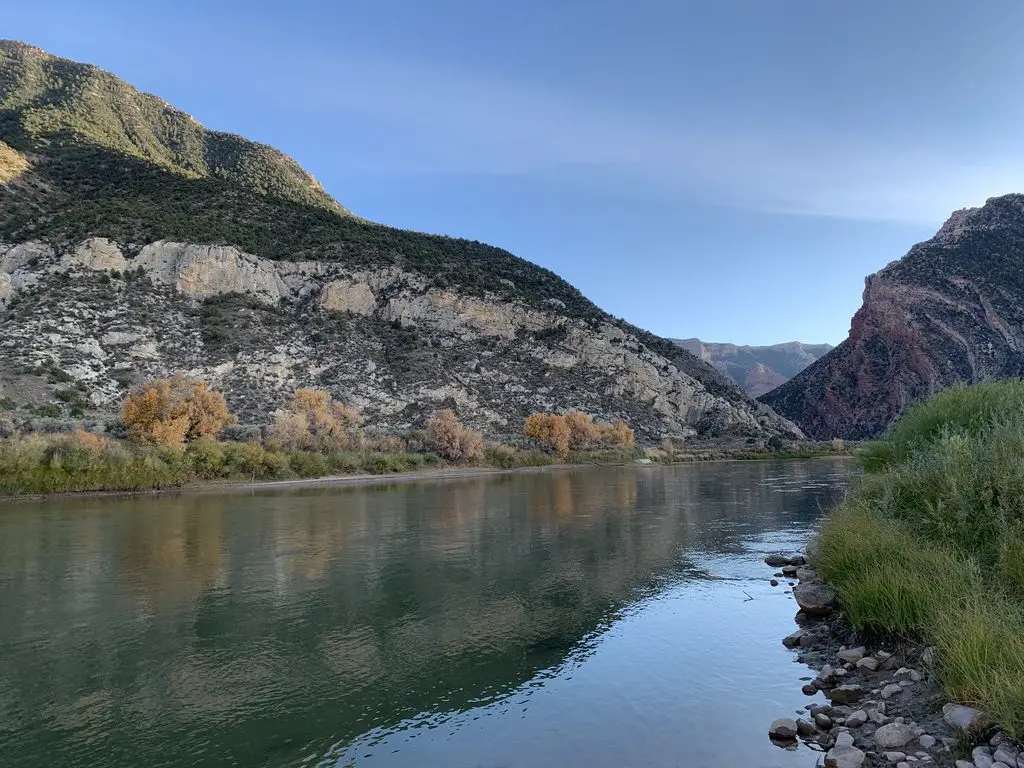
…and some of the scrubland around the monument (and thanks go out, as usual, to Mr. Trekker for most of these pics!)…
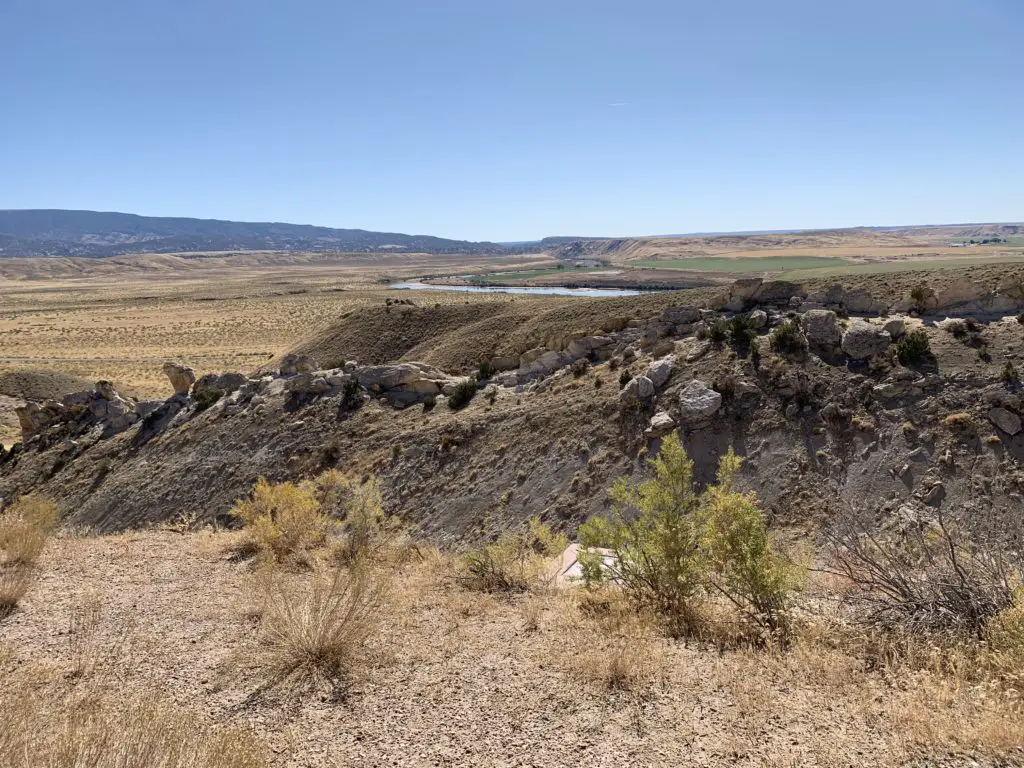
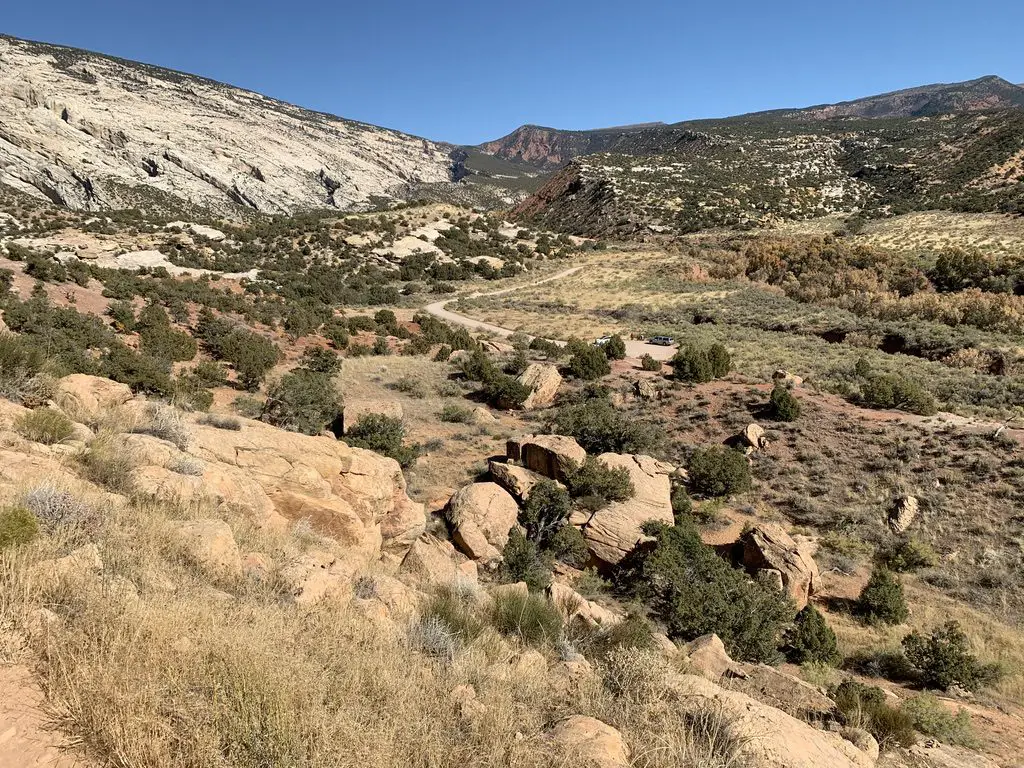
Sunset over the monument!
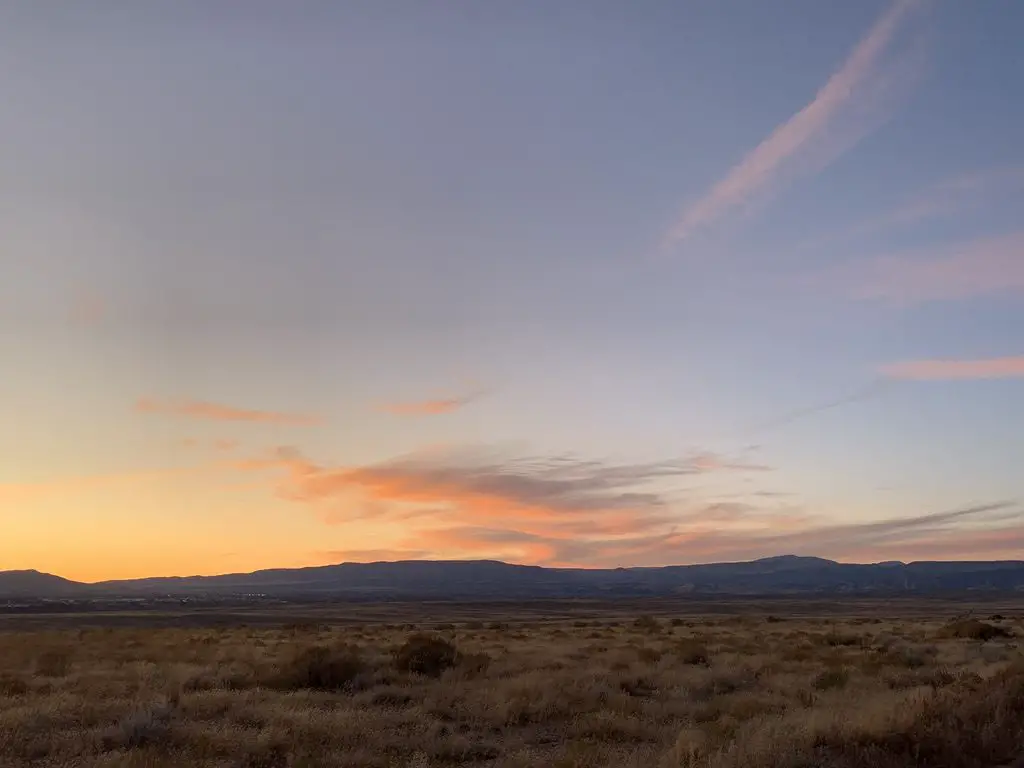
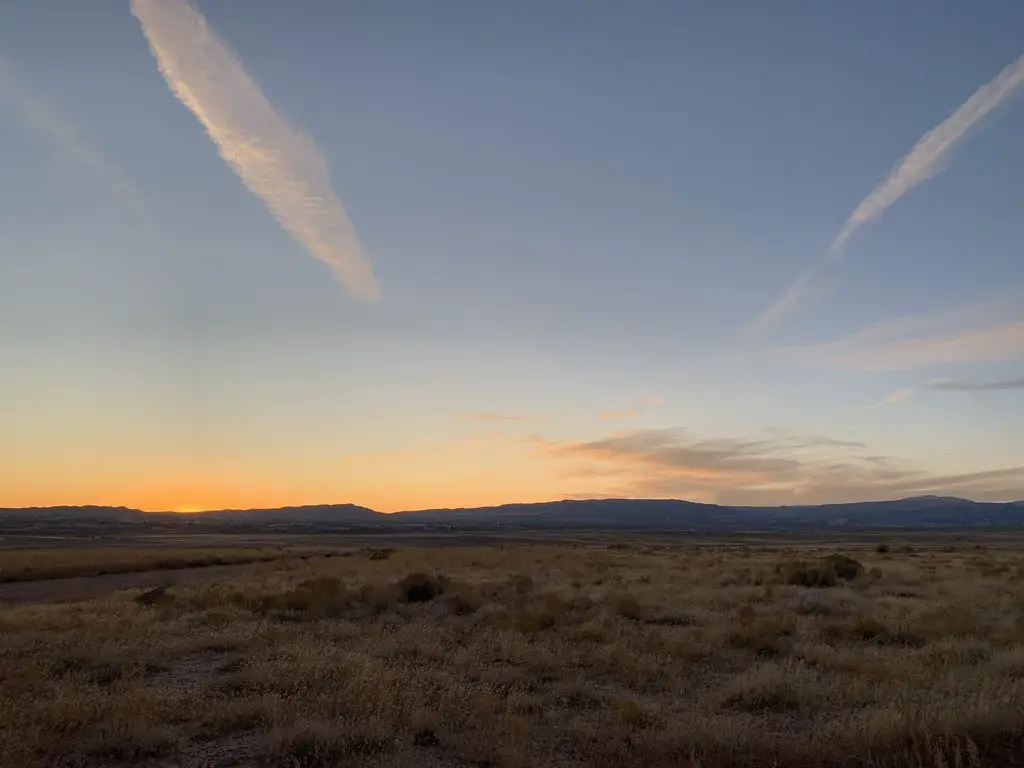
Have you visited this incredible place? Tell me about your favorite parts of it in the comments!
Like this post? Pin it!
Like what you read here today? Please feel free to leave a comment, like or share this post! You can also follow the blog on social media by clicking the links below!
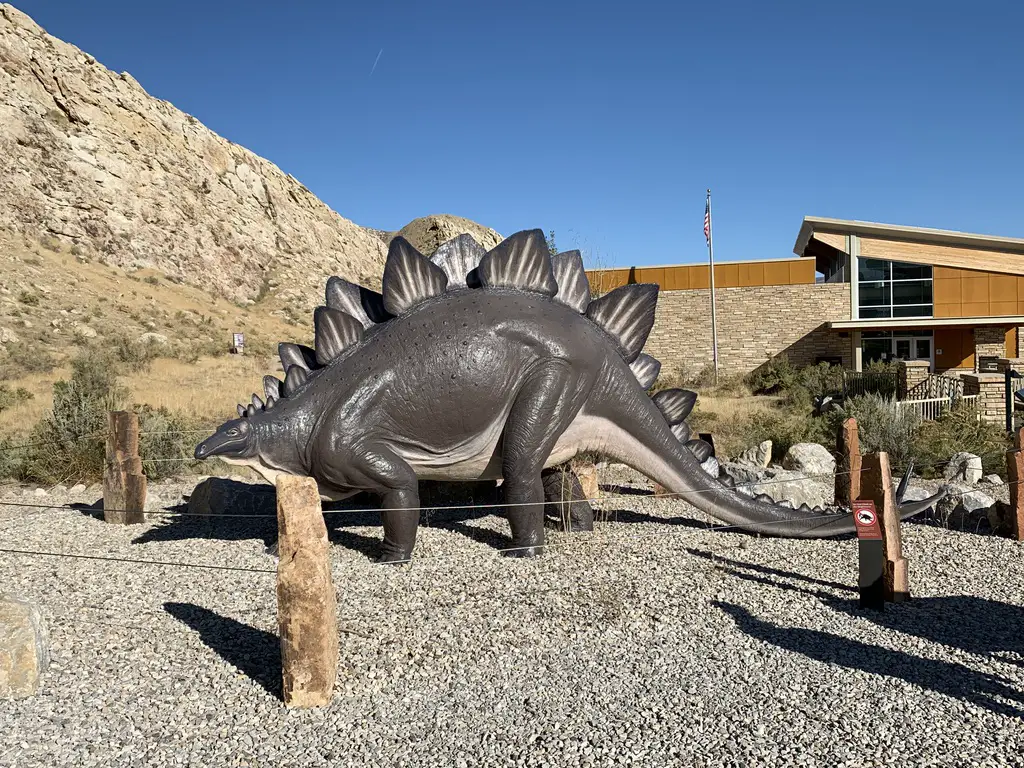
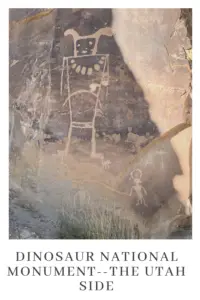
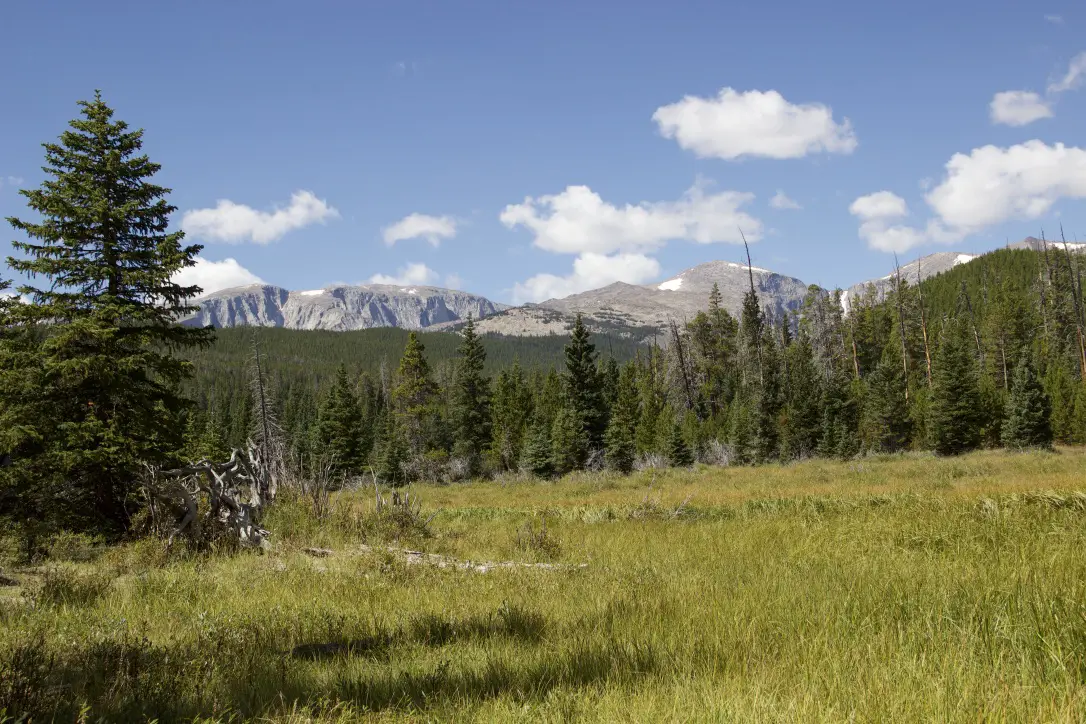
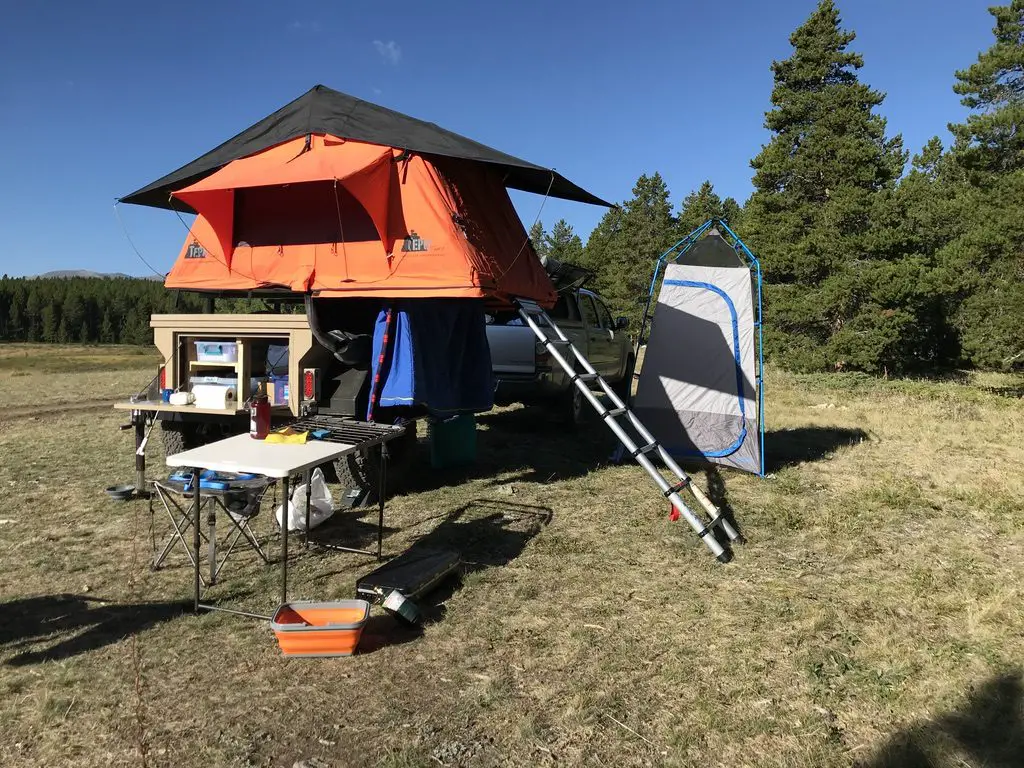
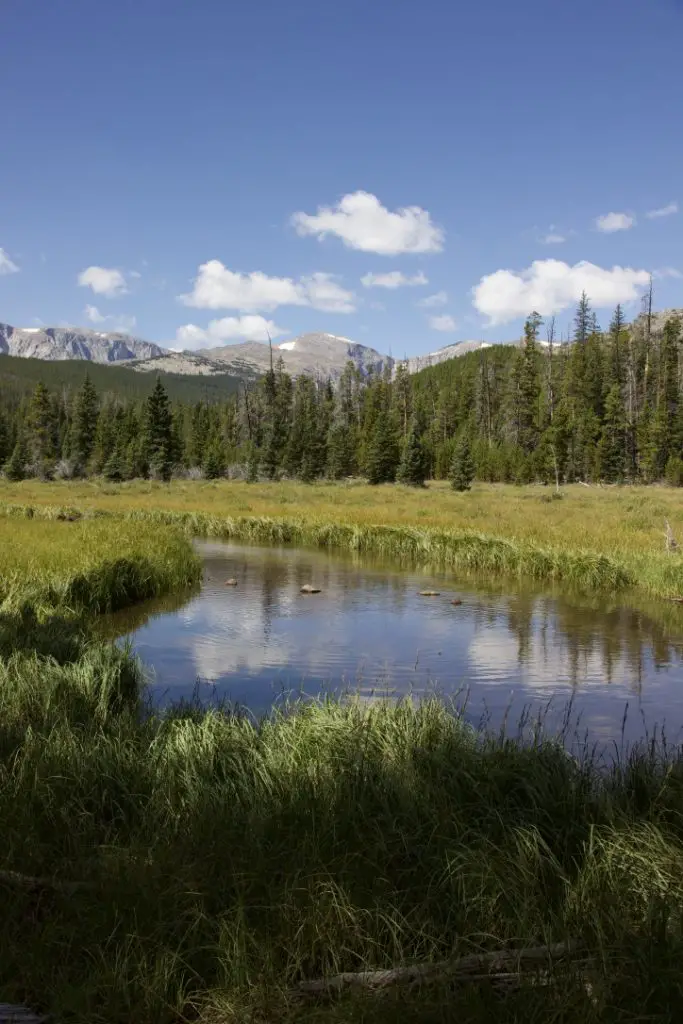 Though this area is just as beautiful as the Rockies, it is FAR less crowded, which makes it so much more pleasant to visit. 😋 There are no lines of people hiking in the Bighorns like we’ve experienced in various places around Colorado. Also, oftentimes, the lower-elevation plains may be baking in 90-degree weather, while it’s in the 60s-70s, and breezy, in the mountains!
Though this area is just as beautiful as the Rockies, it is FAR less crowded, which makes it so much more pleasant to visit. 😋 There are no lines of people hiking in the Bighorns like we’ve experienced in various places around Colorado. Also, oftentimes, the lower-elevation plains may be baking in 90-degree weather, while it’s in the 60s-70s, and breezy, in the mountains!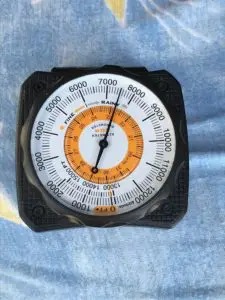 Our campsite was at about 7500 feet on this visit (oftentimes we stay much higher, closer to 9000-10,000 feet). We’ve noticed something odd at these high altitudes that we have also experienced in
Our campsite was at about 7500 feet on this visit (oftentimes we stay much higher, closer to 9000-10,000 feet). We’ve noticed something odd at these high altitudes that we have also experienced in 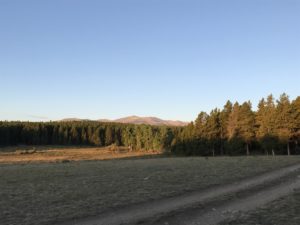 Sometimes when we head out we Disperse Camp. This is also known as “dry camping”, where you just set up your camp somewhere in the national forest, outside of an established campground. We tried this for the first time in Colorado, at both State Forest State Park and near Crested Butte. On both occasions, we did stay at an actual, numbered campsite, it was just away from any campground and we weren’t able to see our neighbors.
Sometimes when we head out we Disperse Camp. This is also known as “dry camping”, where you just set up your camp somewhere in the national forest, outside of an established campground. We tried this for the first time in Colorado, at both State Forest State Park and near Crested Butte. On both occasions, we did stay at an actual, numbered campsite, it was just away from any campground and we weren’t able to see our neighbors.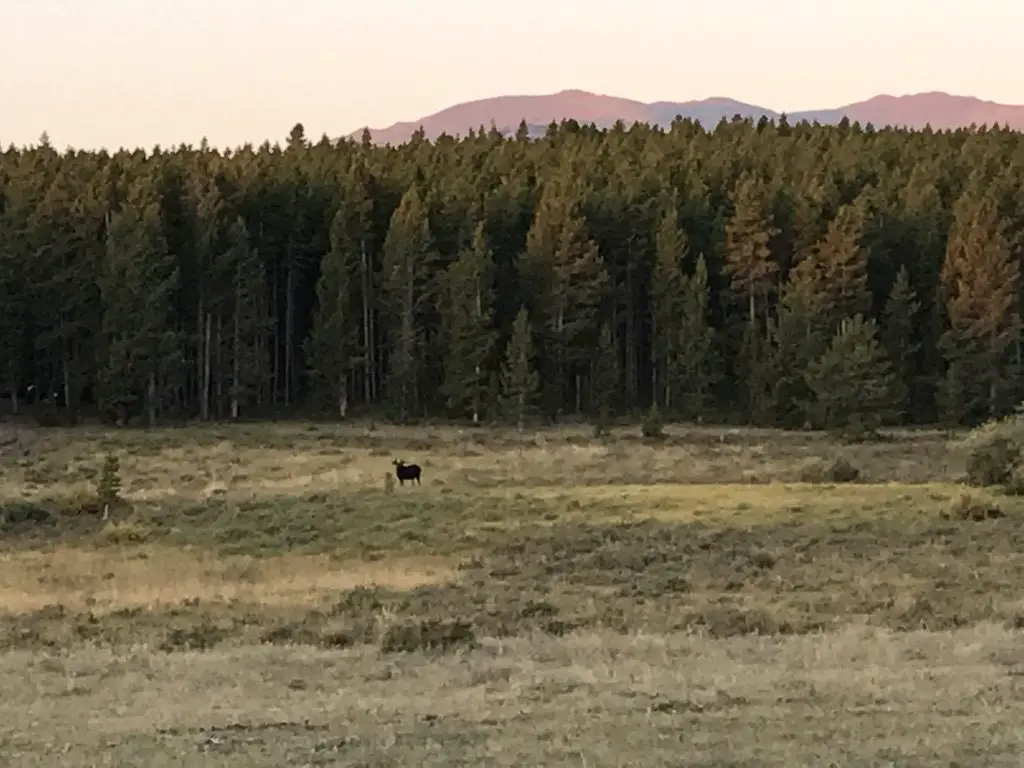
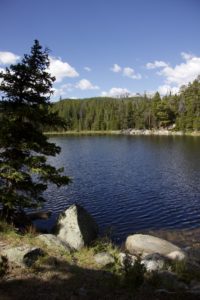
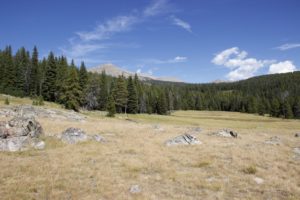 This hike was deceptively tough. It’s only about three miles in total length, but it’s overgrown in many spots, very rocky and there are lots of downed trees. We actually lost the trail several times and had to root around to locate it again. Other parts of it are PERFECT though. They feature a flat, graded path through a moist, pine forest, that is surrounded on both sides by a green carpet of ferns, moss, and soft undergrowth. It almost felt like hiking in the cool rainforests of the Pacific Northwest. It was such an idyllic sight!
This hike was deceptively tough. It’s only about three miles in total length, but it’s overgrown in many spots, very rocky and there are lots of downed trees. We actually lost the trail several times and had to root around to locate it again. Other parts of it are PERFECT though. They feature a flat, graded path through a moist, pine forest, that is surrounded on both sides by a green carpet of ferns, moss, and soft undergrowth. It almost felt like hiking in the cool rainforests of the Pacific Northwest. It was such an idyllic sight!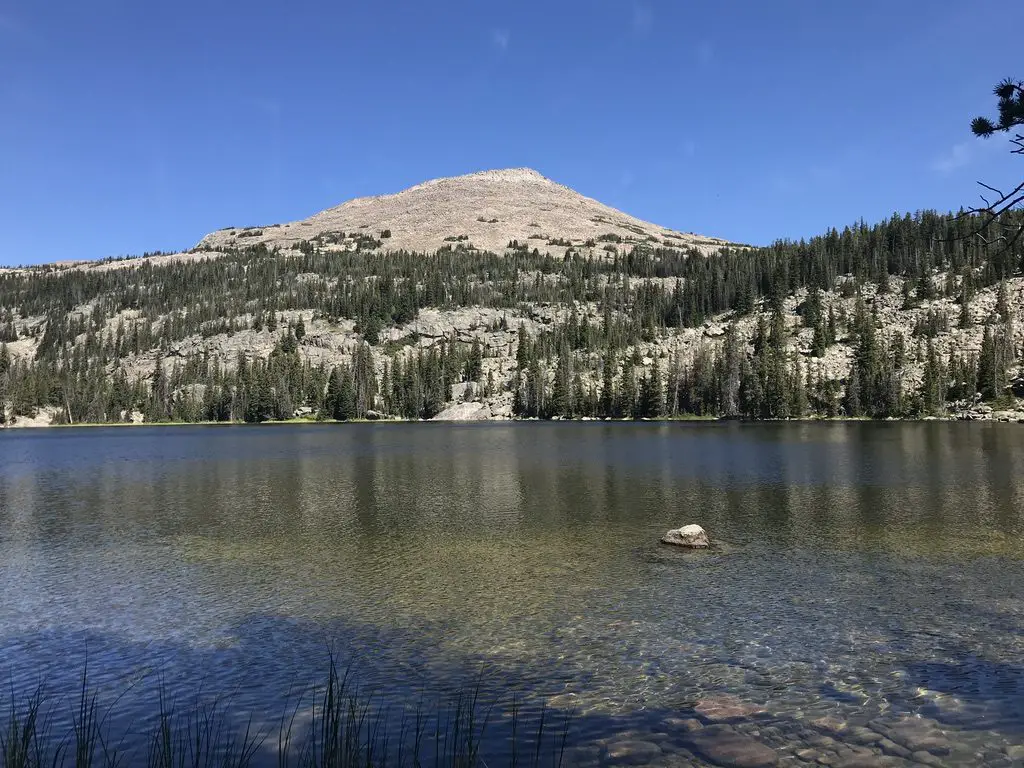
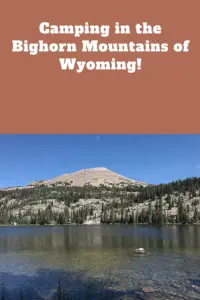
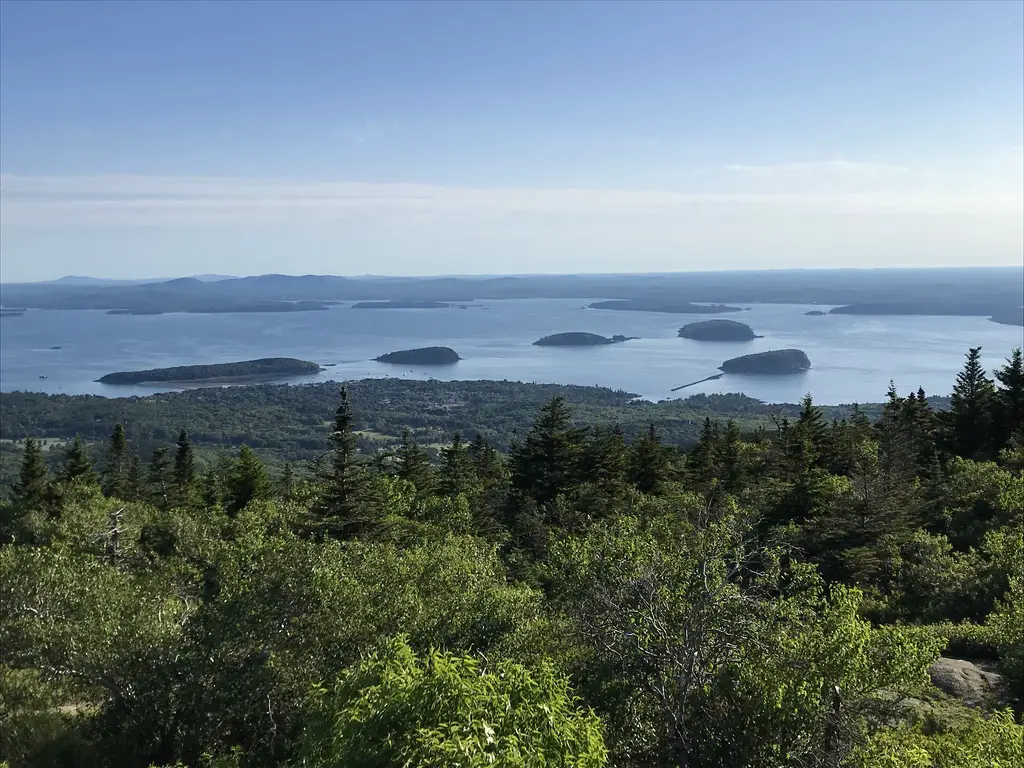
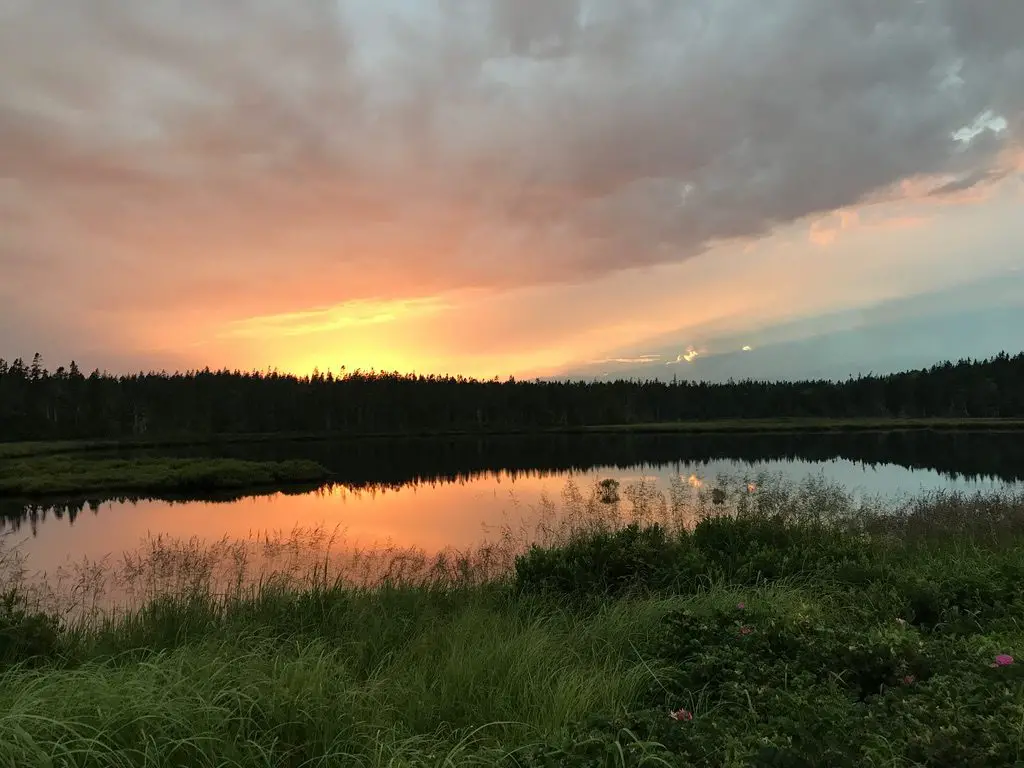
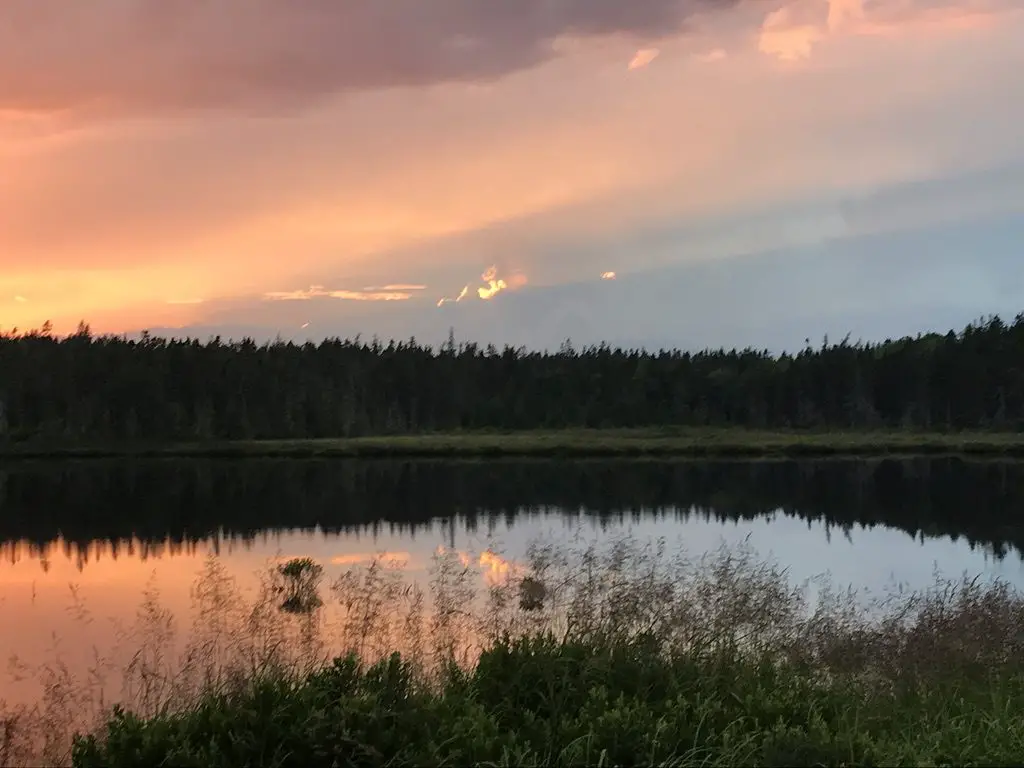
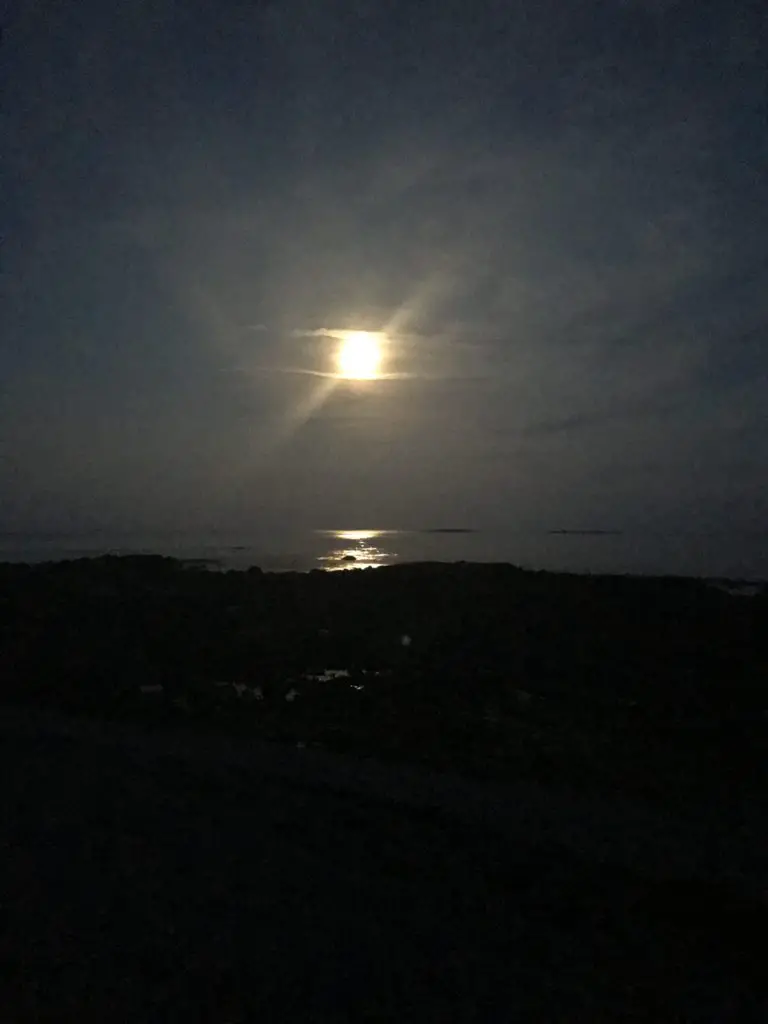
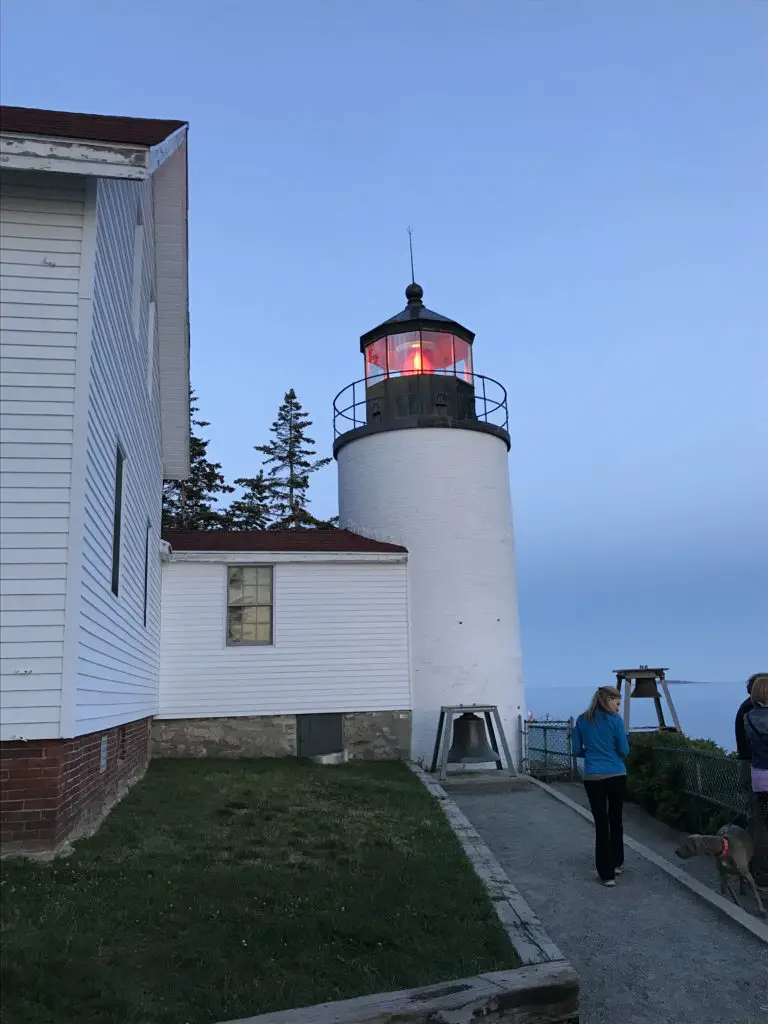
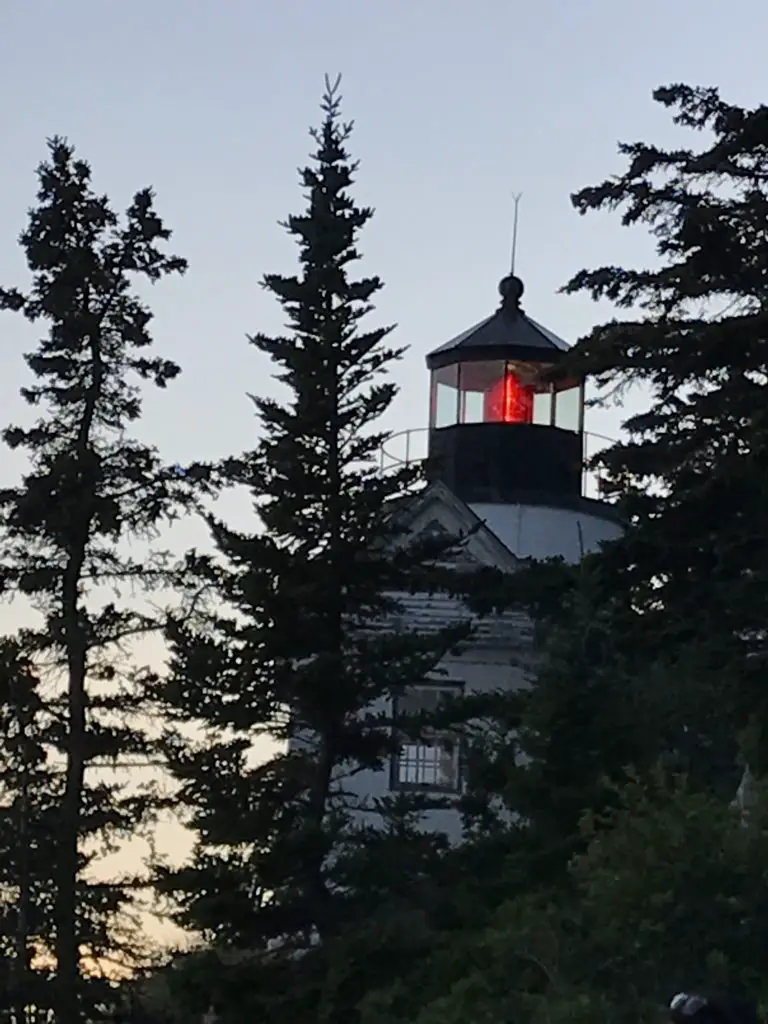
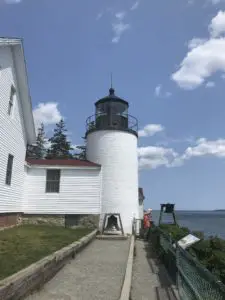
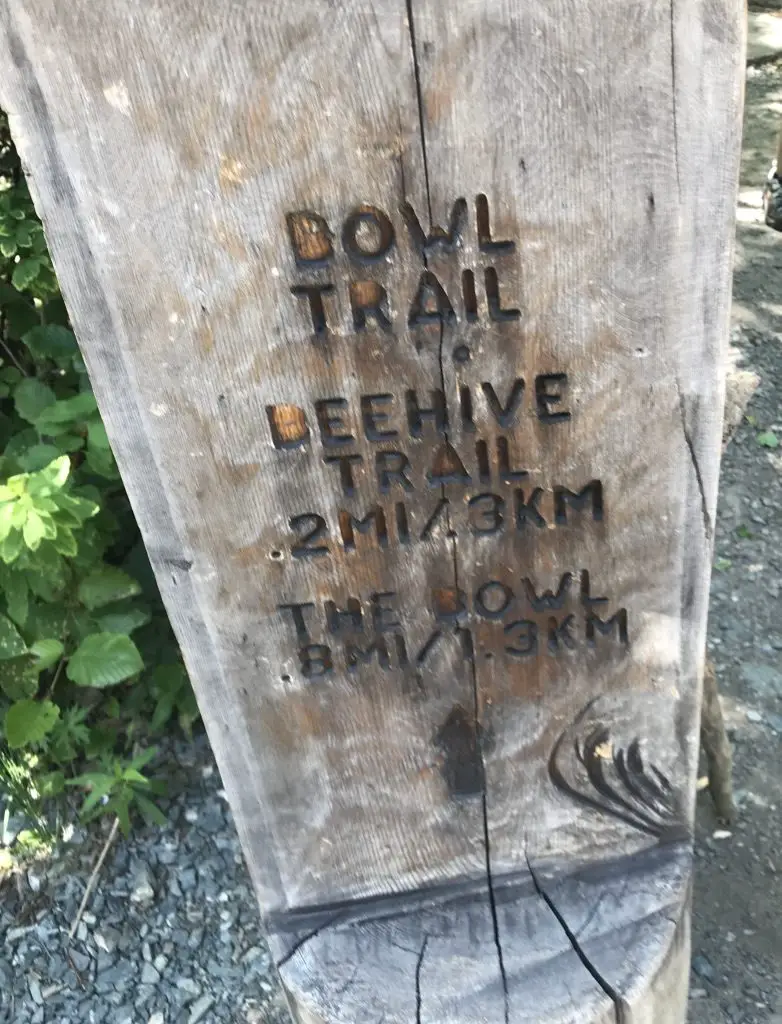
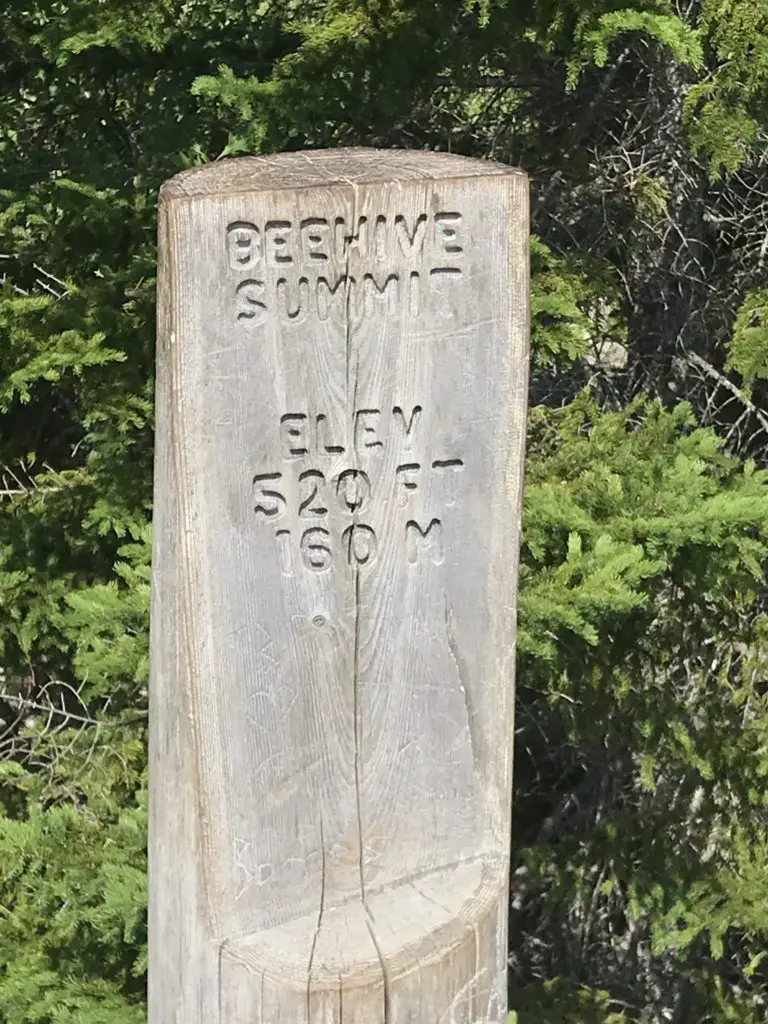
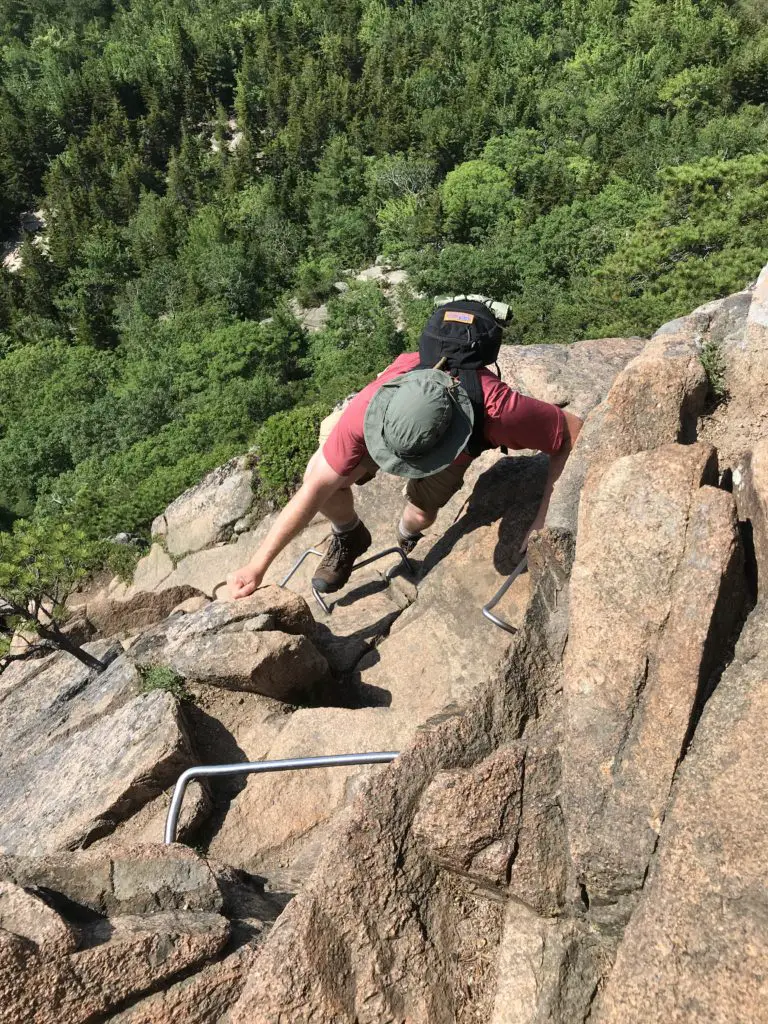
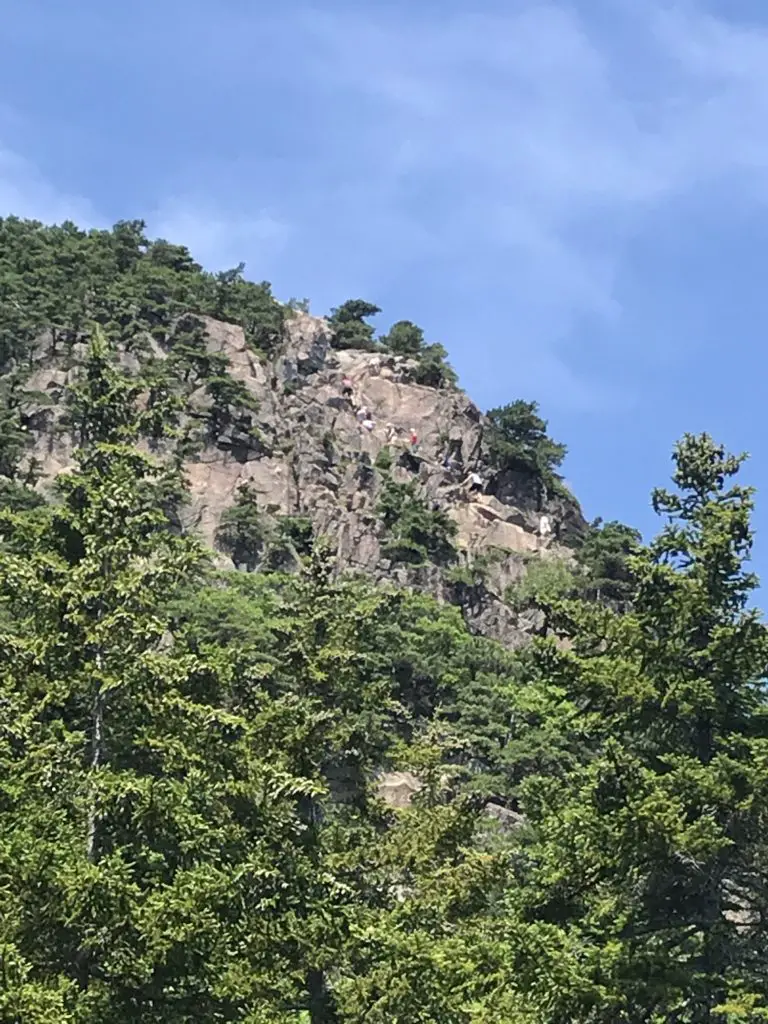
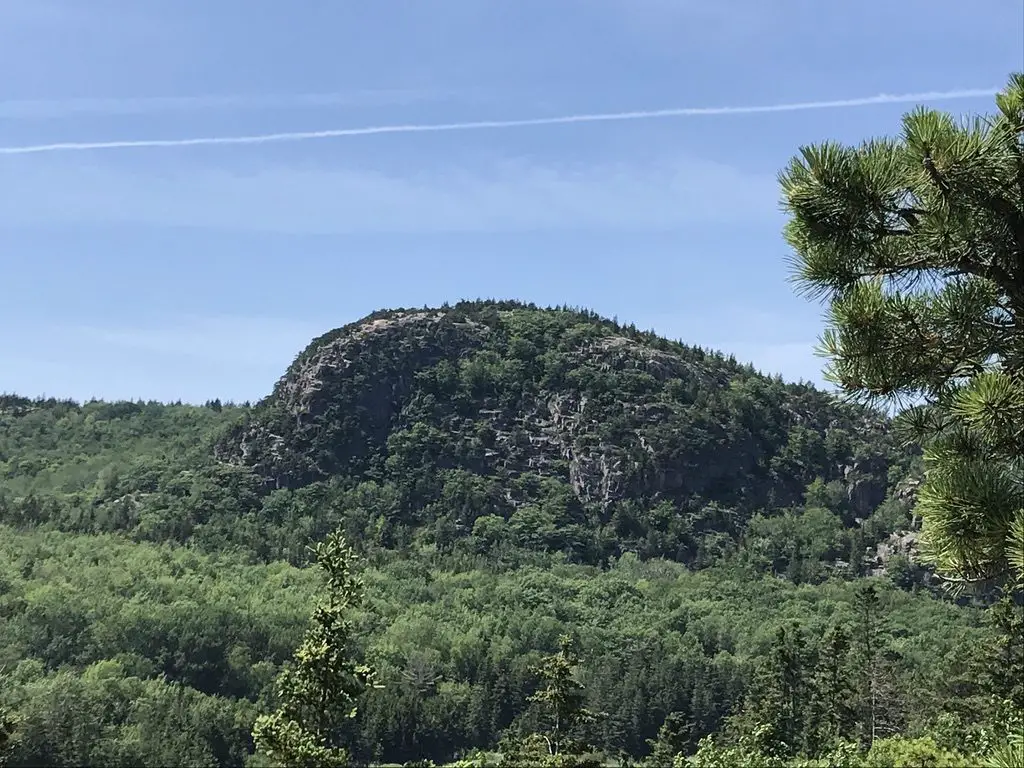
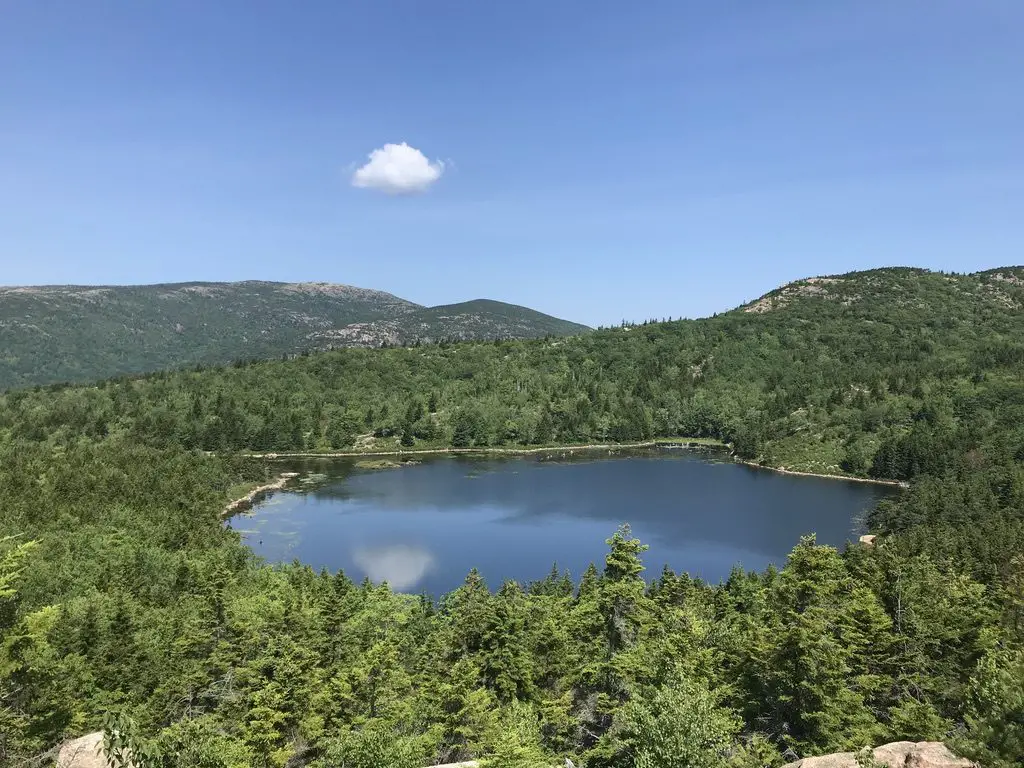
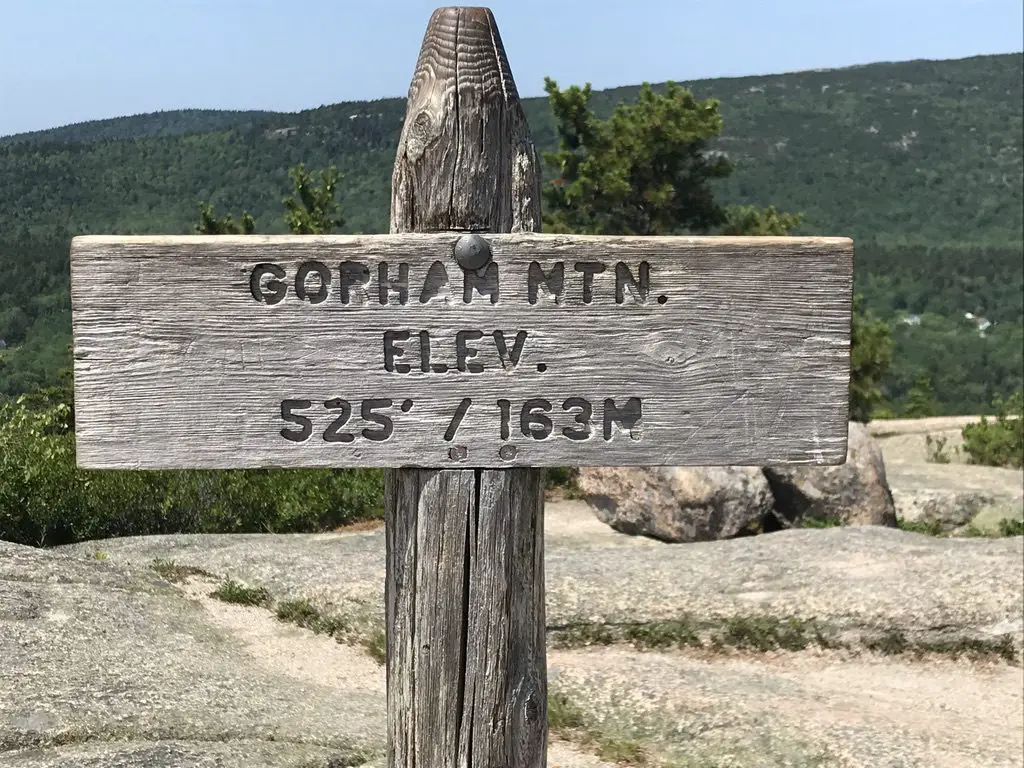
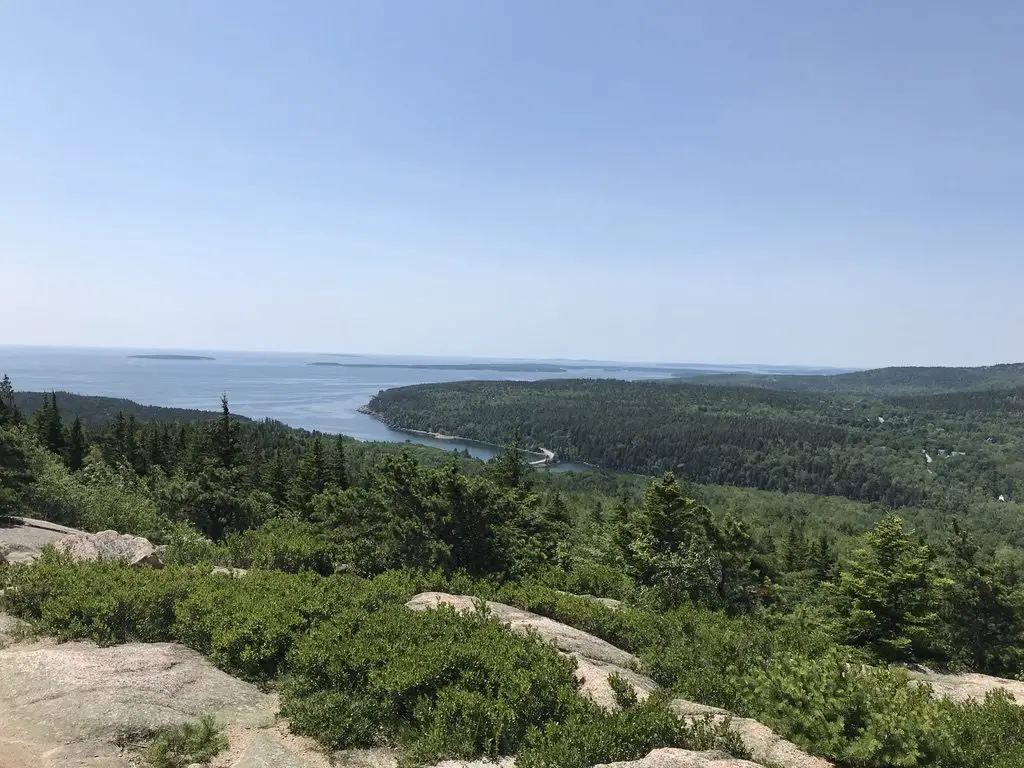
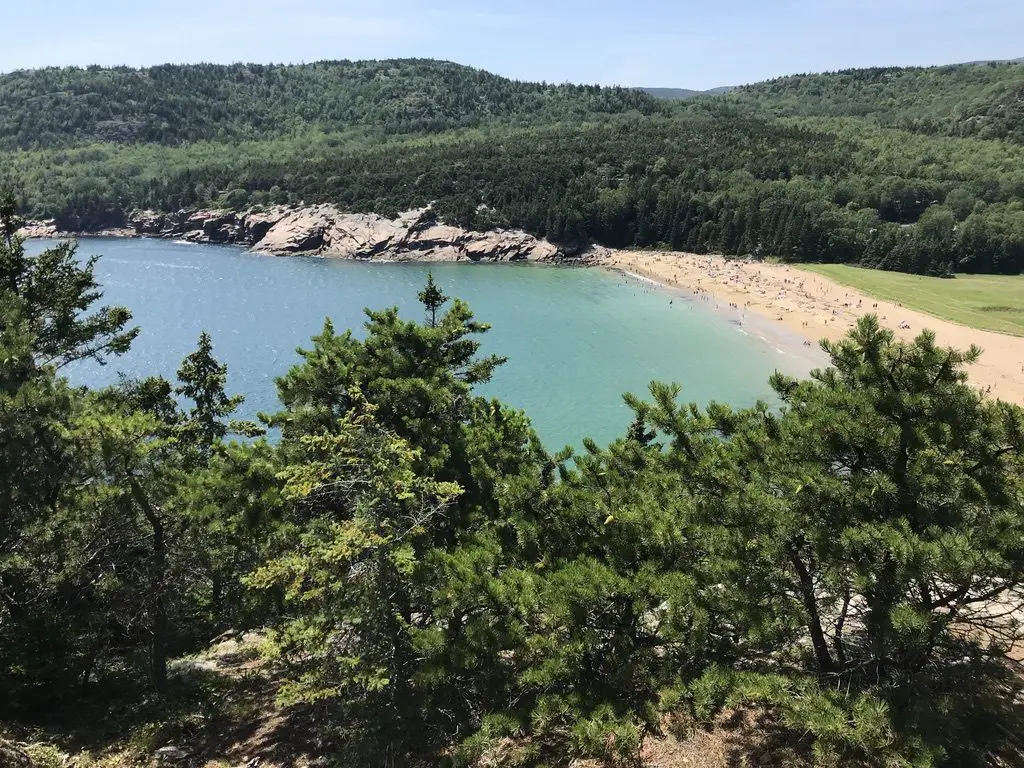
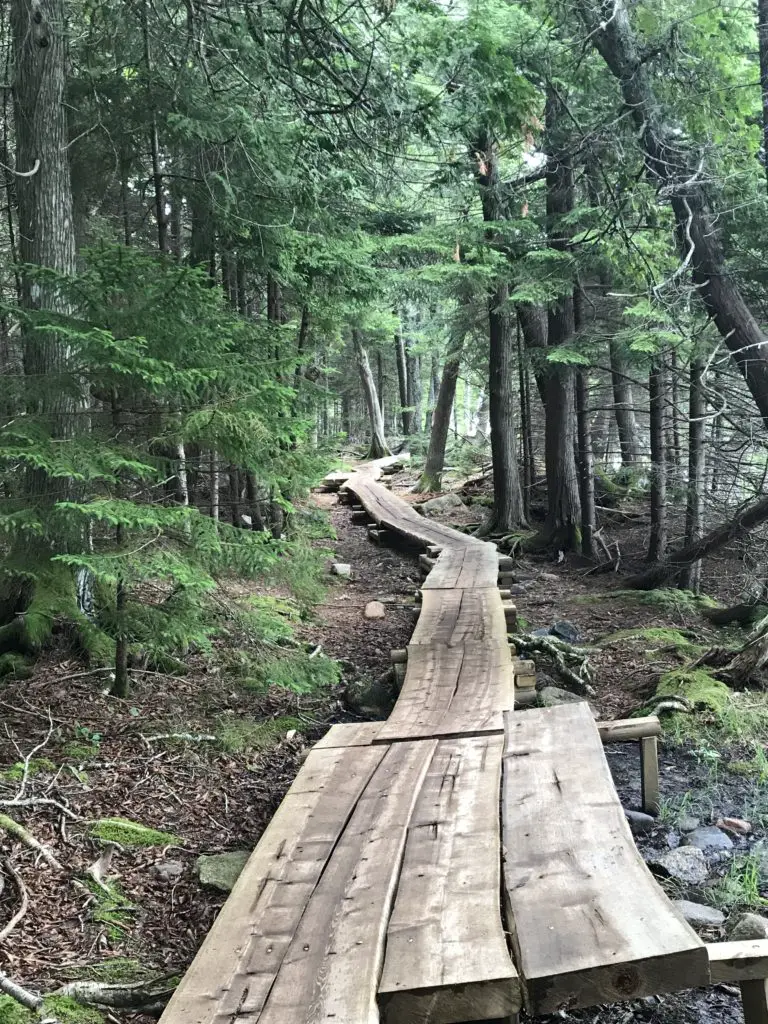
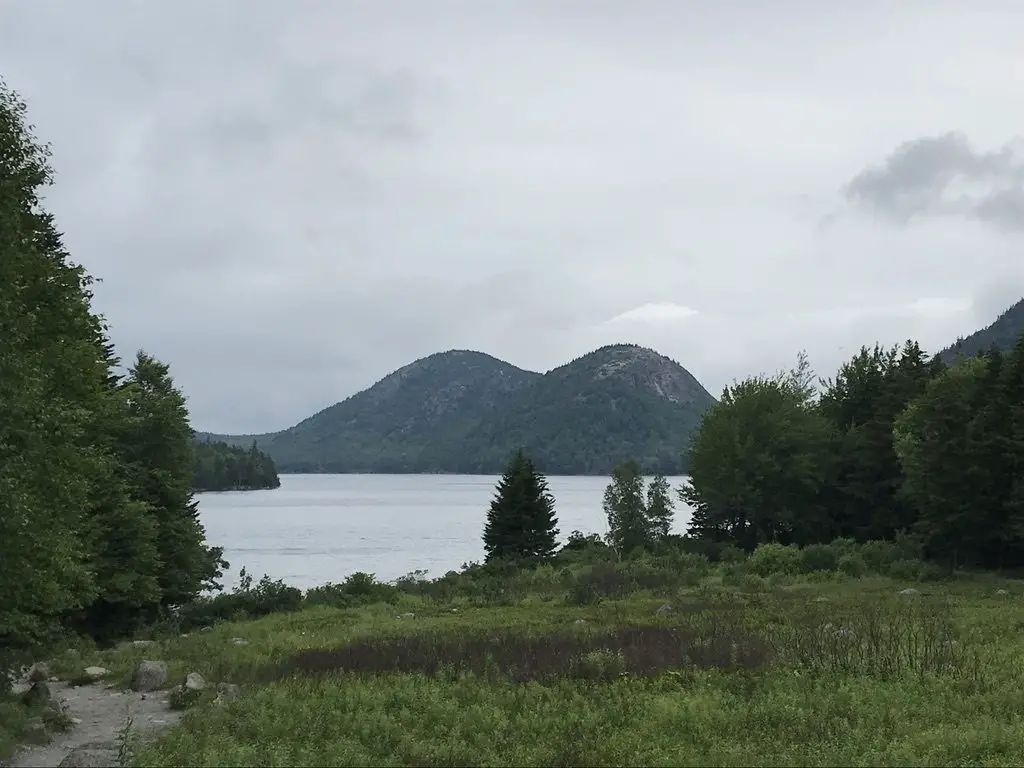
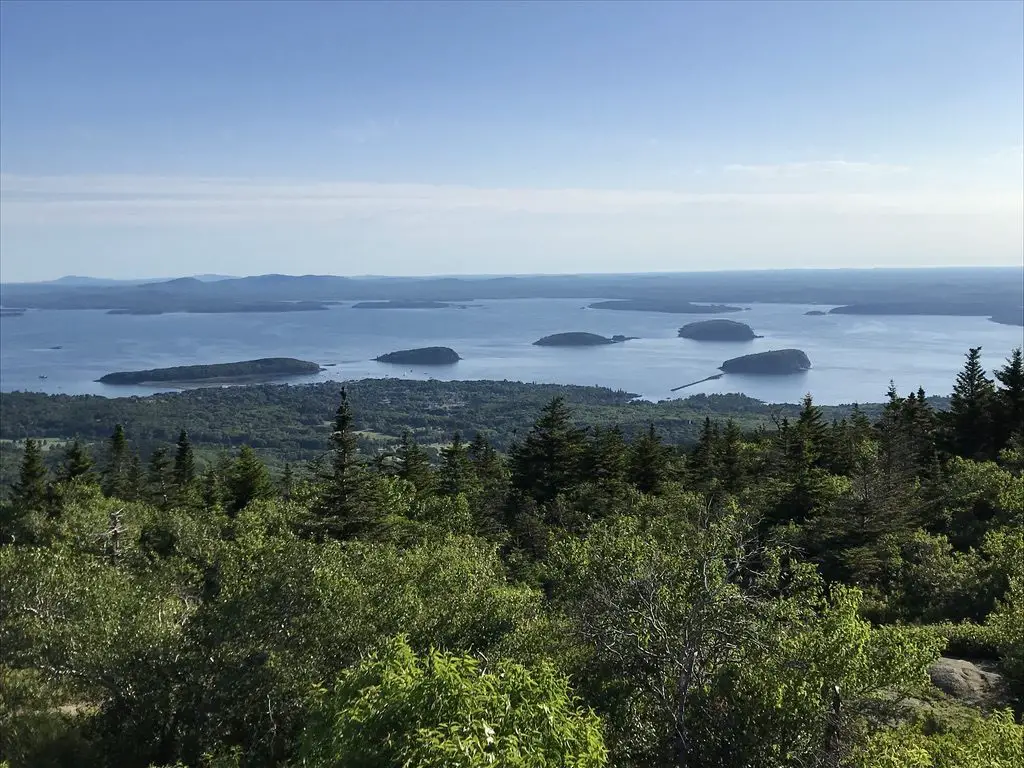
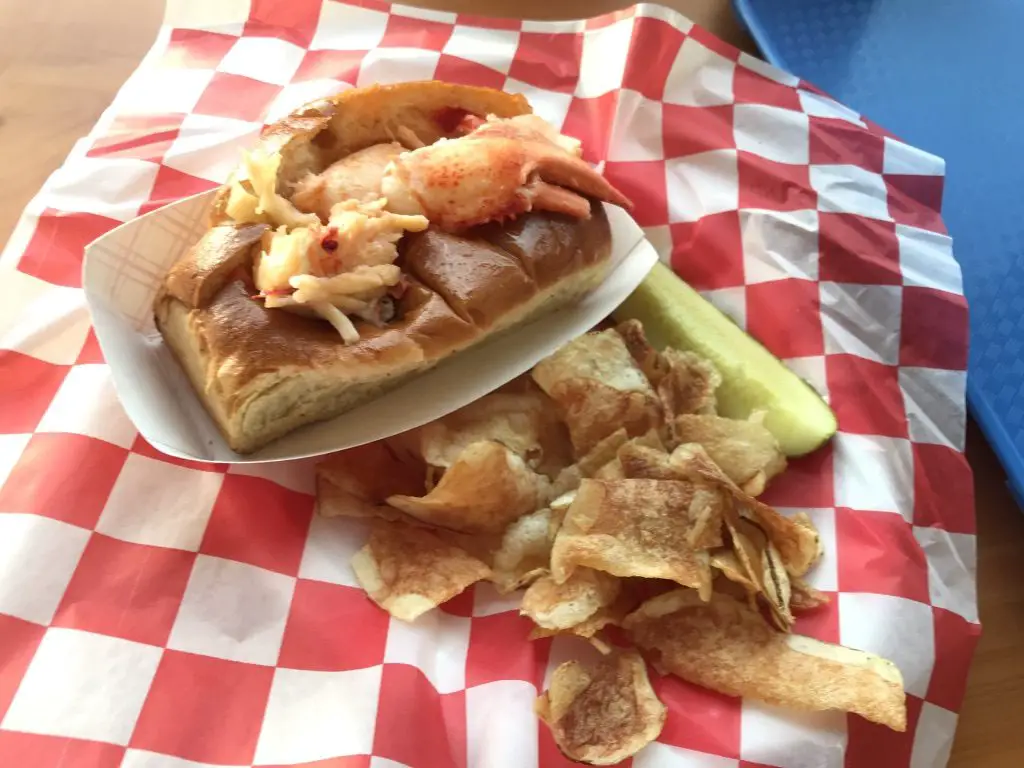
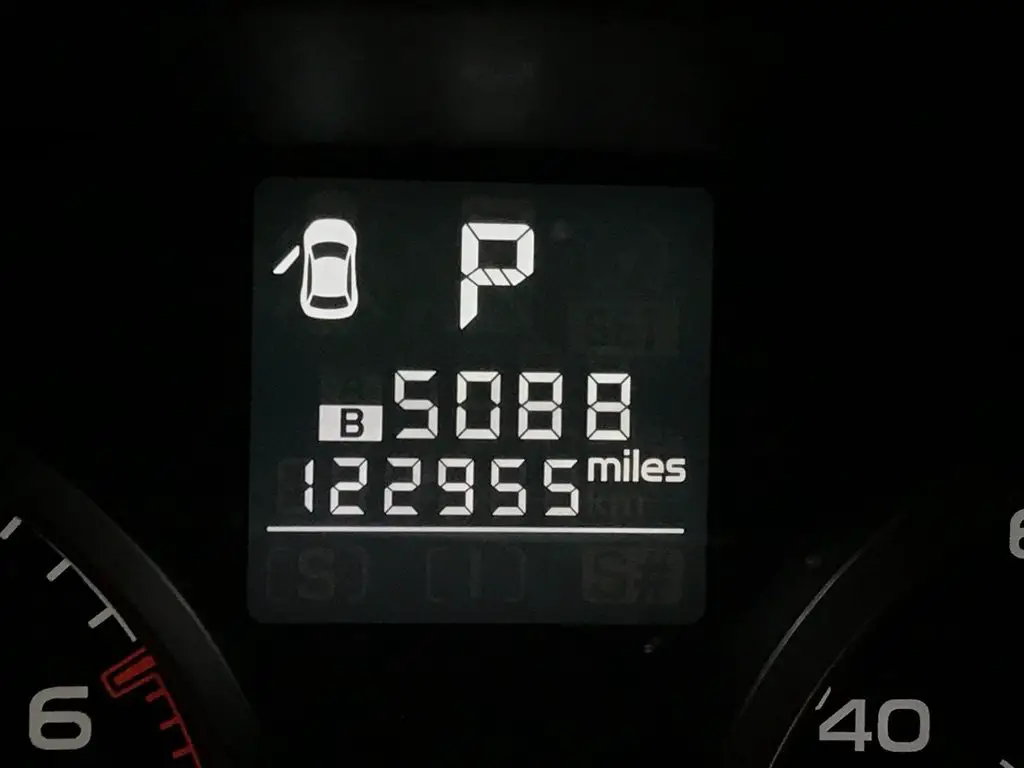
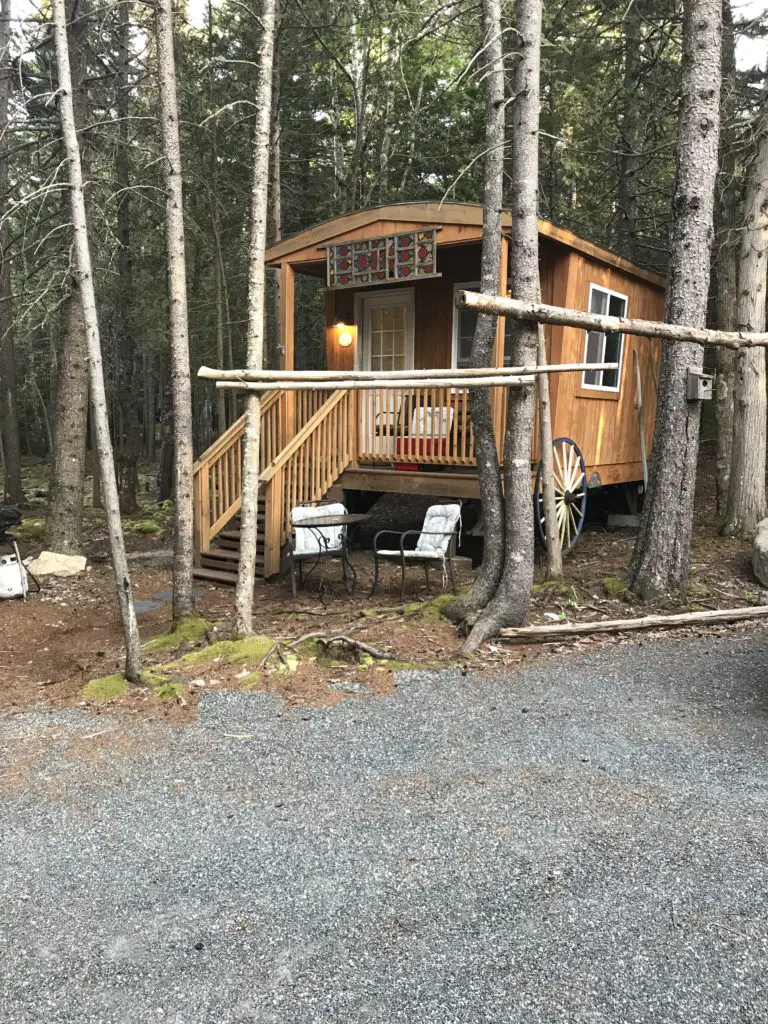
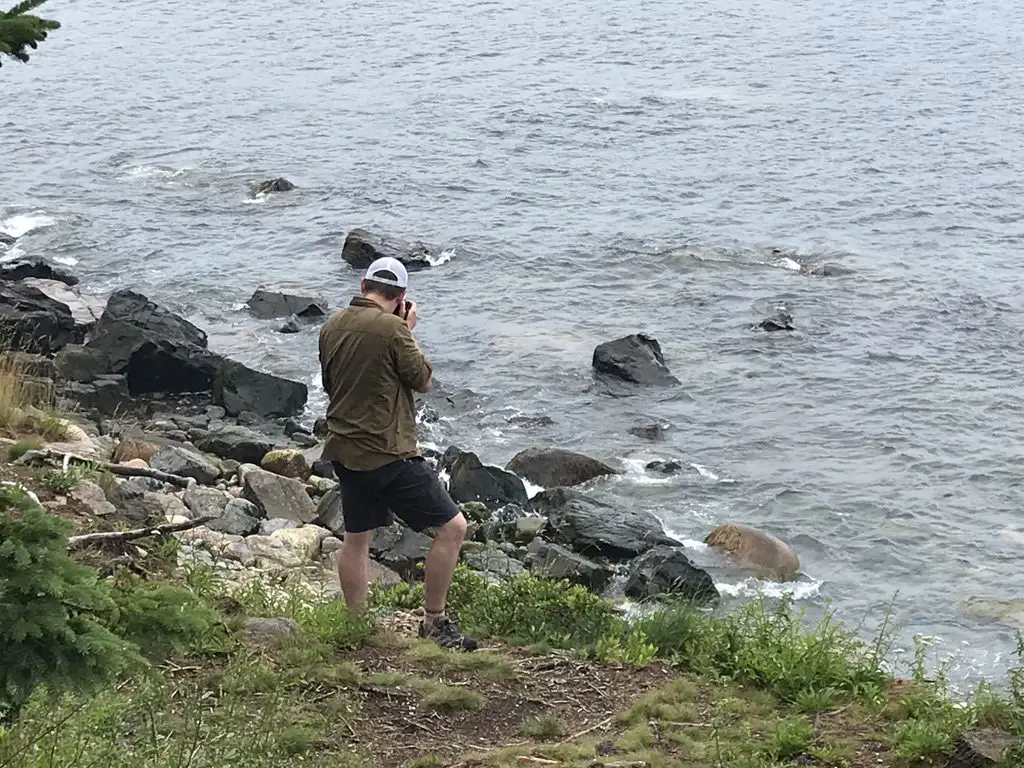
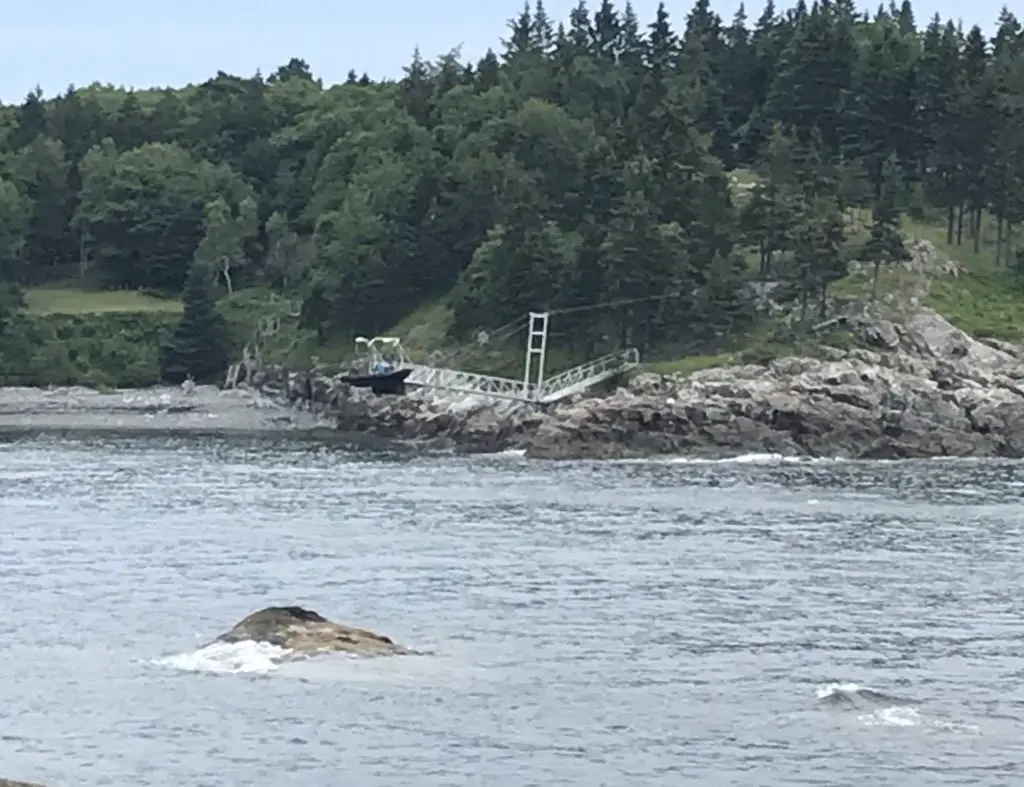
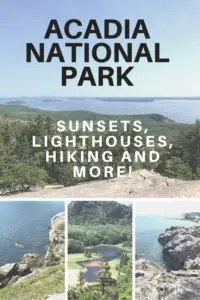
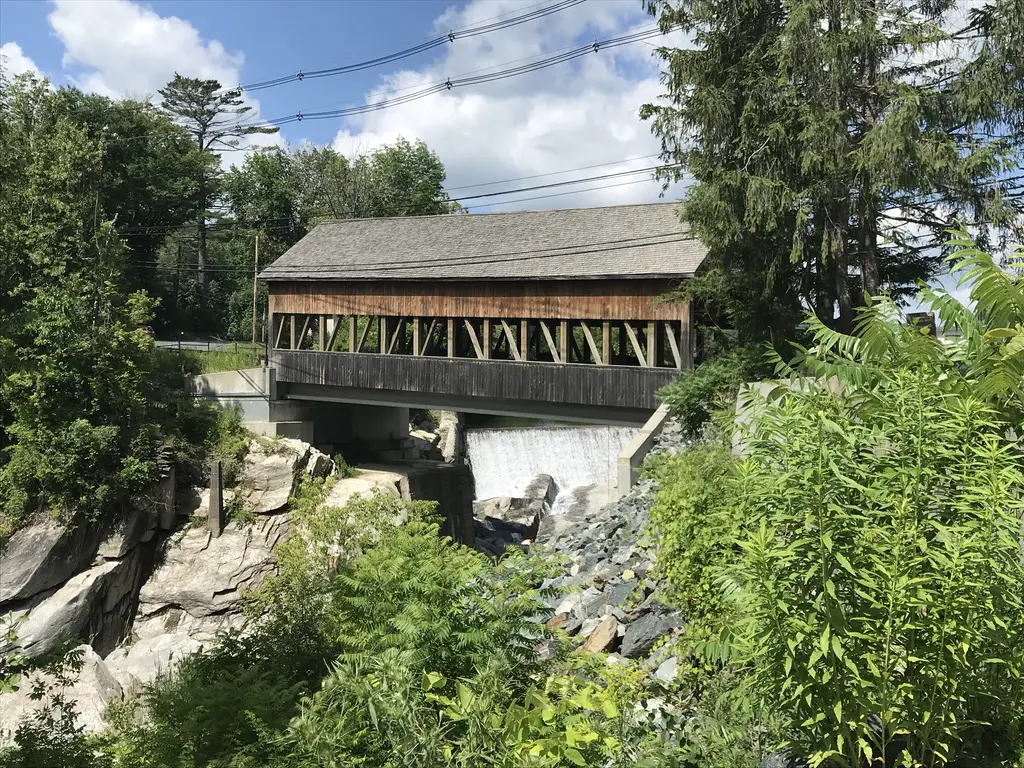
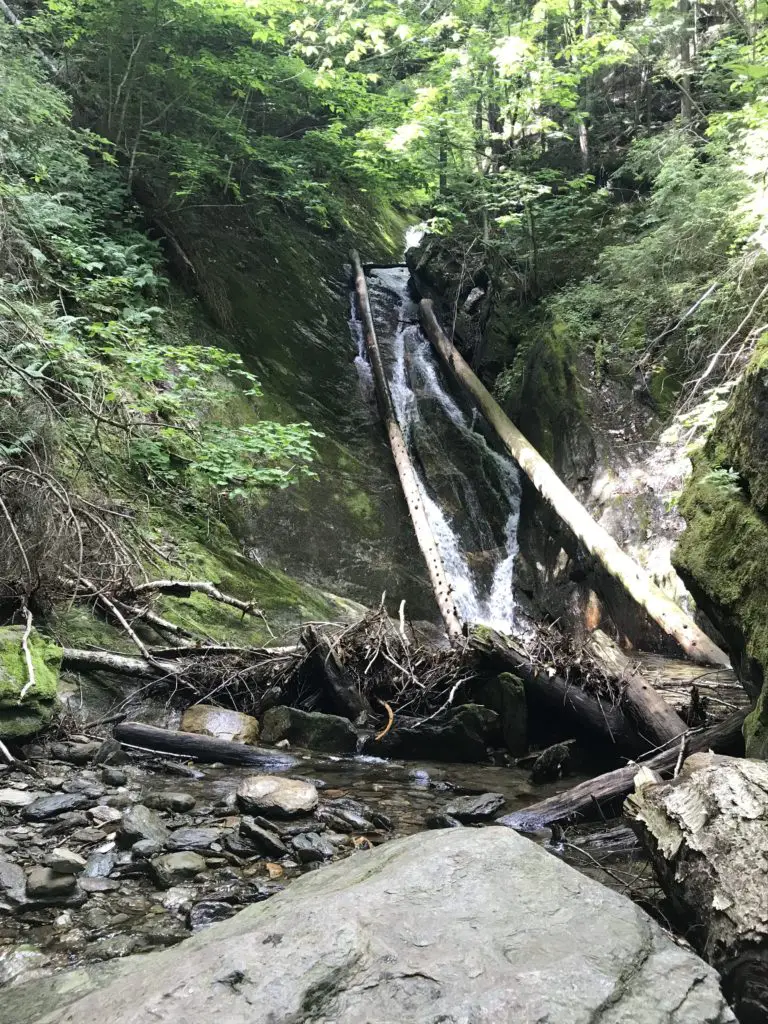
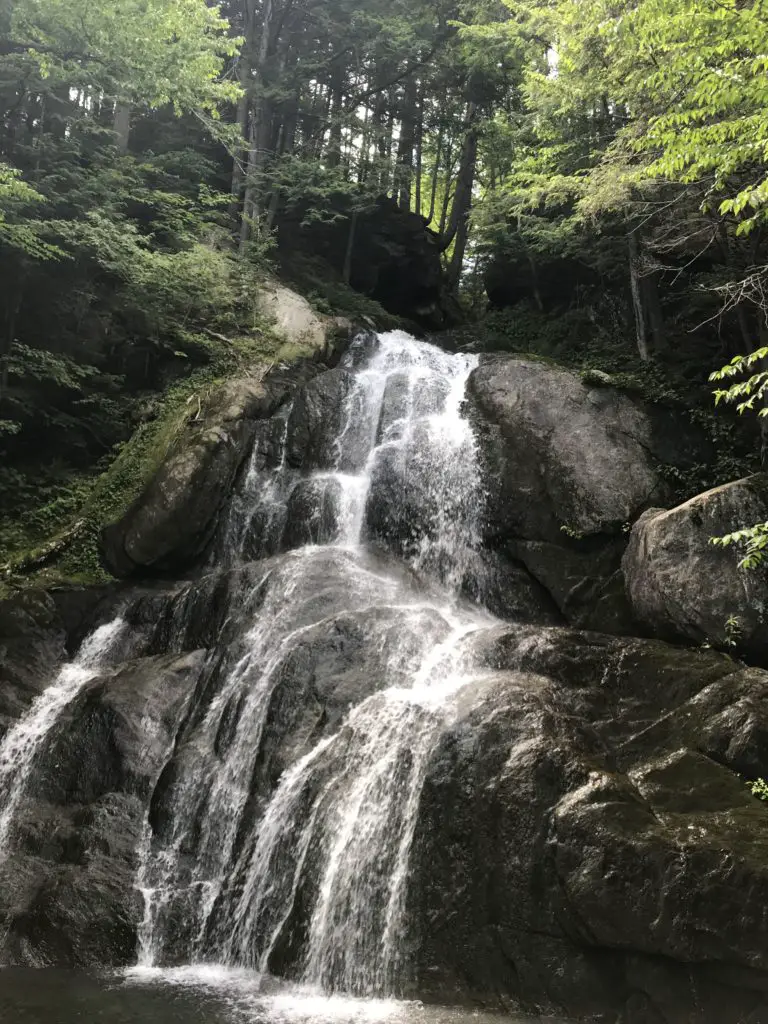
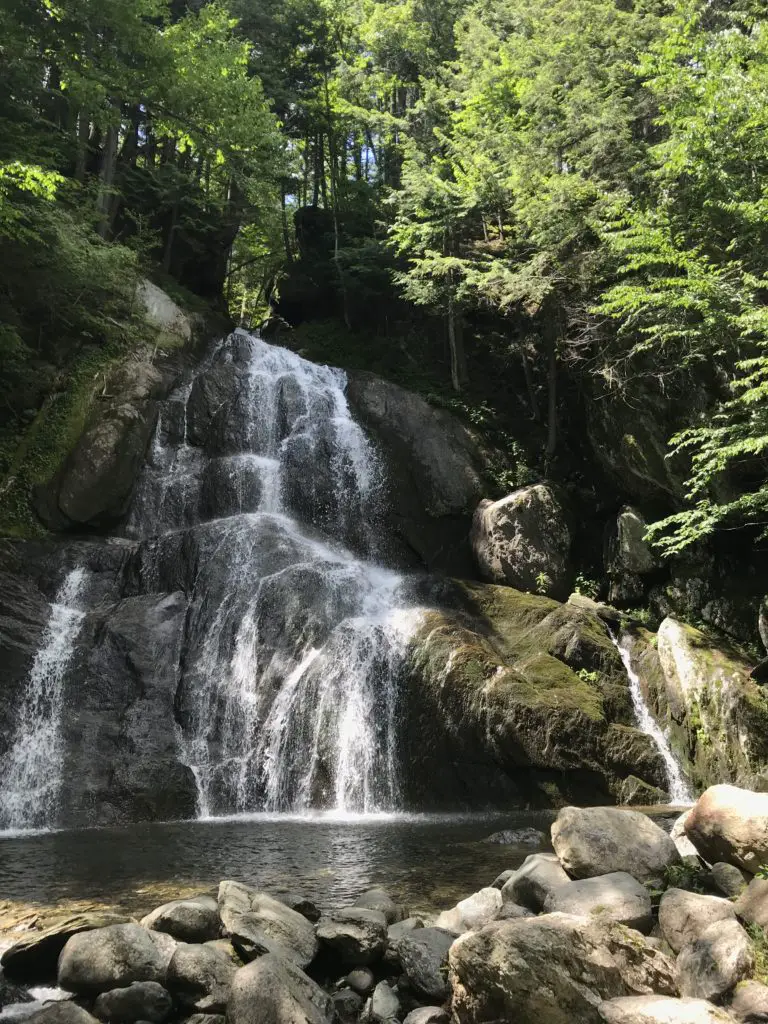
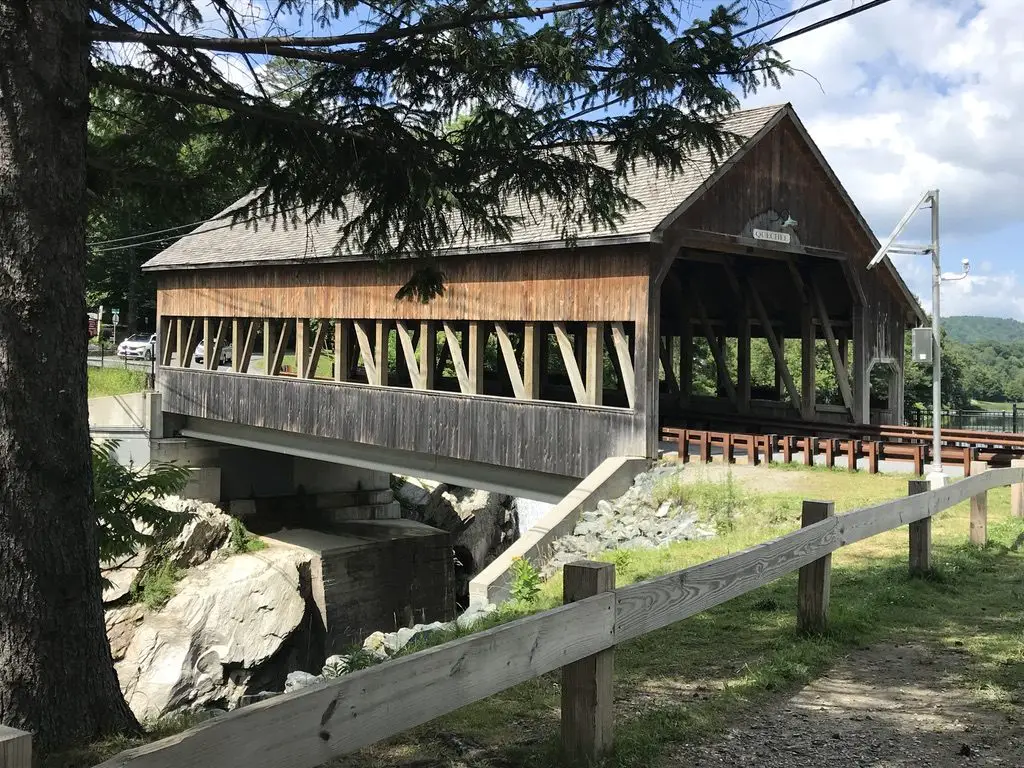
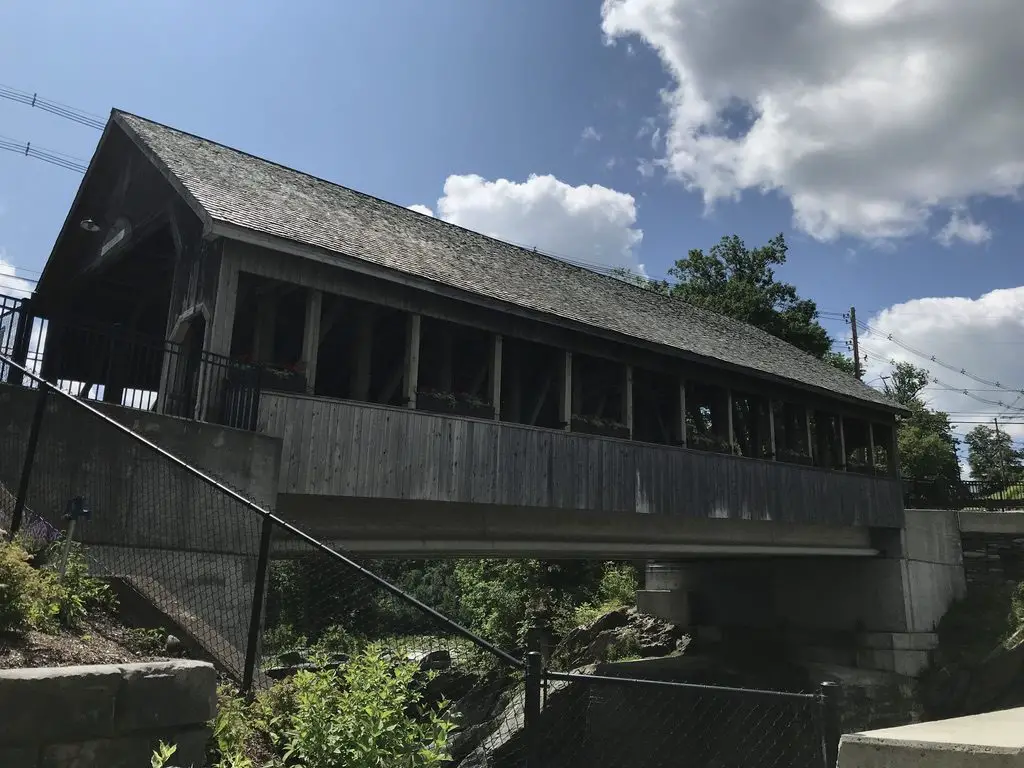
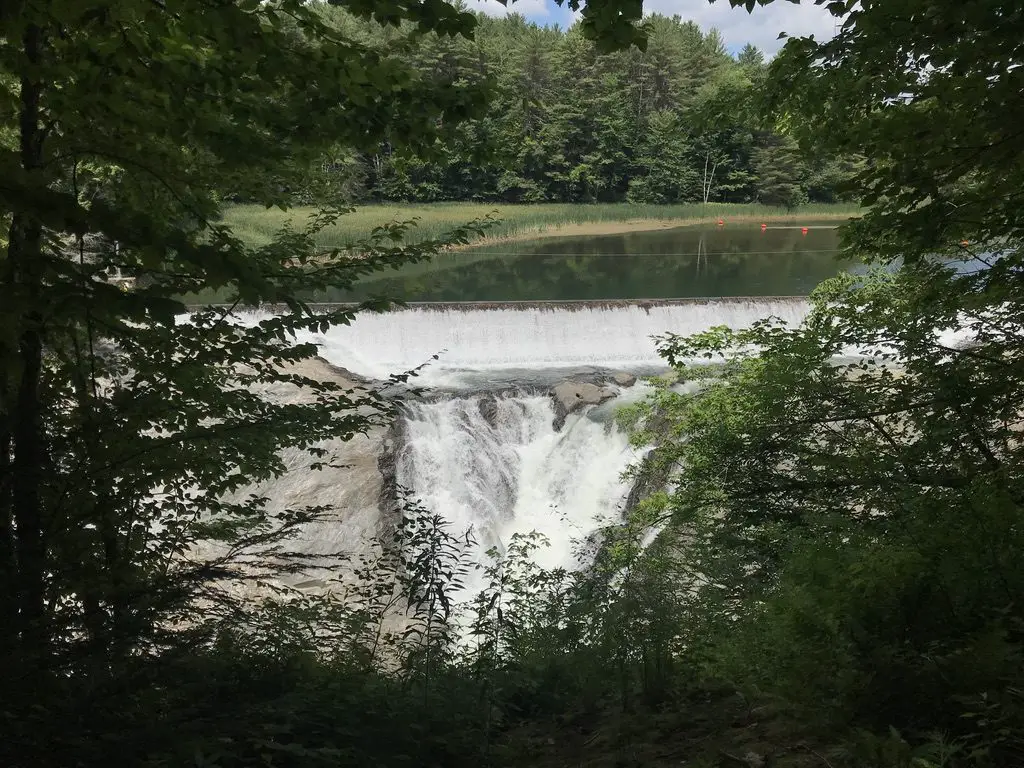
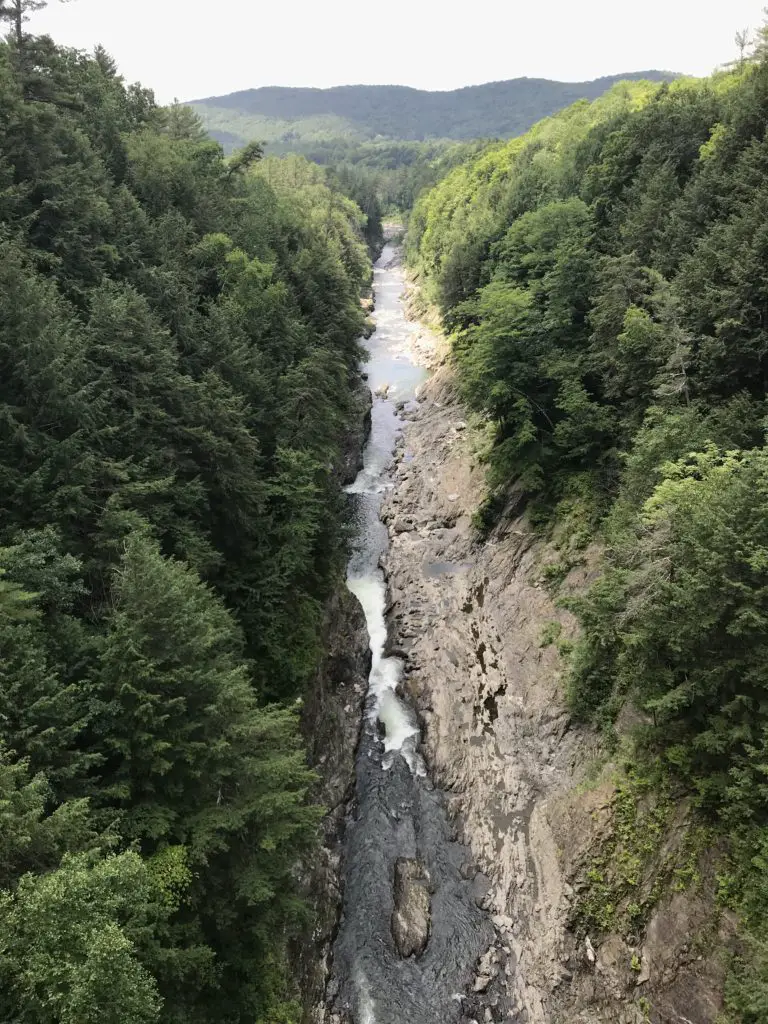
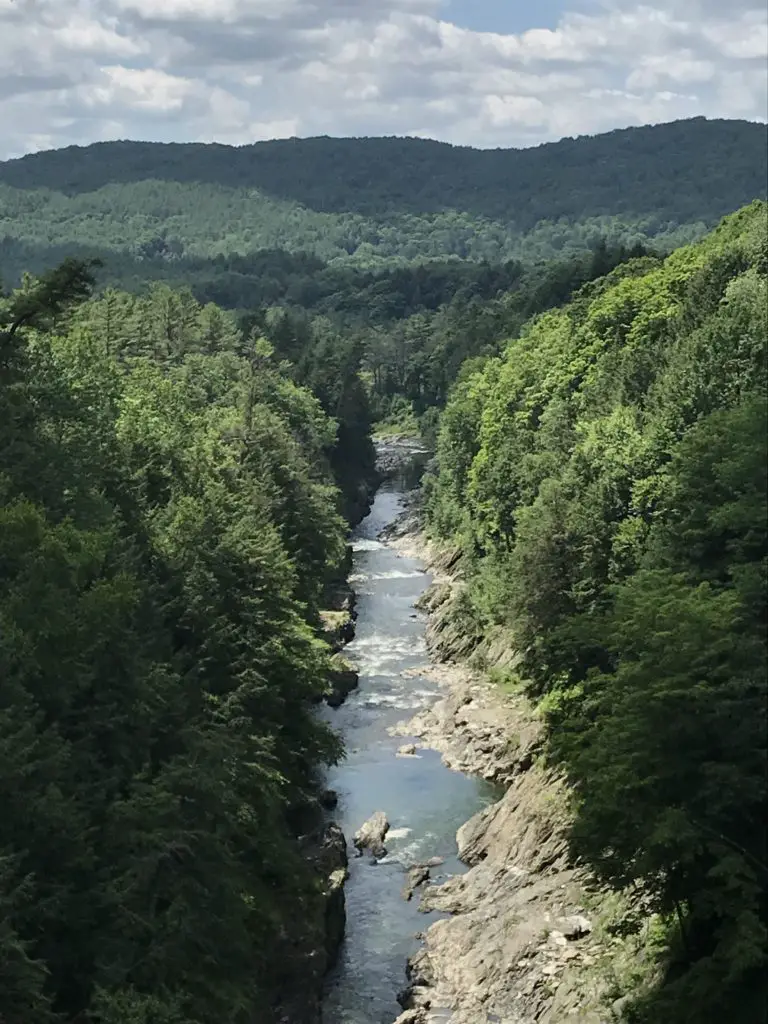
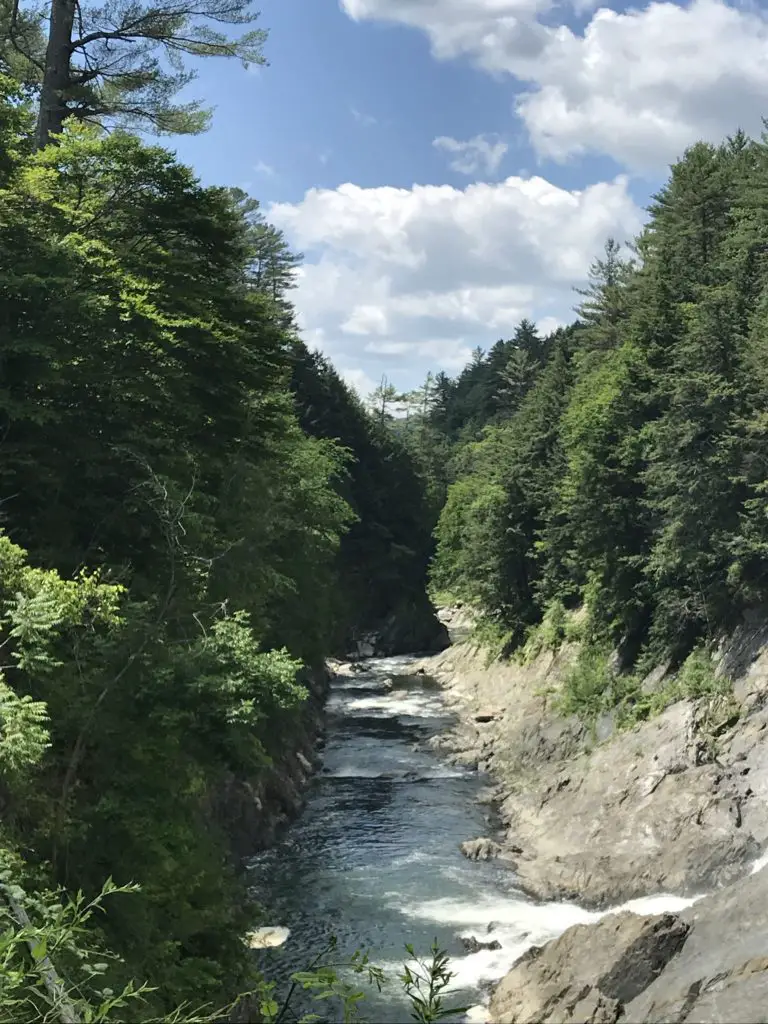
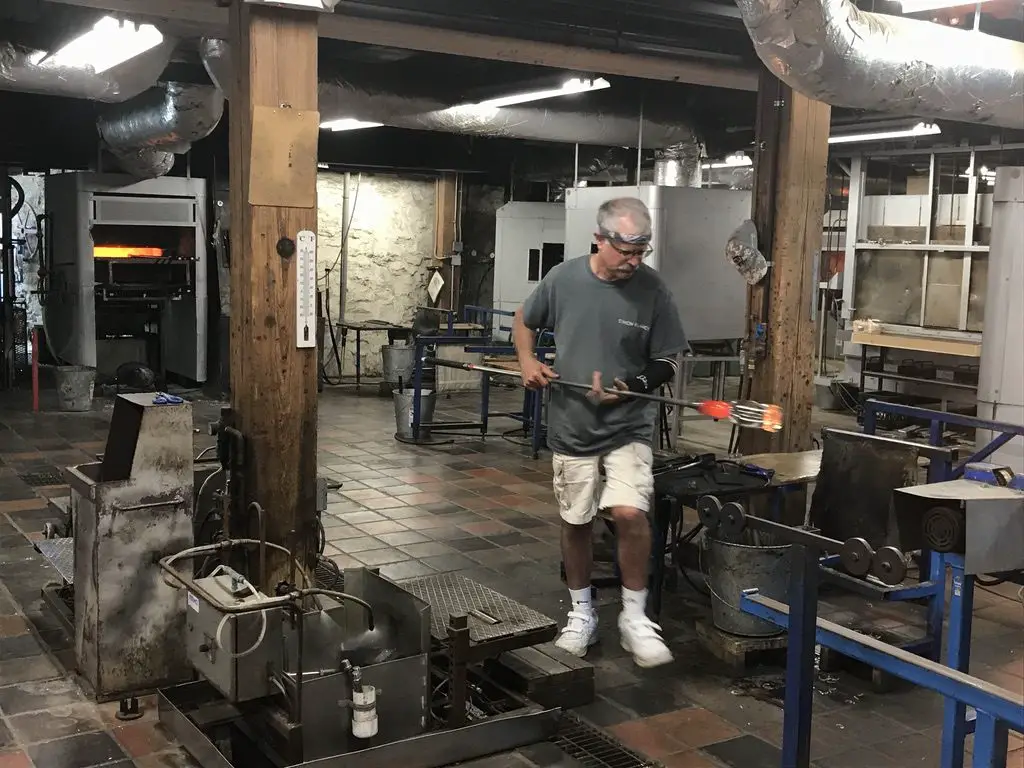
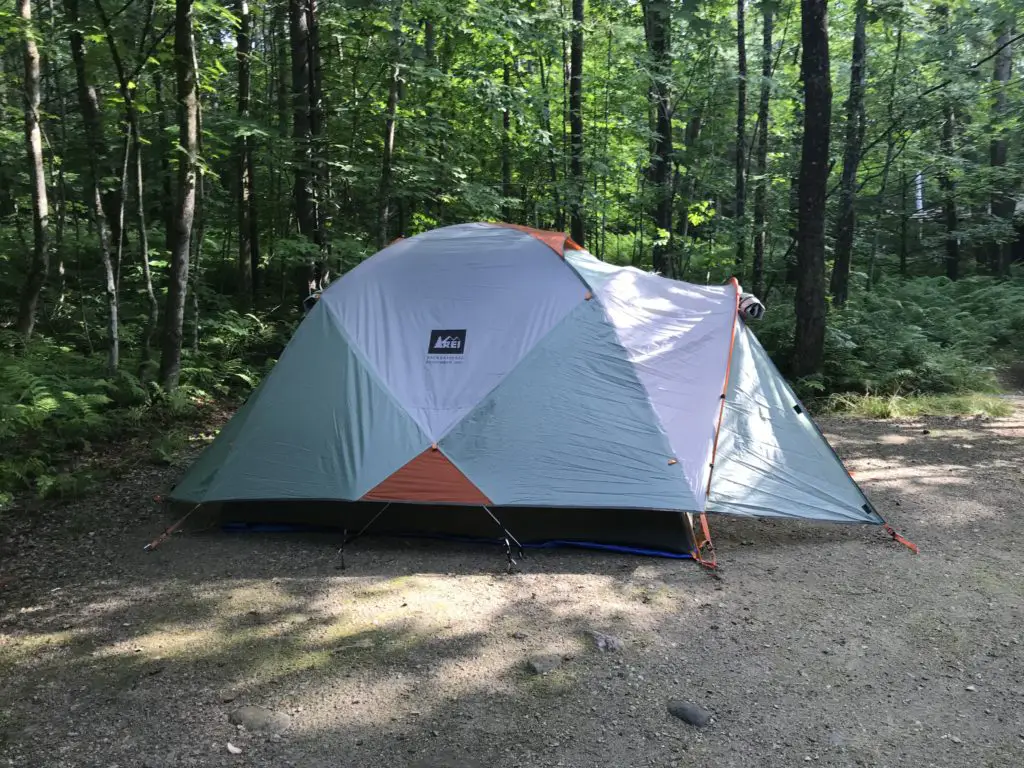
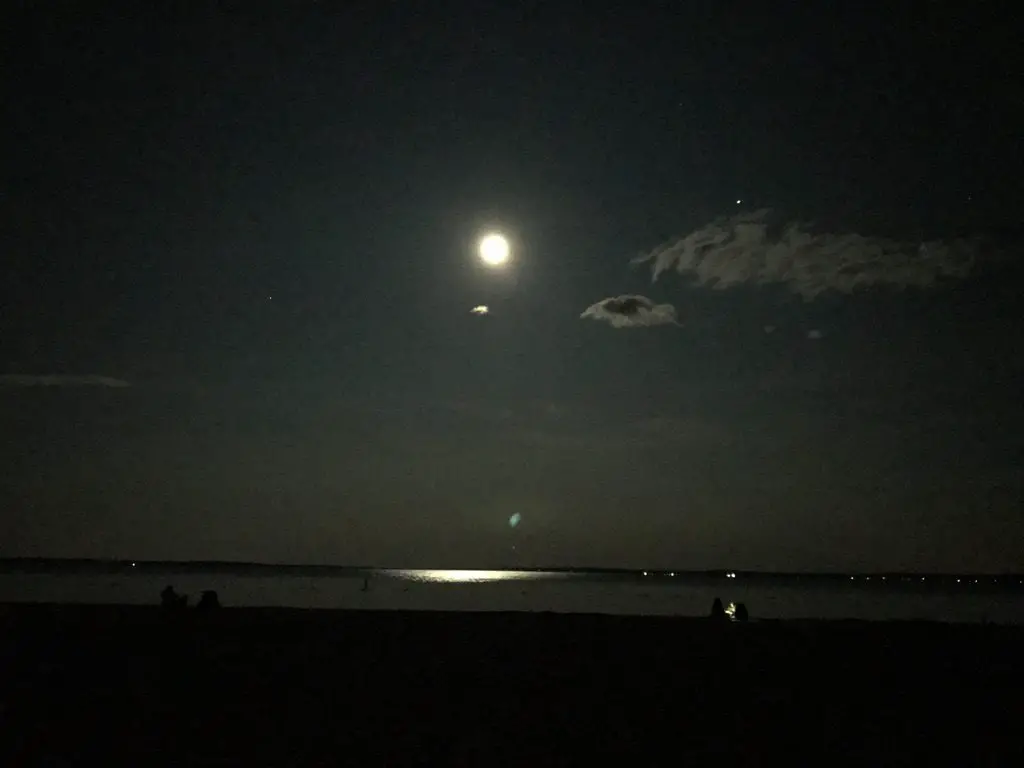
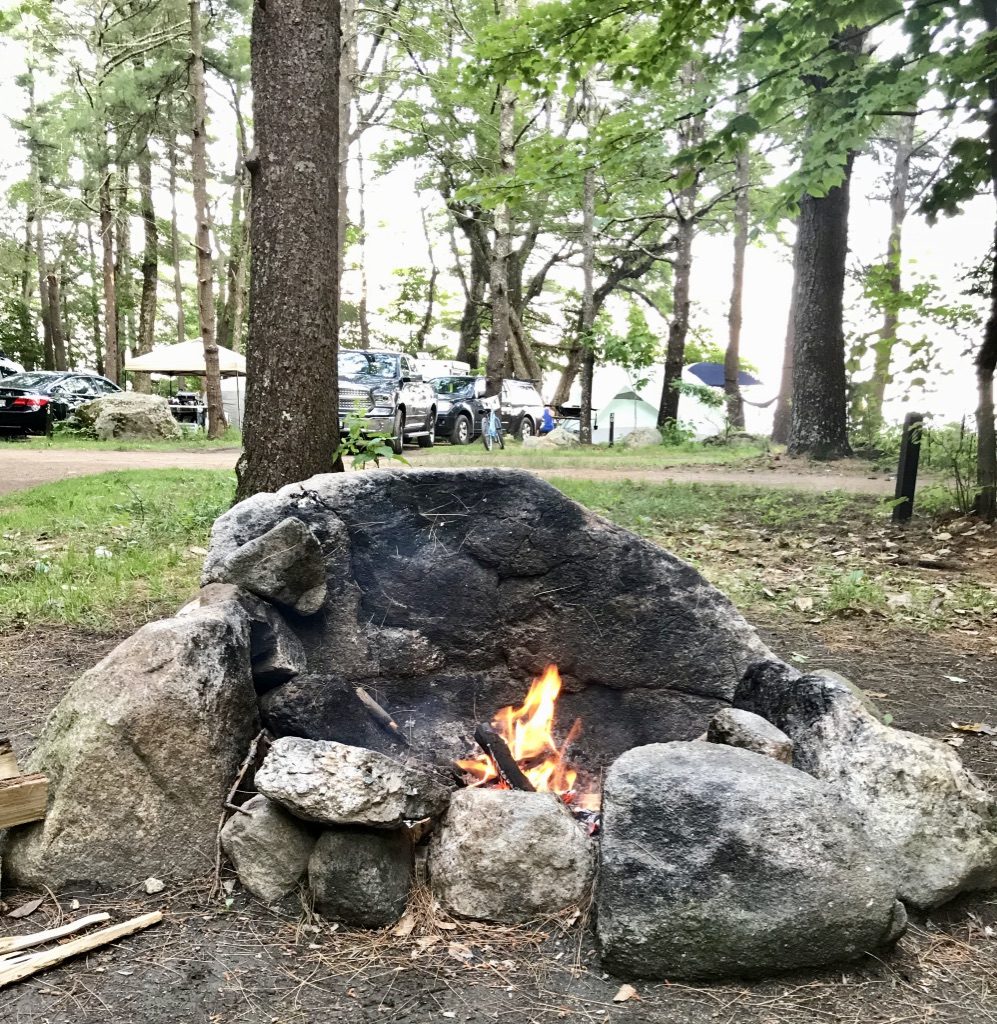
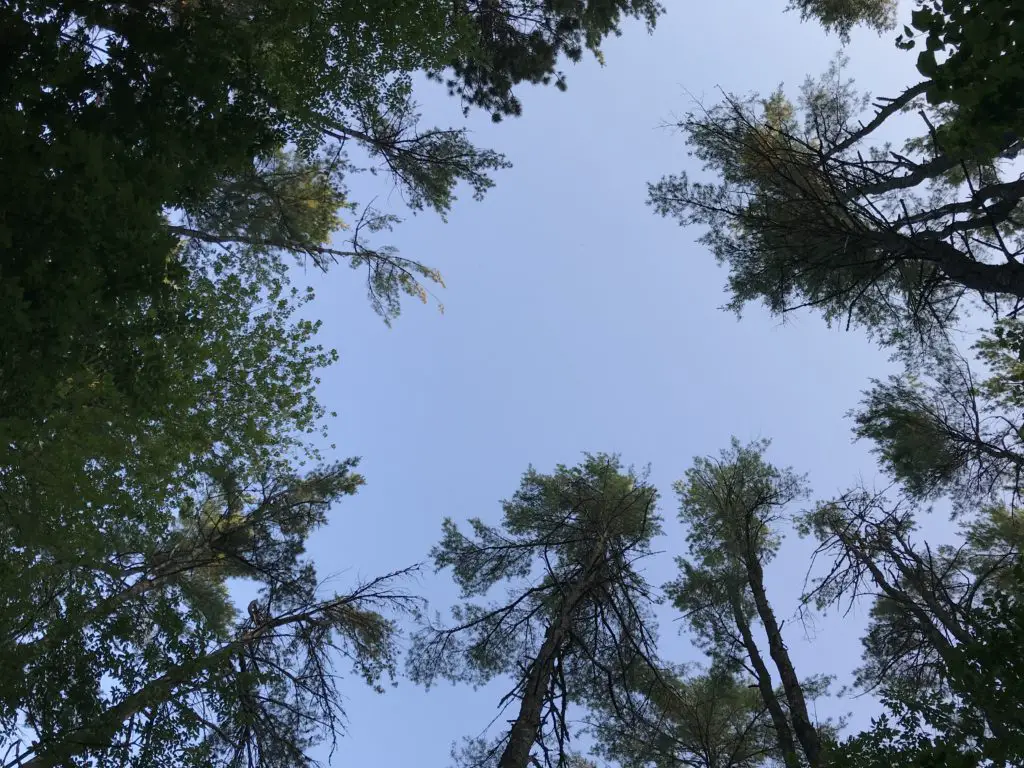
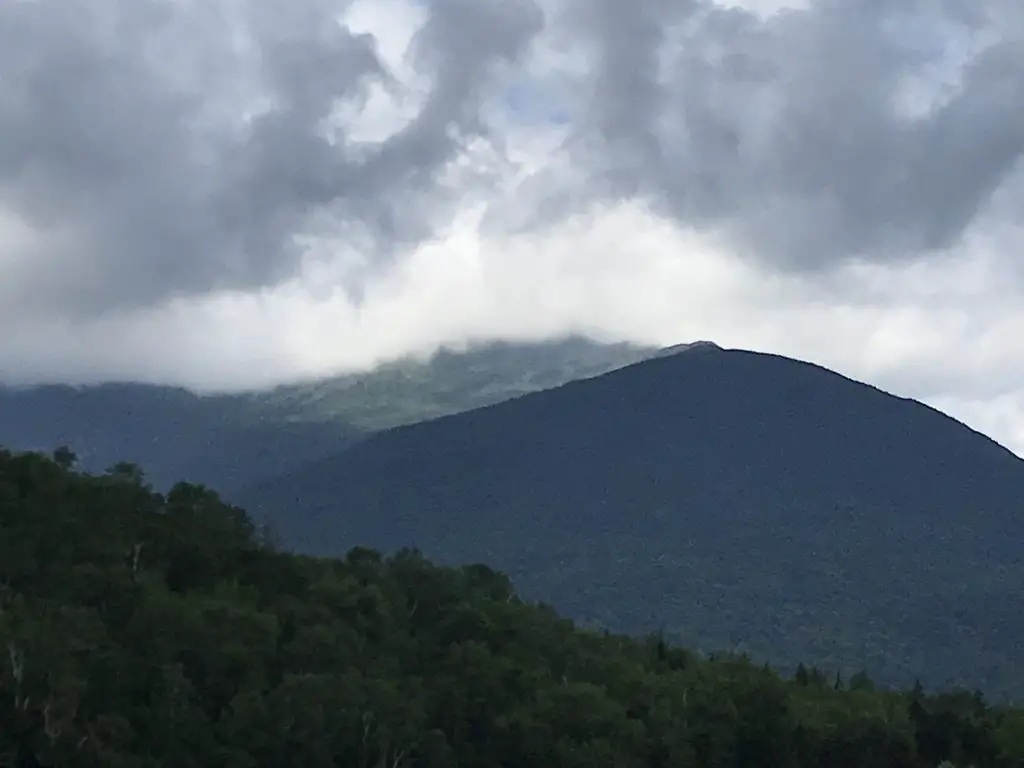
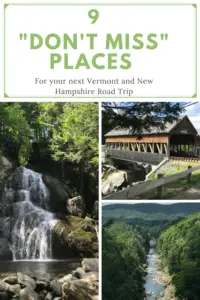
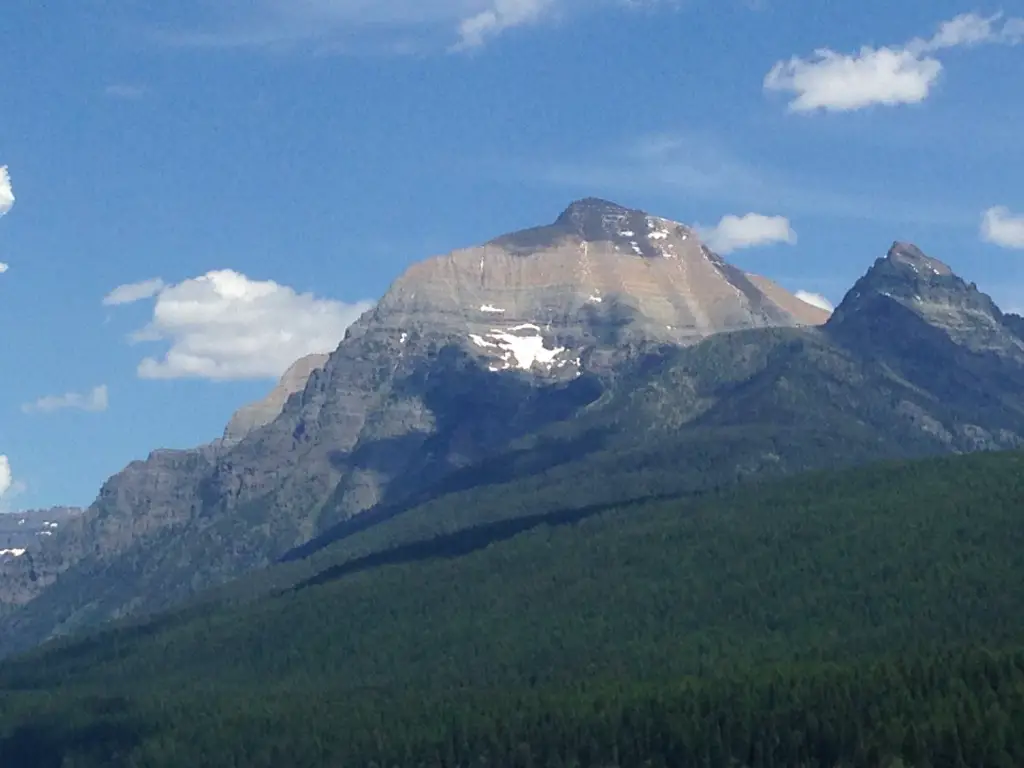
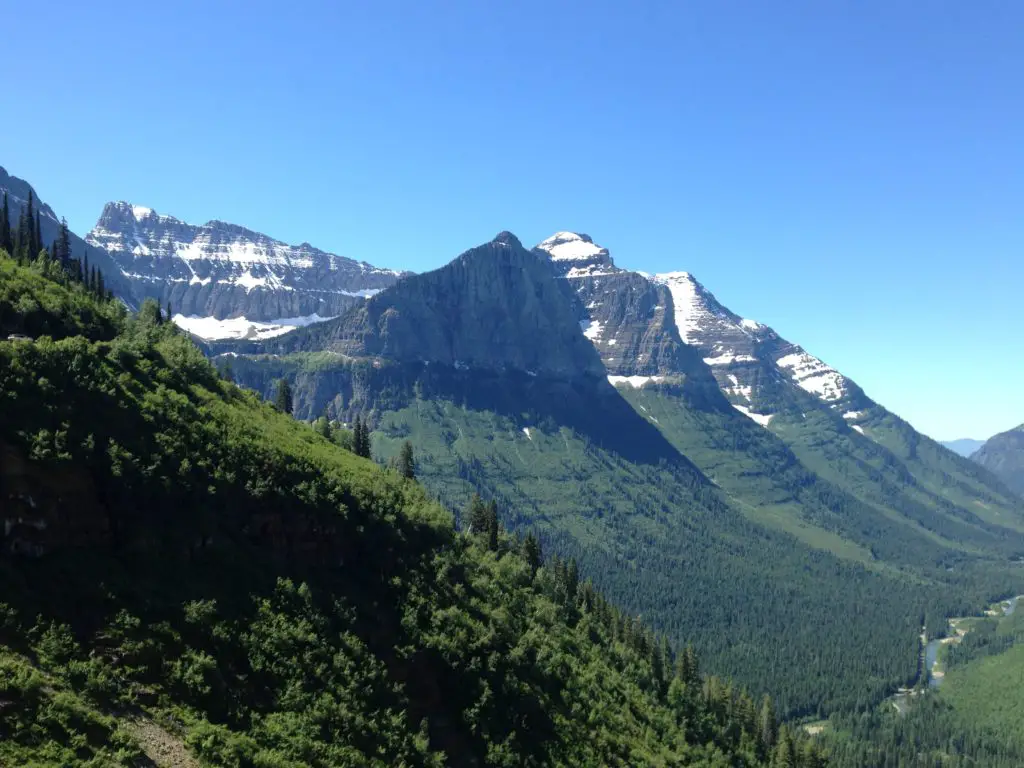
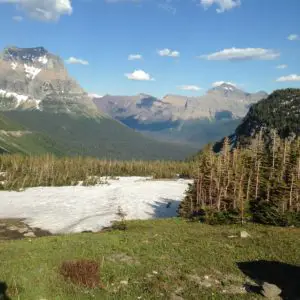
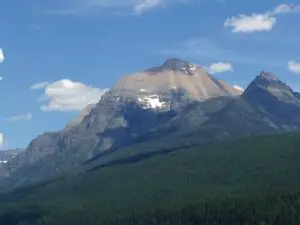 While not as crowded as other parks we’ve been to, there were still plenty of visitors milling about. Be sure to be watchful for people (and wildlife) that may appear before you around a sharp turn with little or no warning. There are also many road bikers who must be carefully passed in addition to negotiating the sharp curves.
While not as crowded as other parks we’ve been to, there were still plenty of visitors milling about. Be sure to be watchful for people (and wildlife) that may appear before you around a sharp turn with little or no warning. There are also many road bikers who must be carefully passed in addition to negotiating the sharp curves.